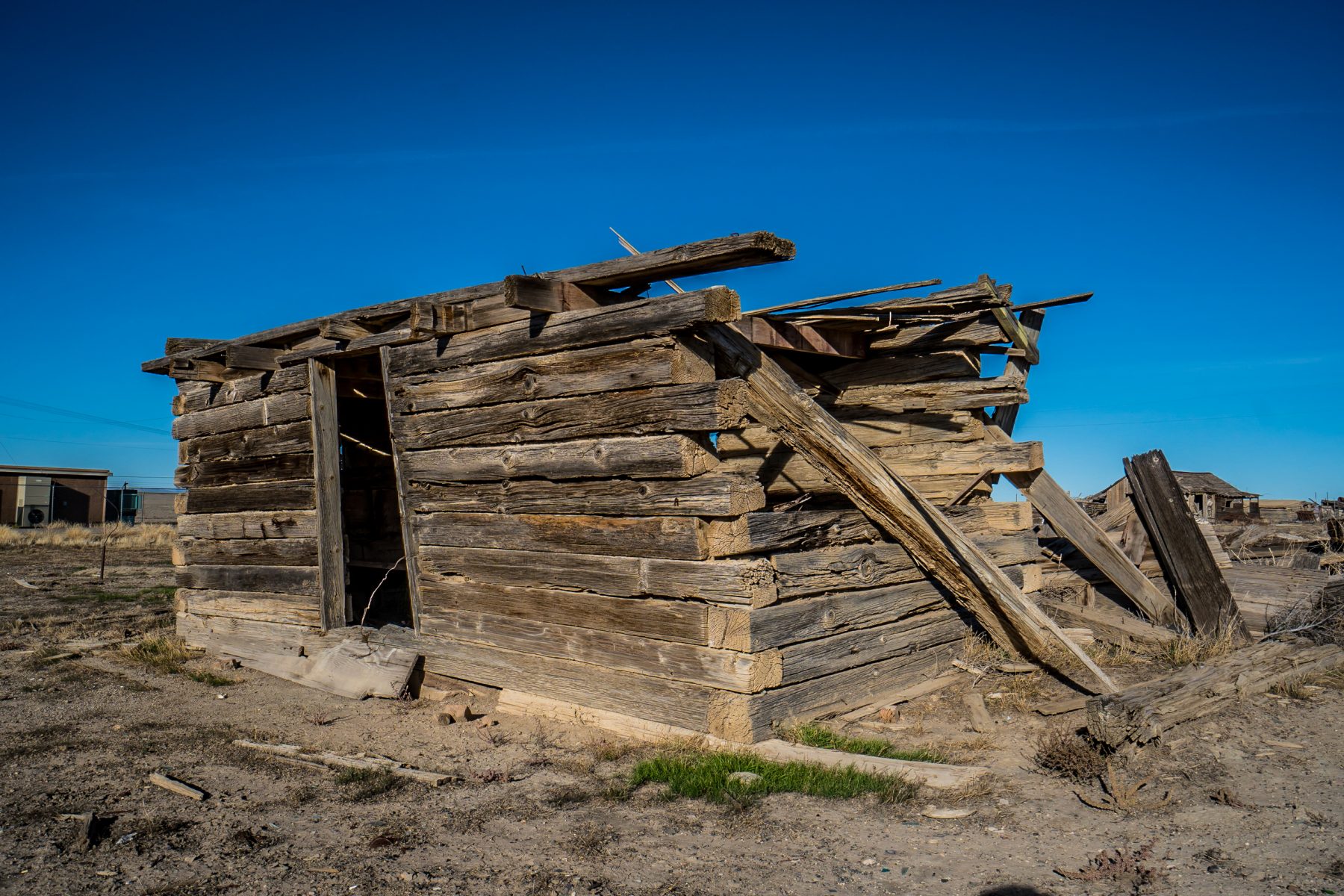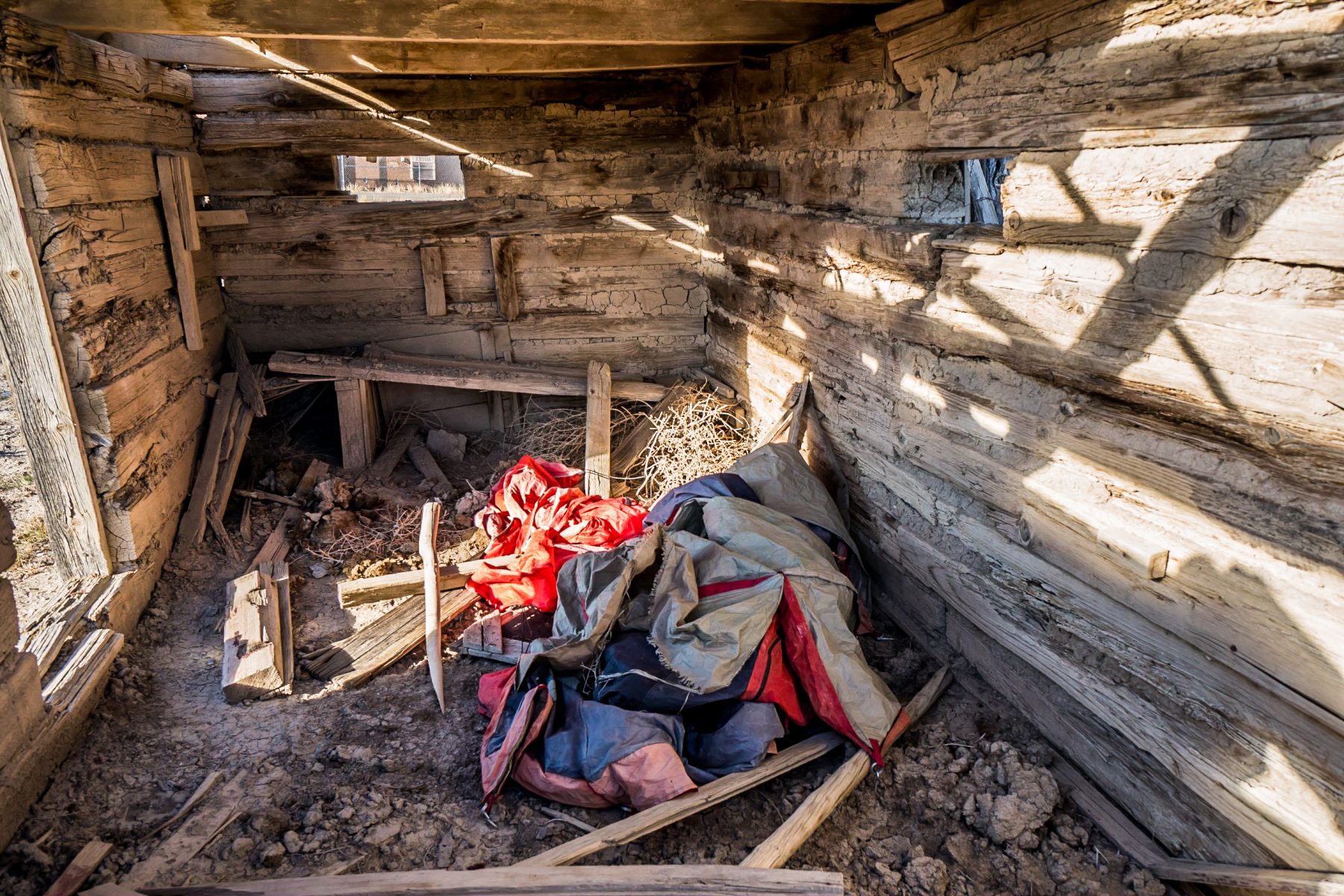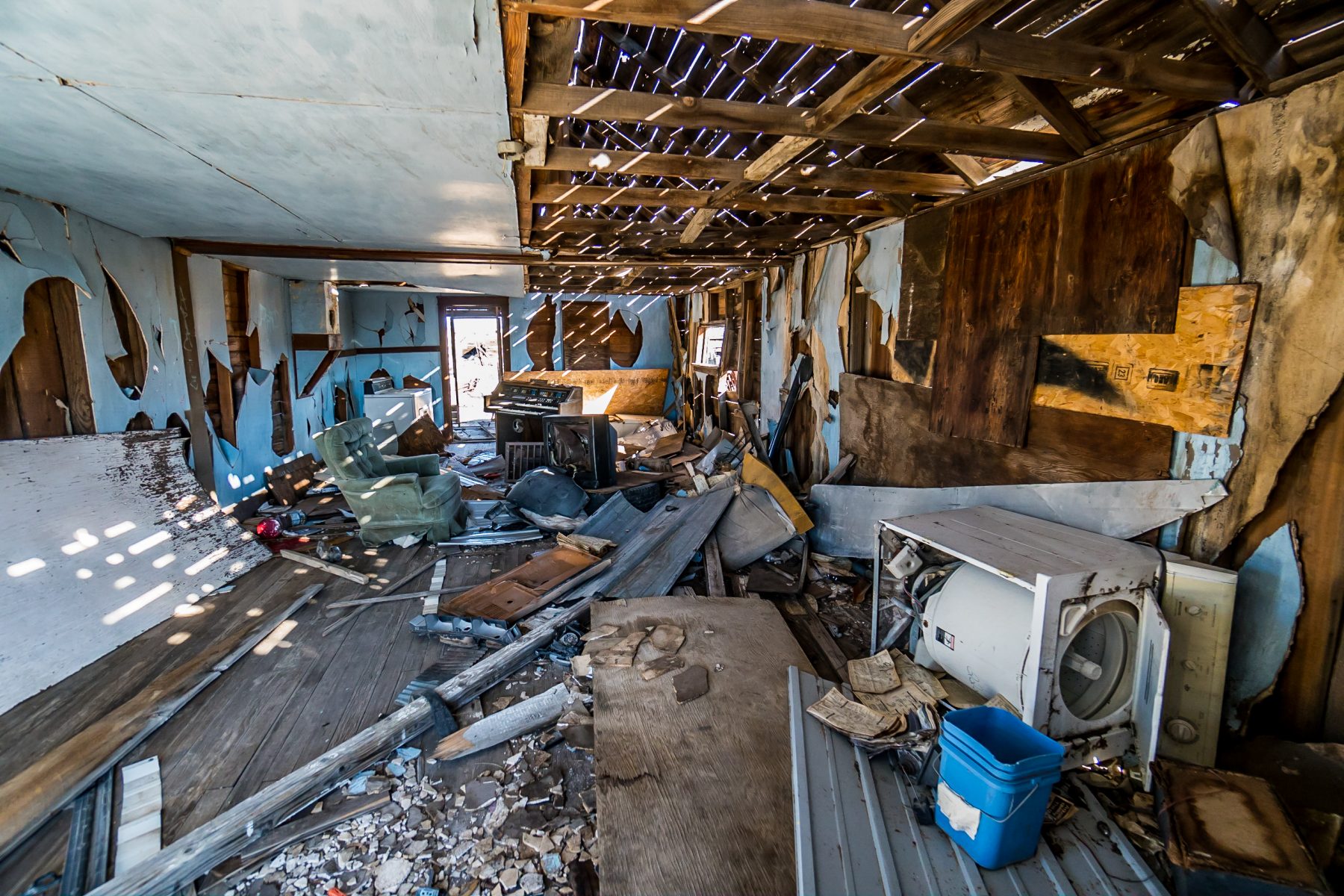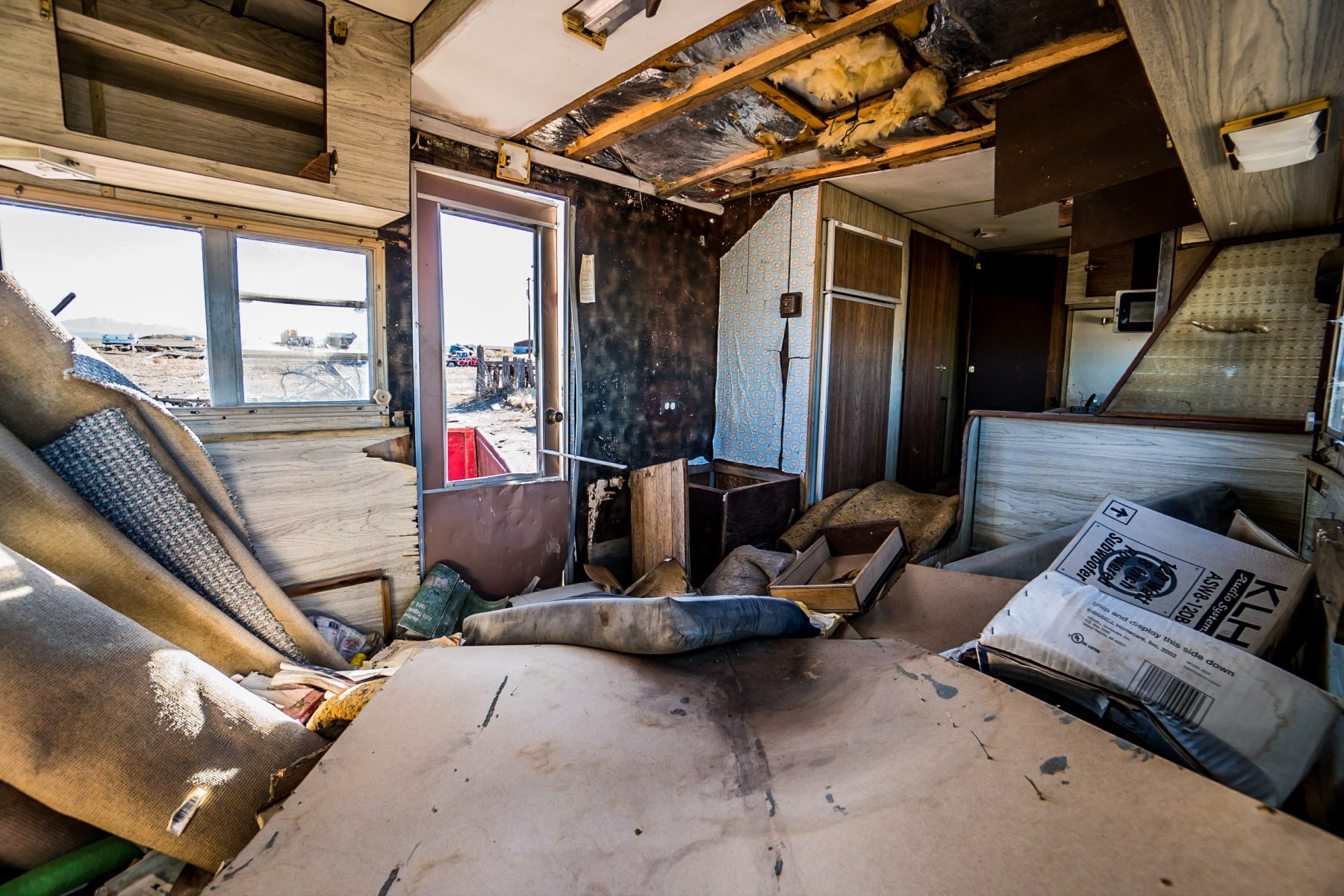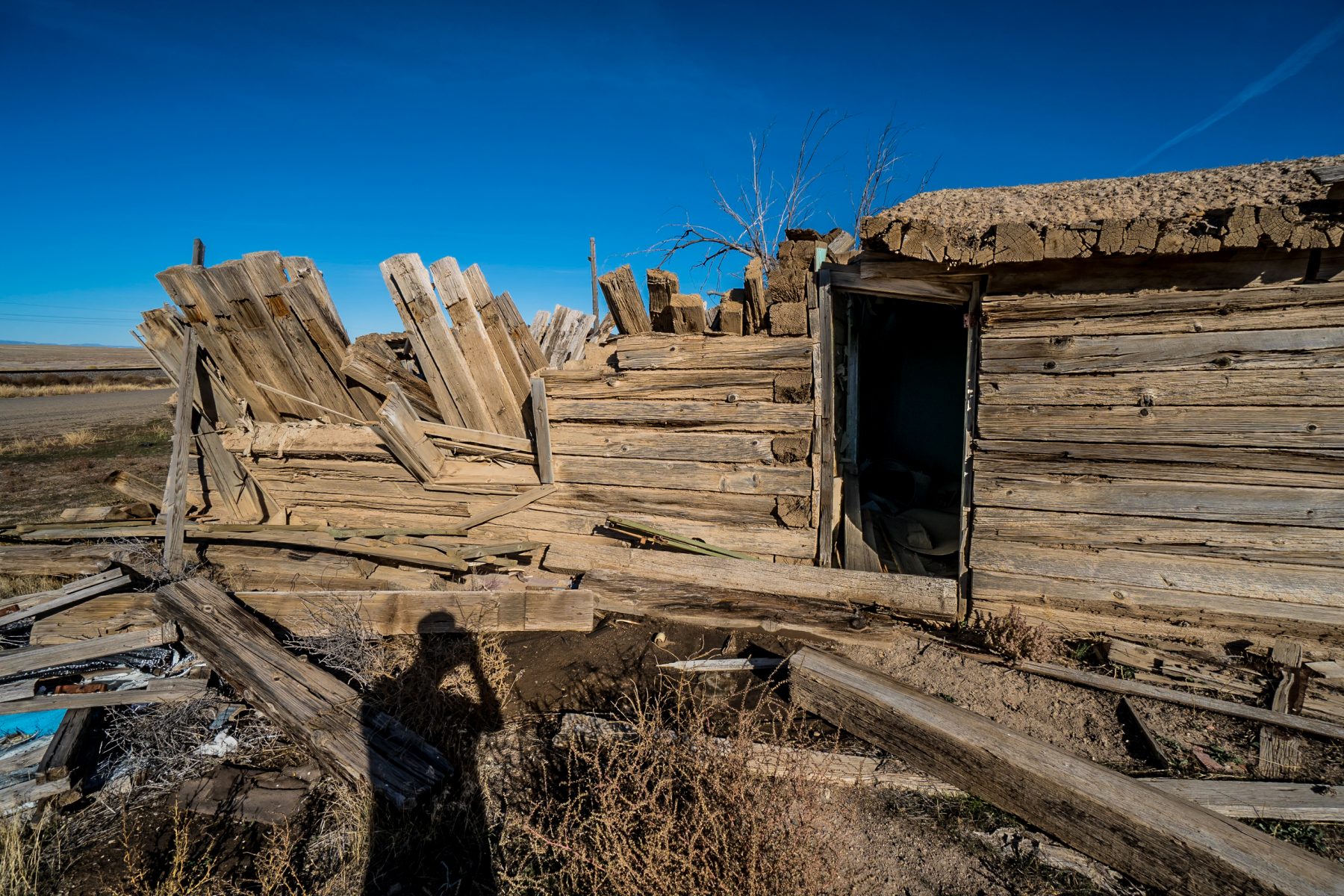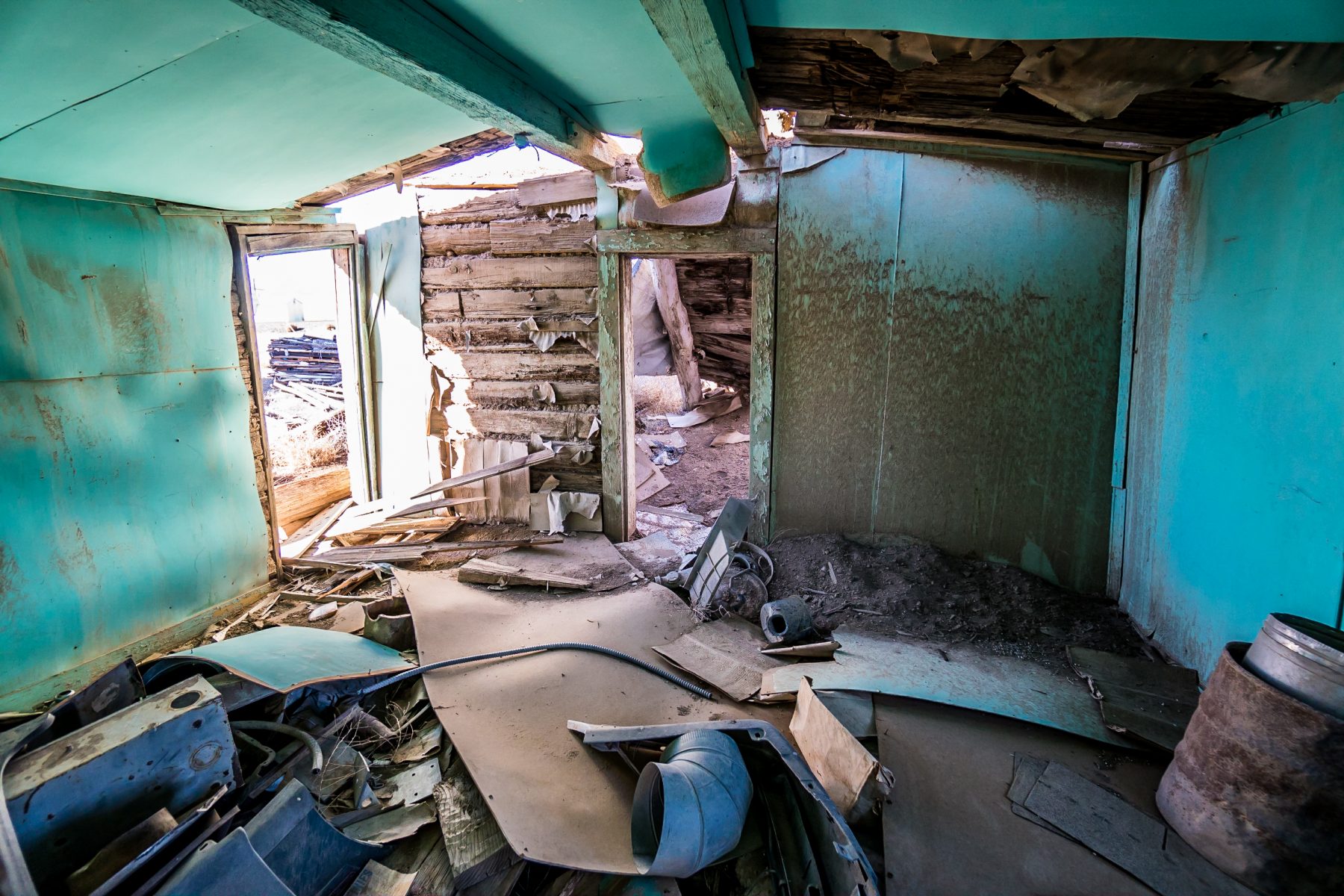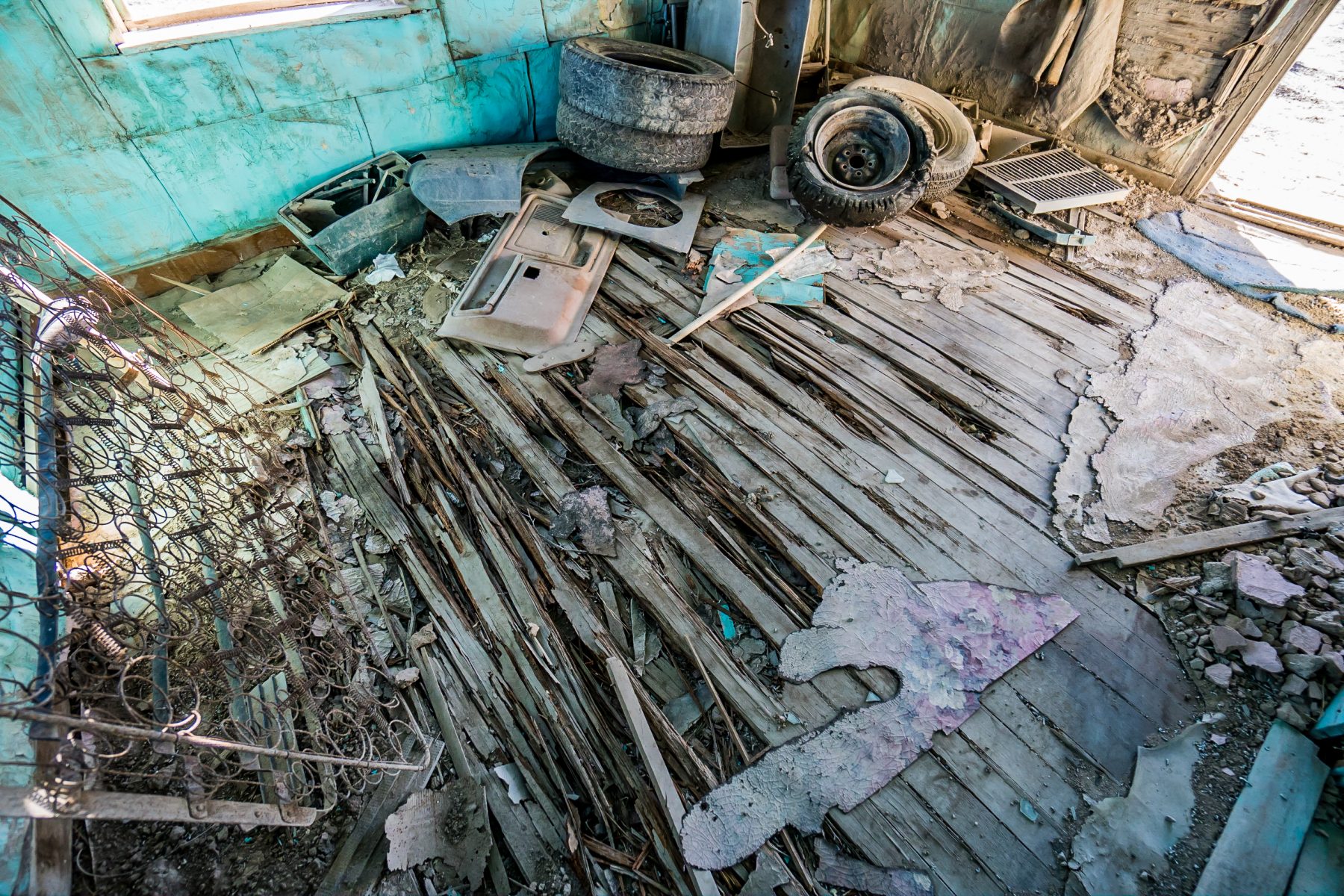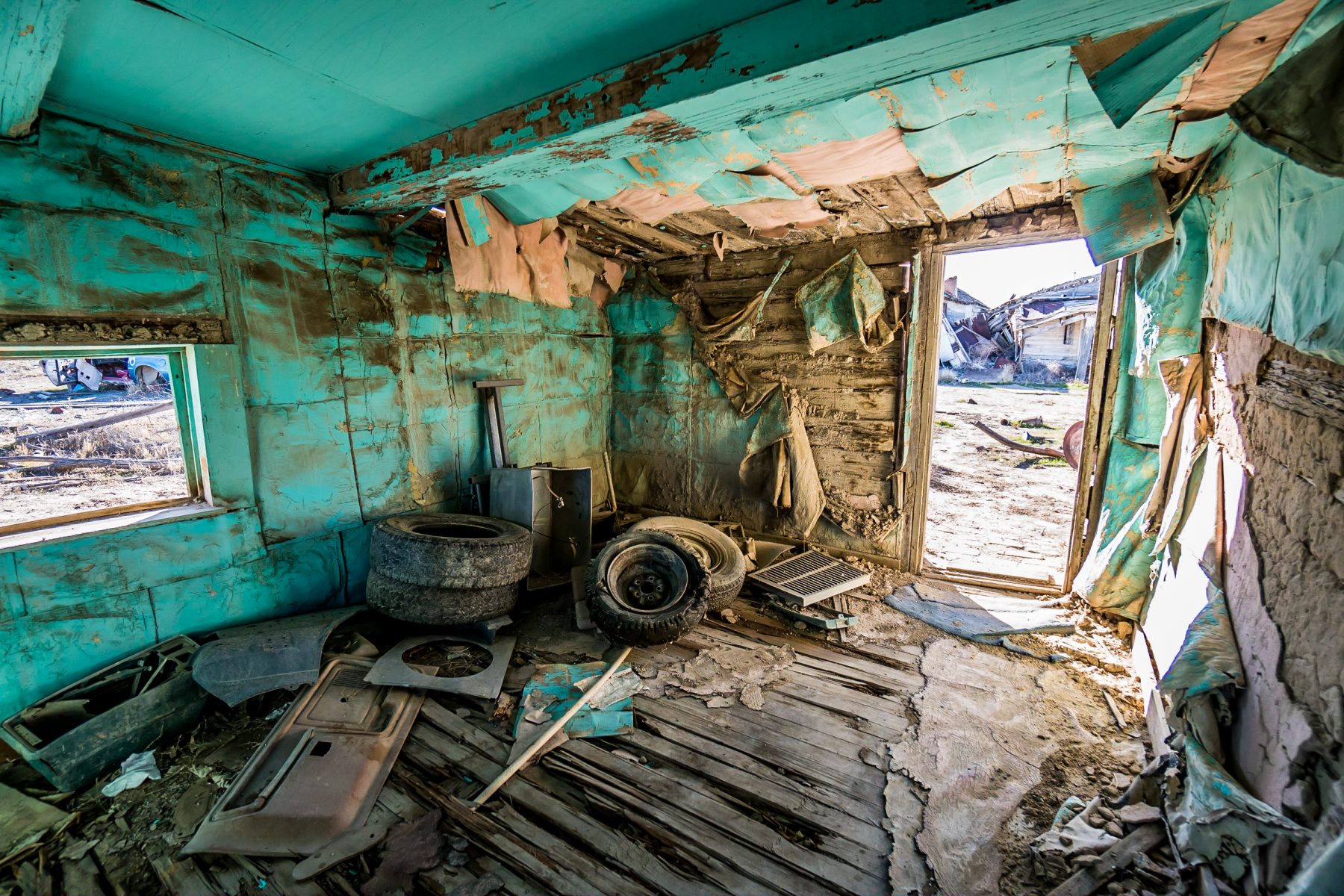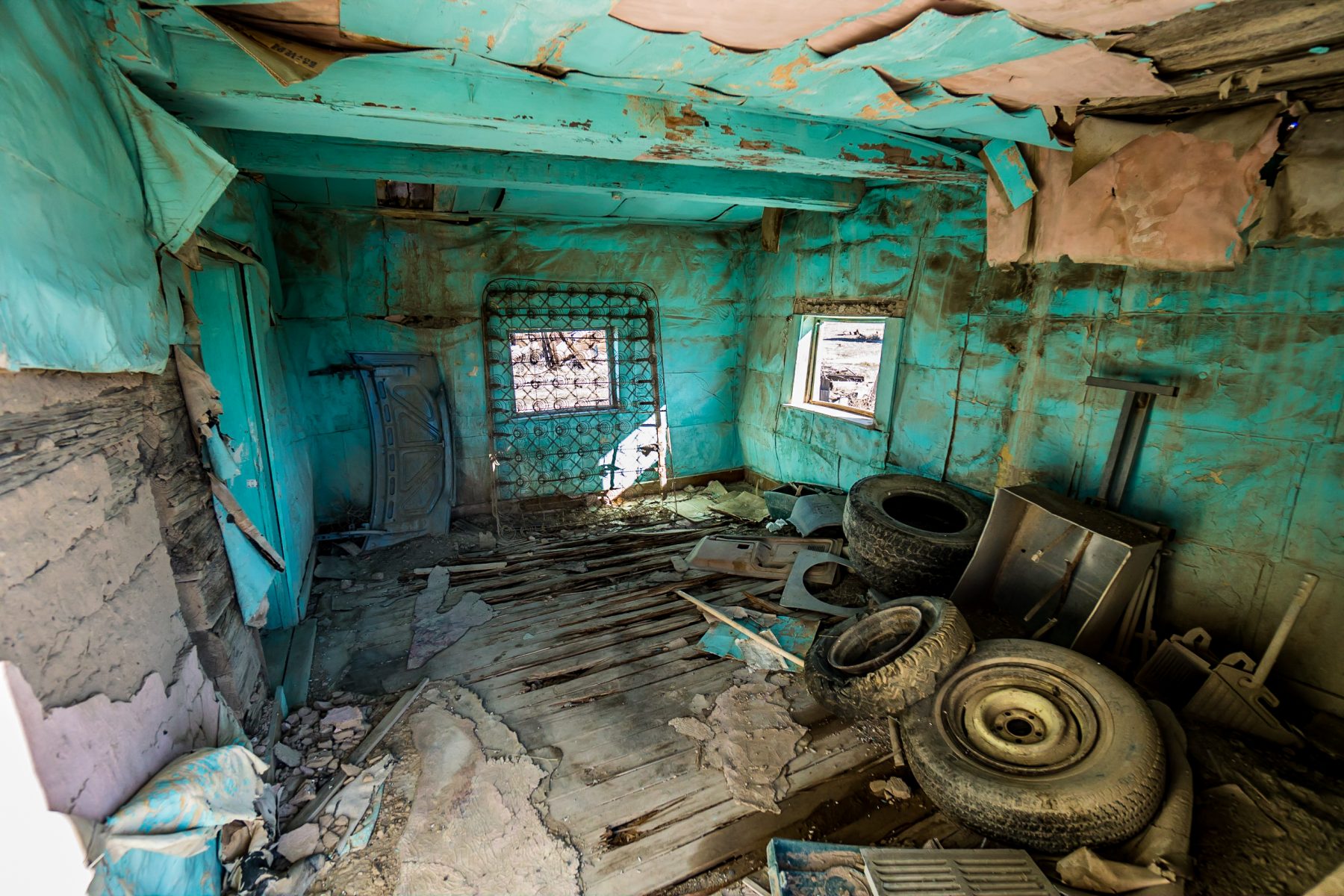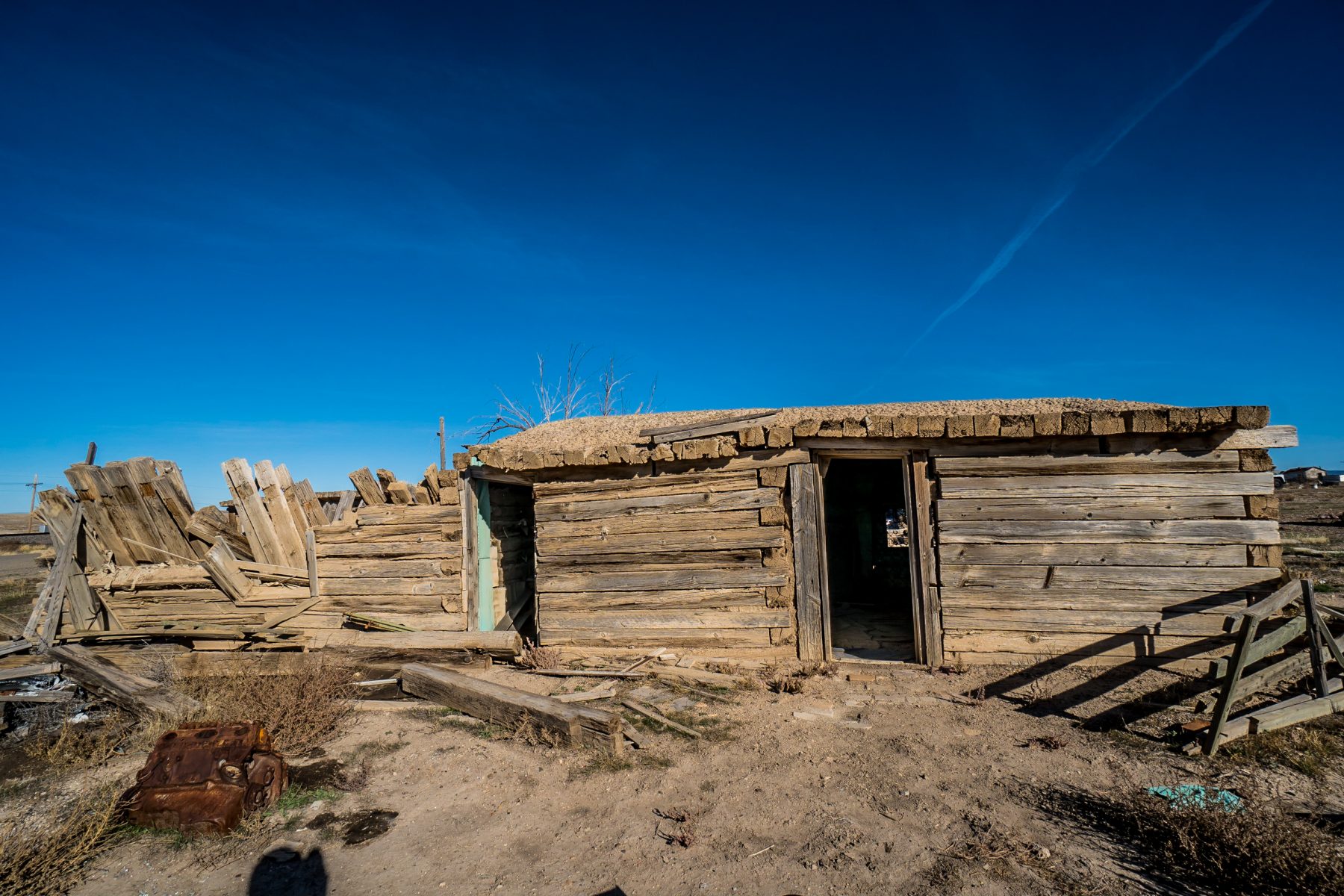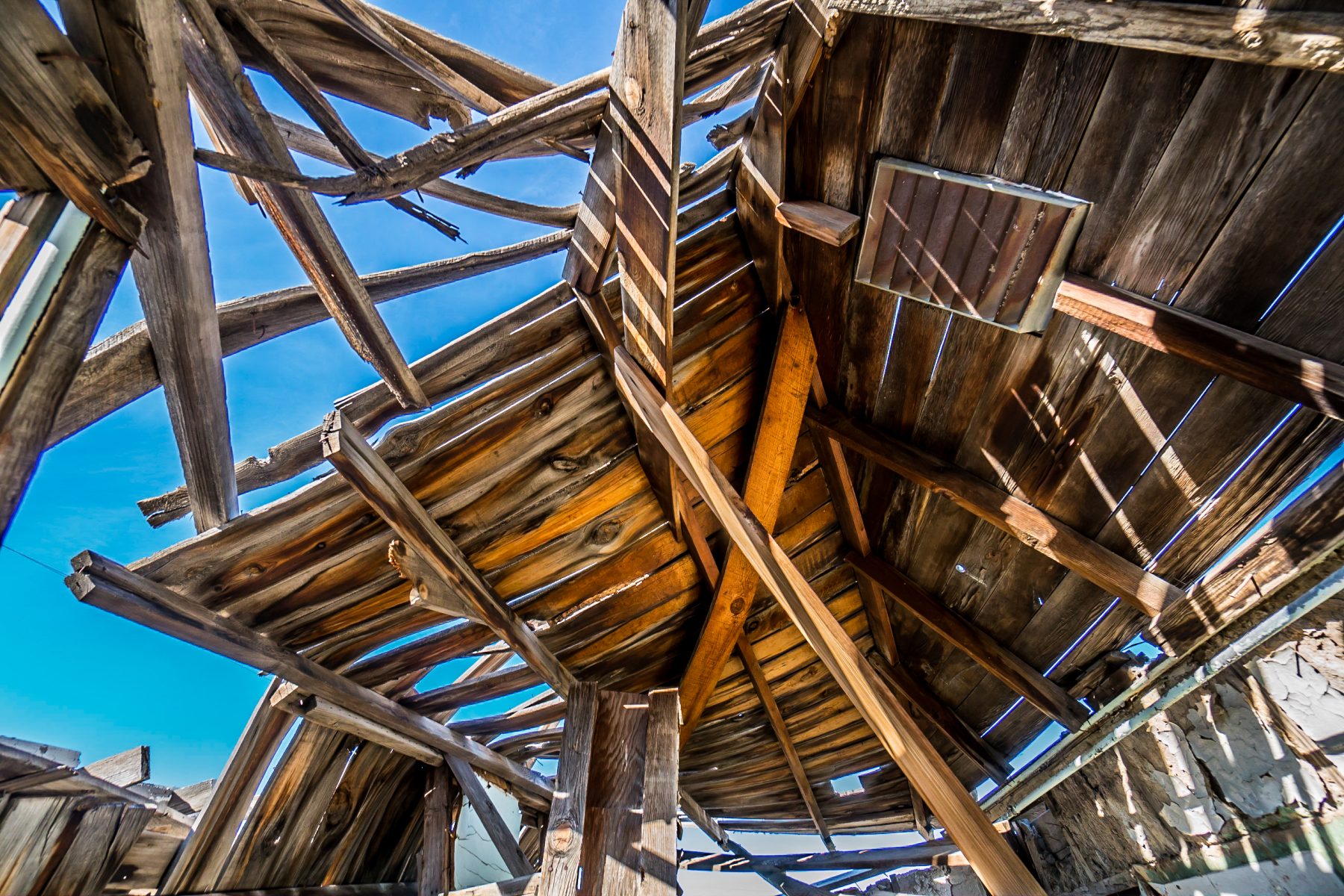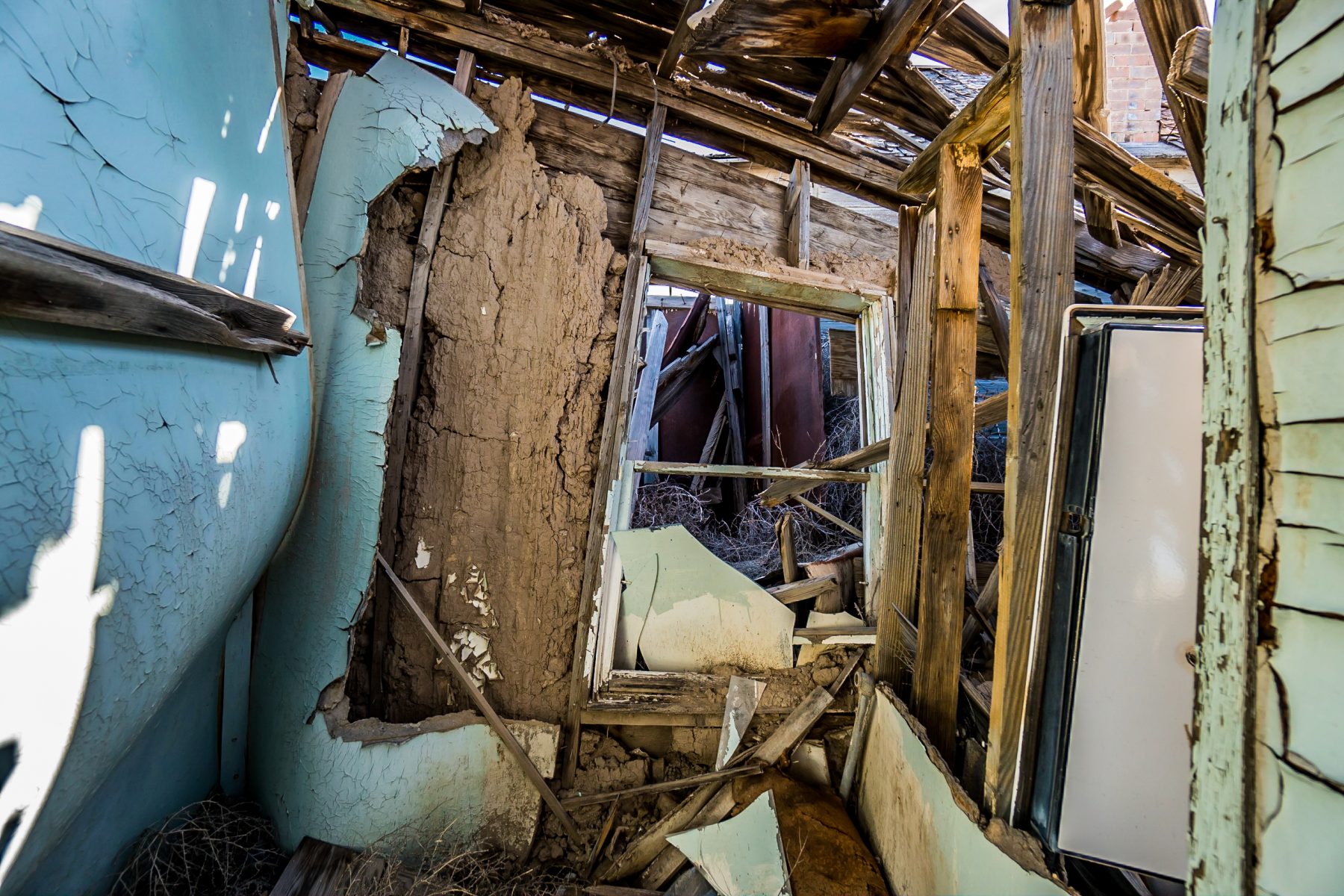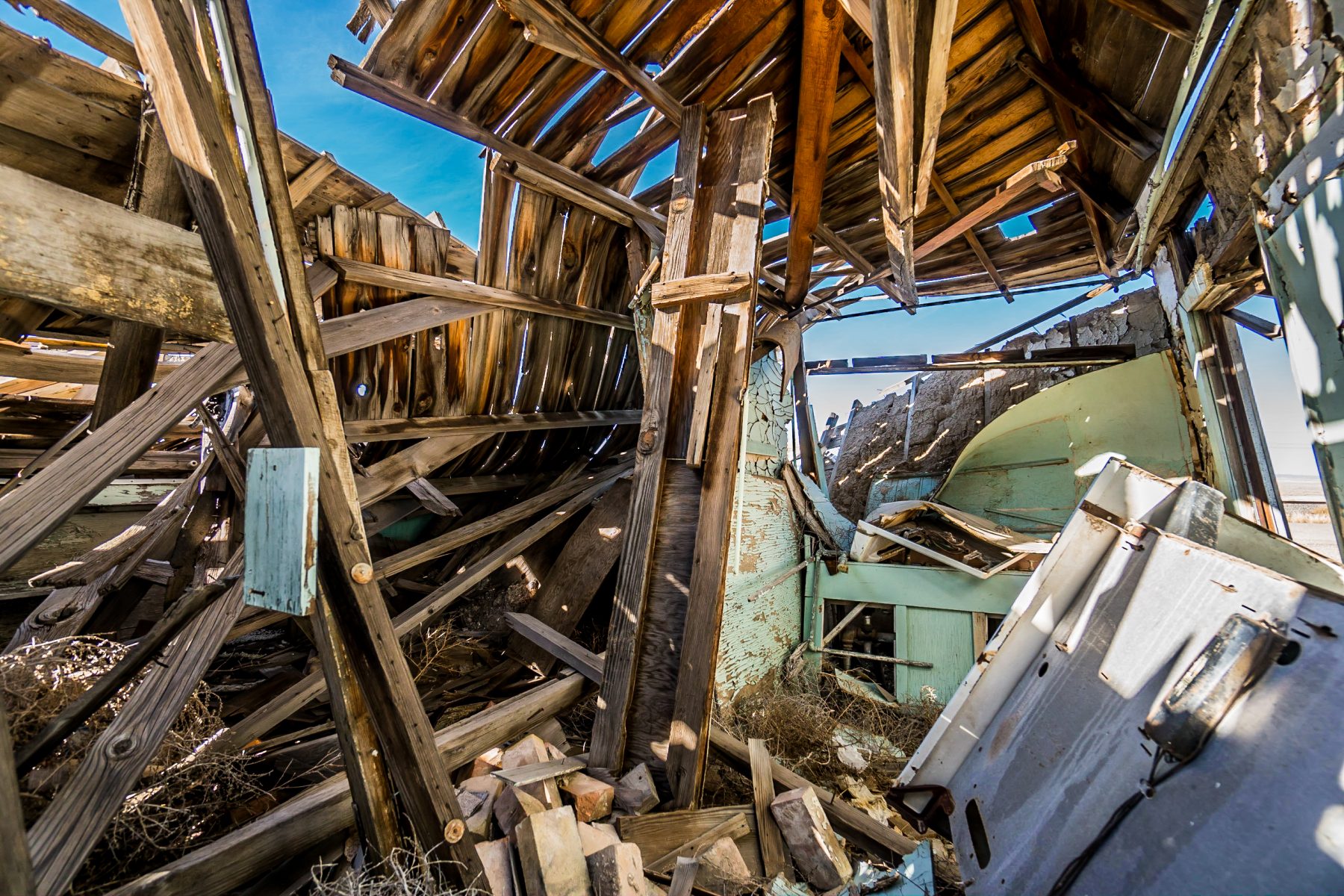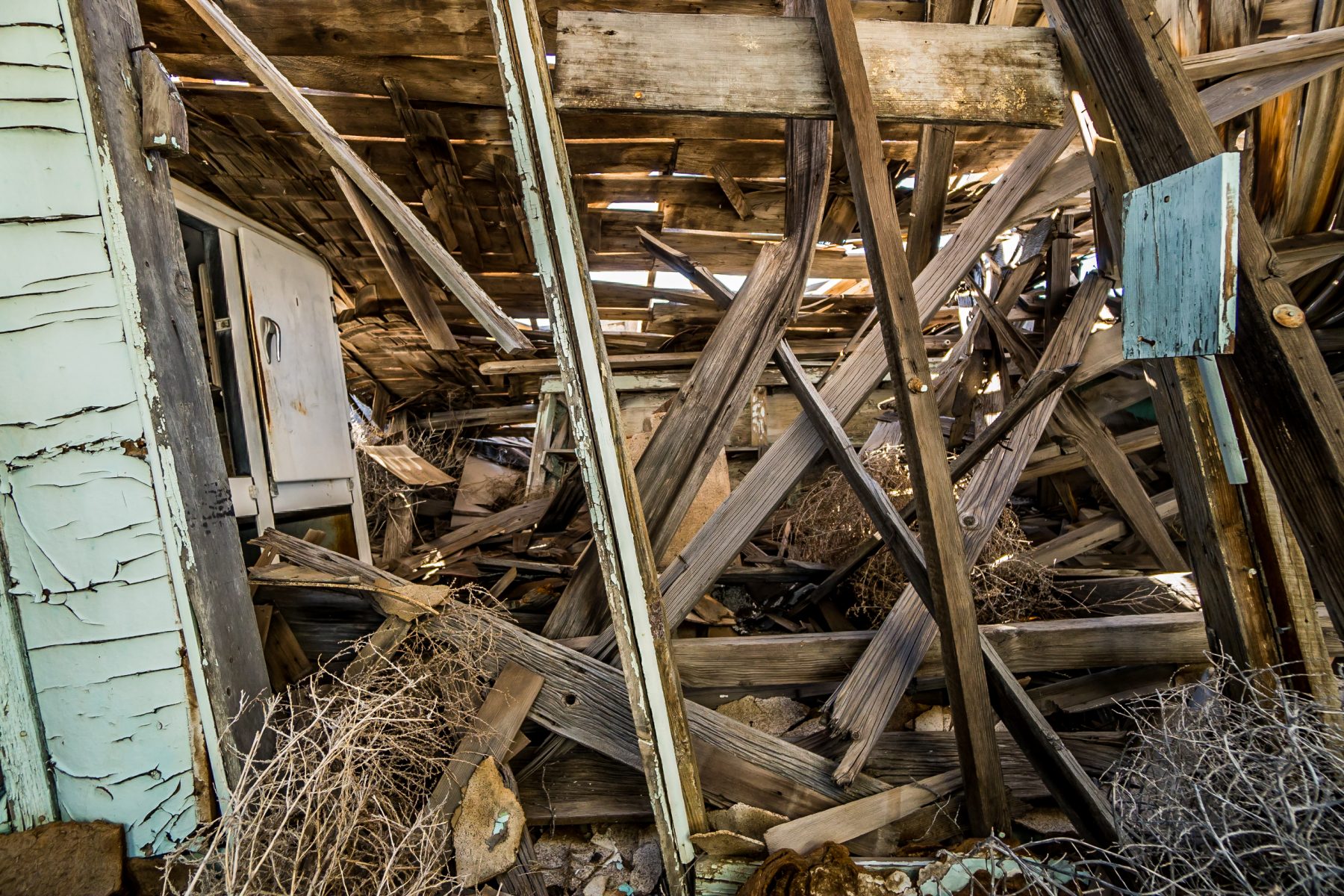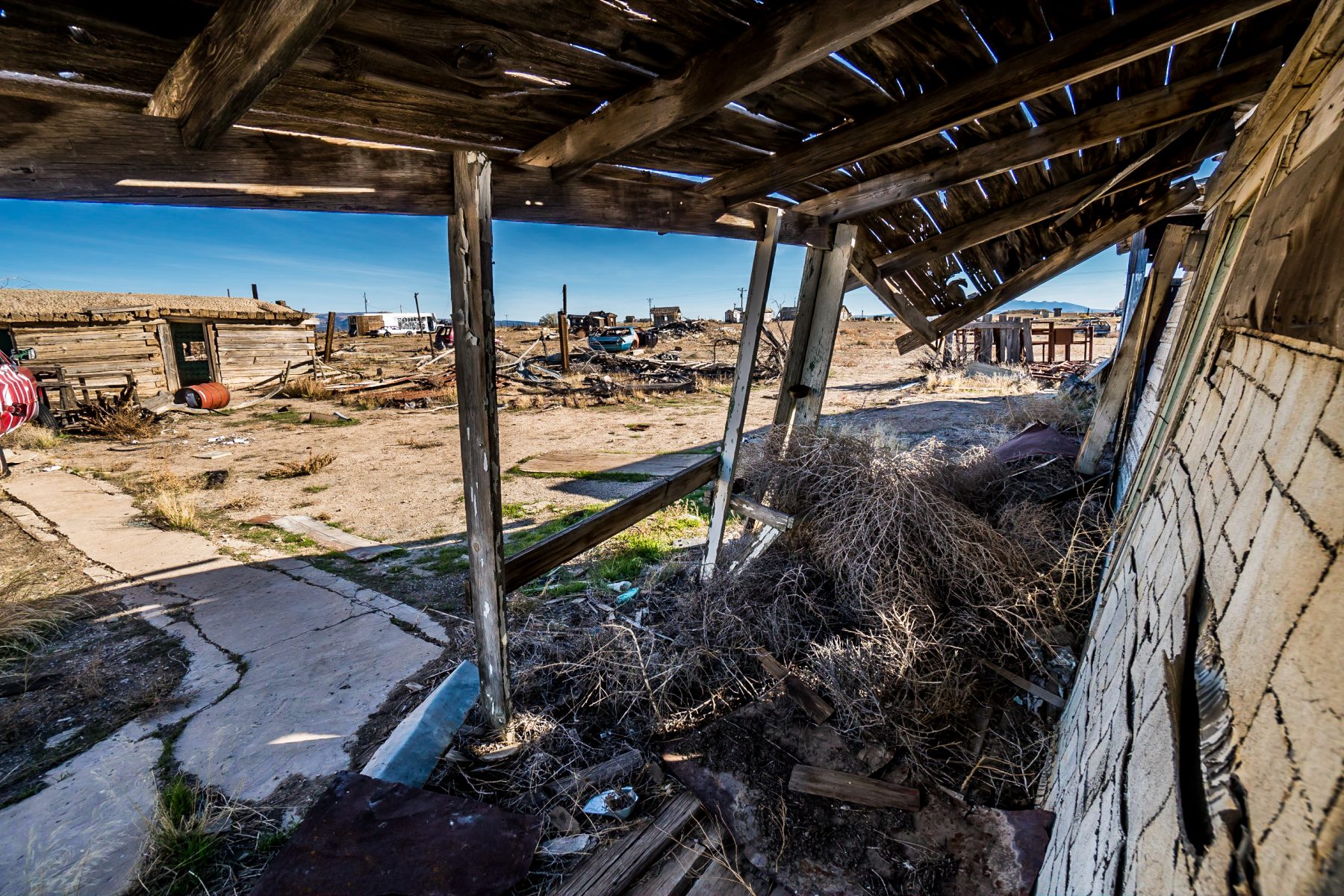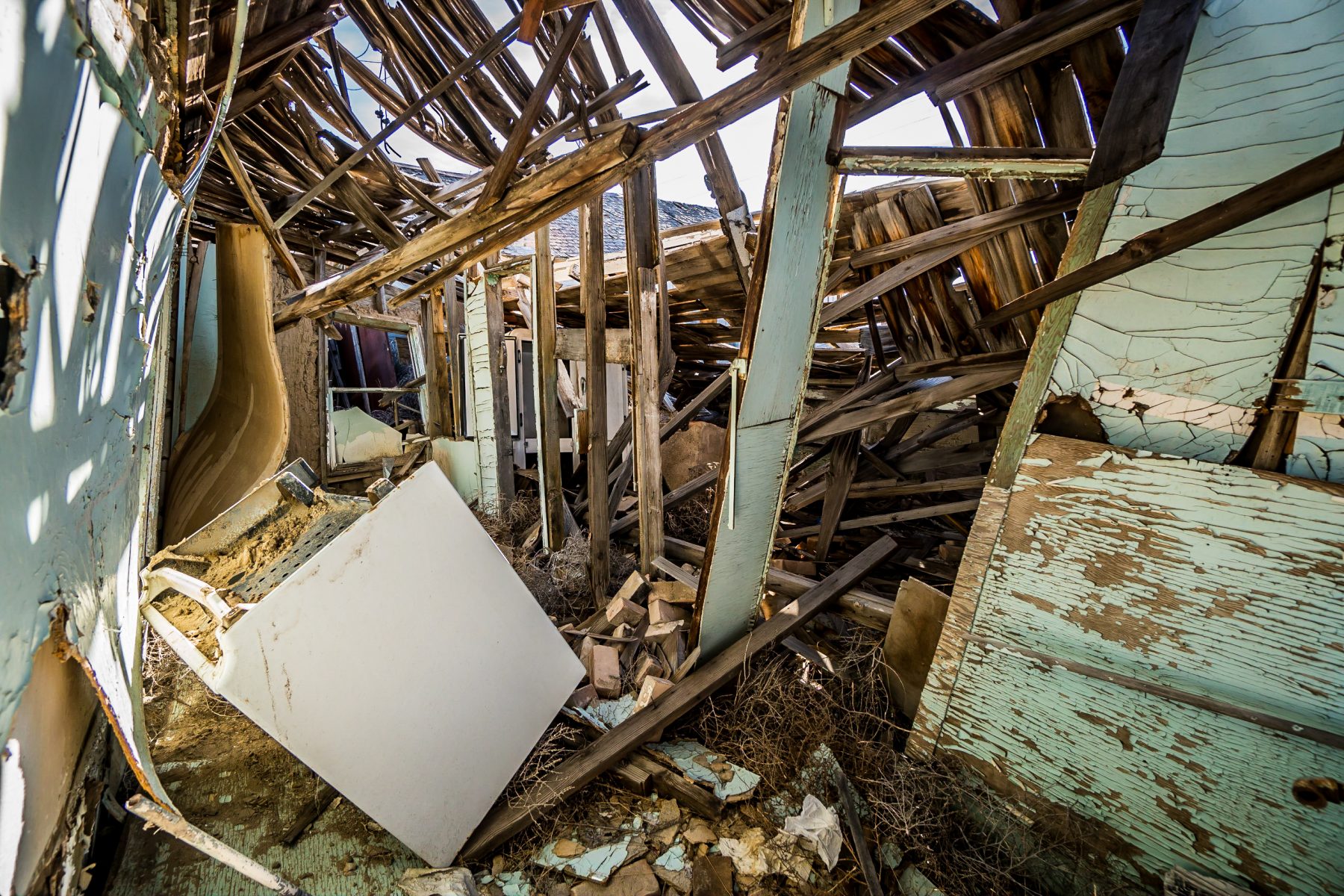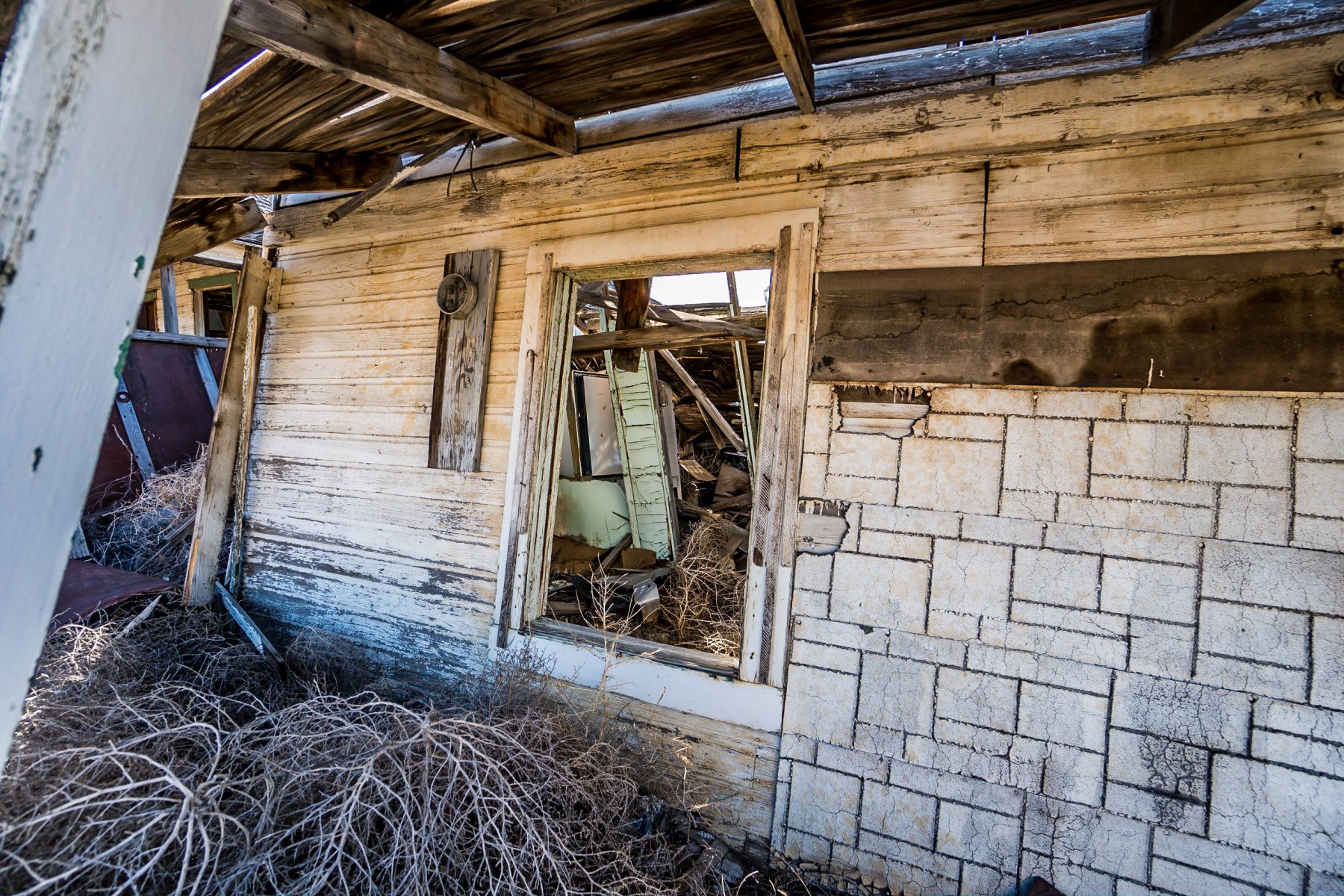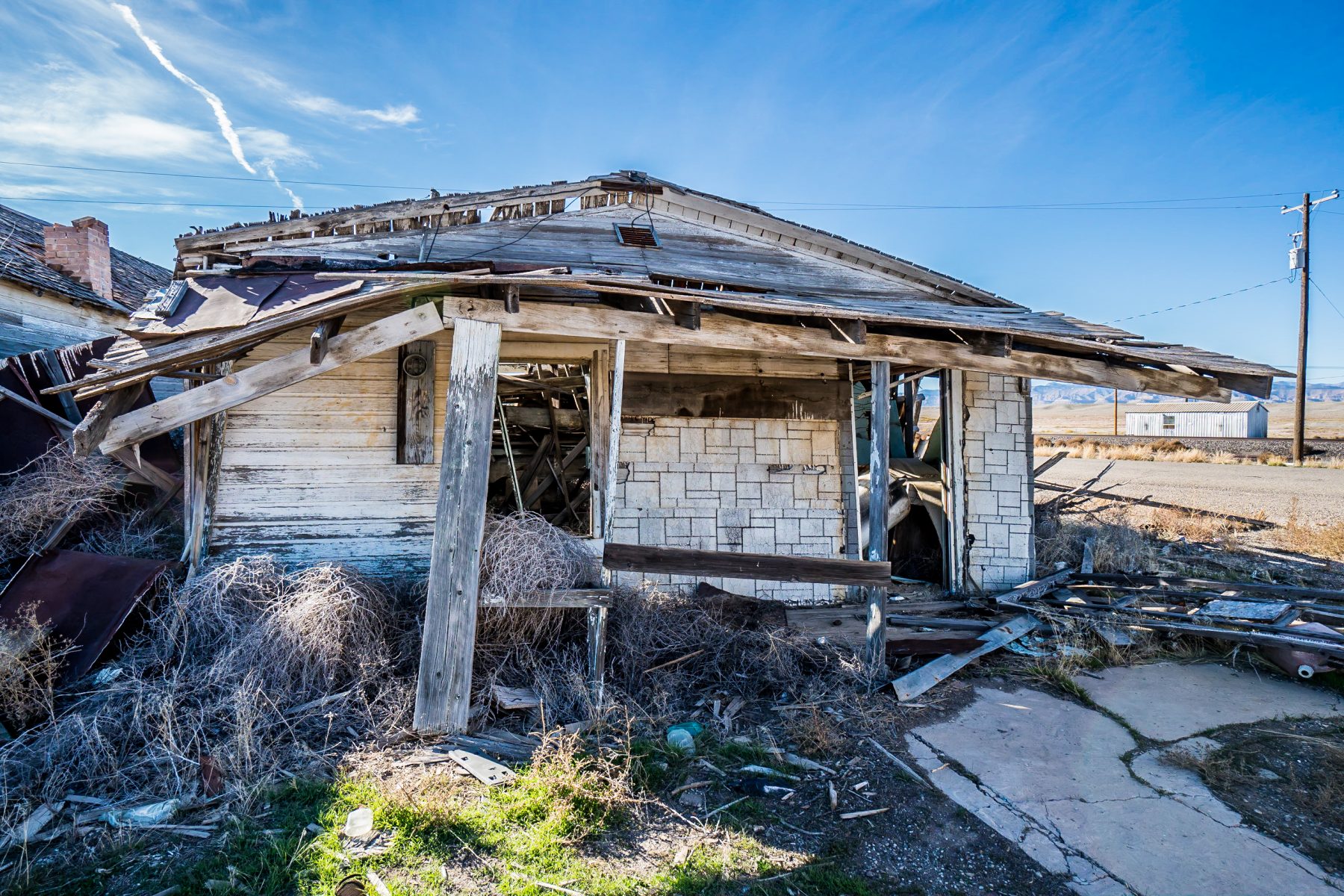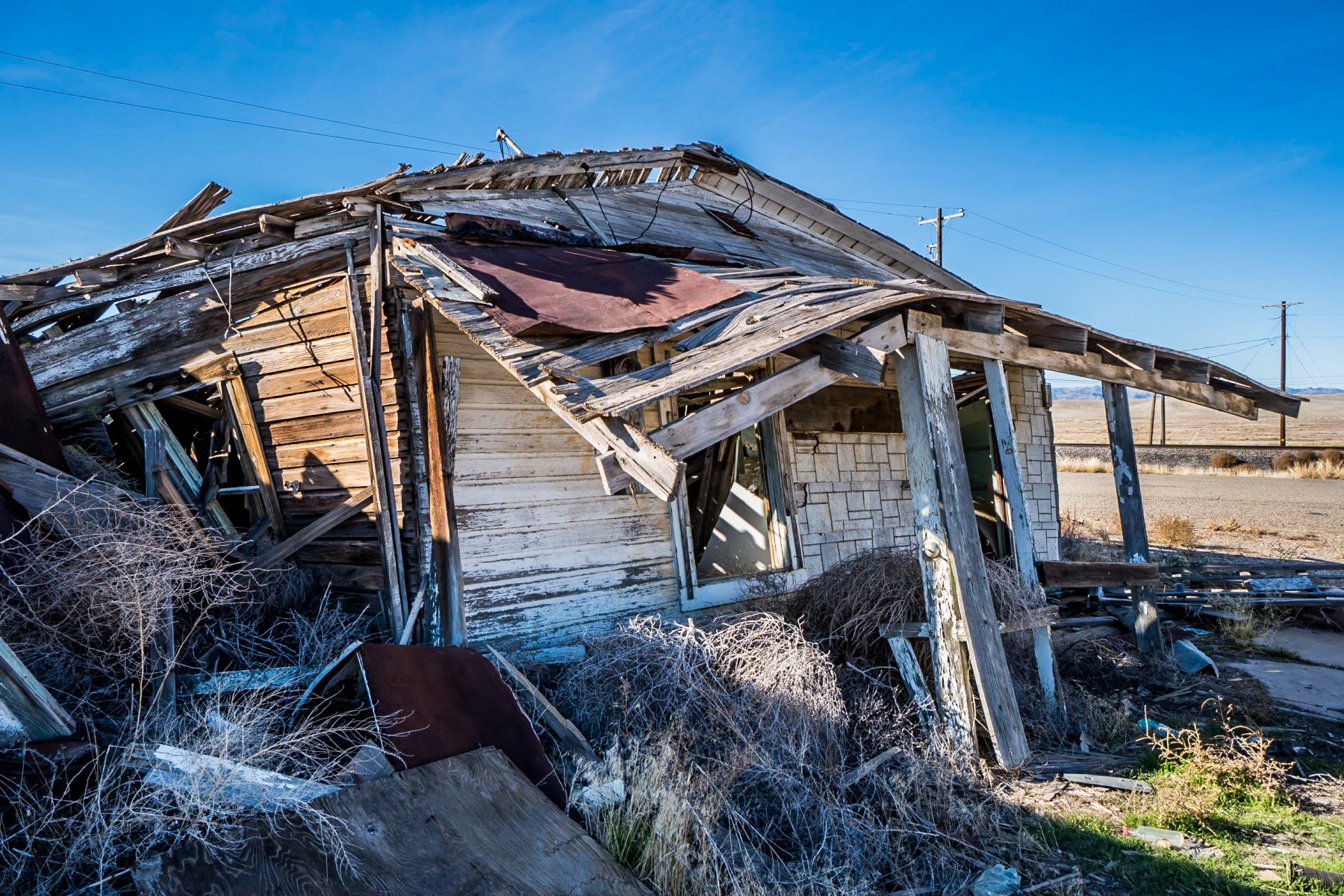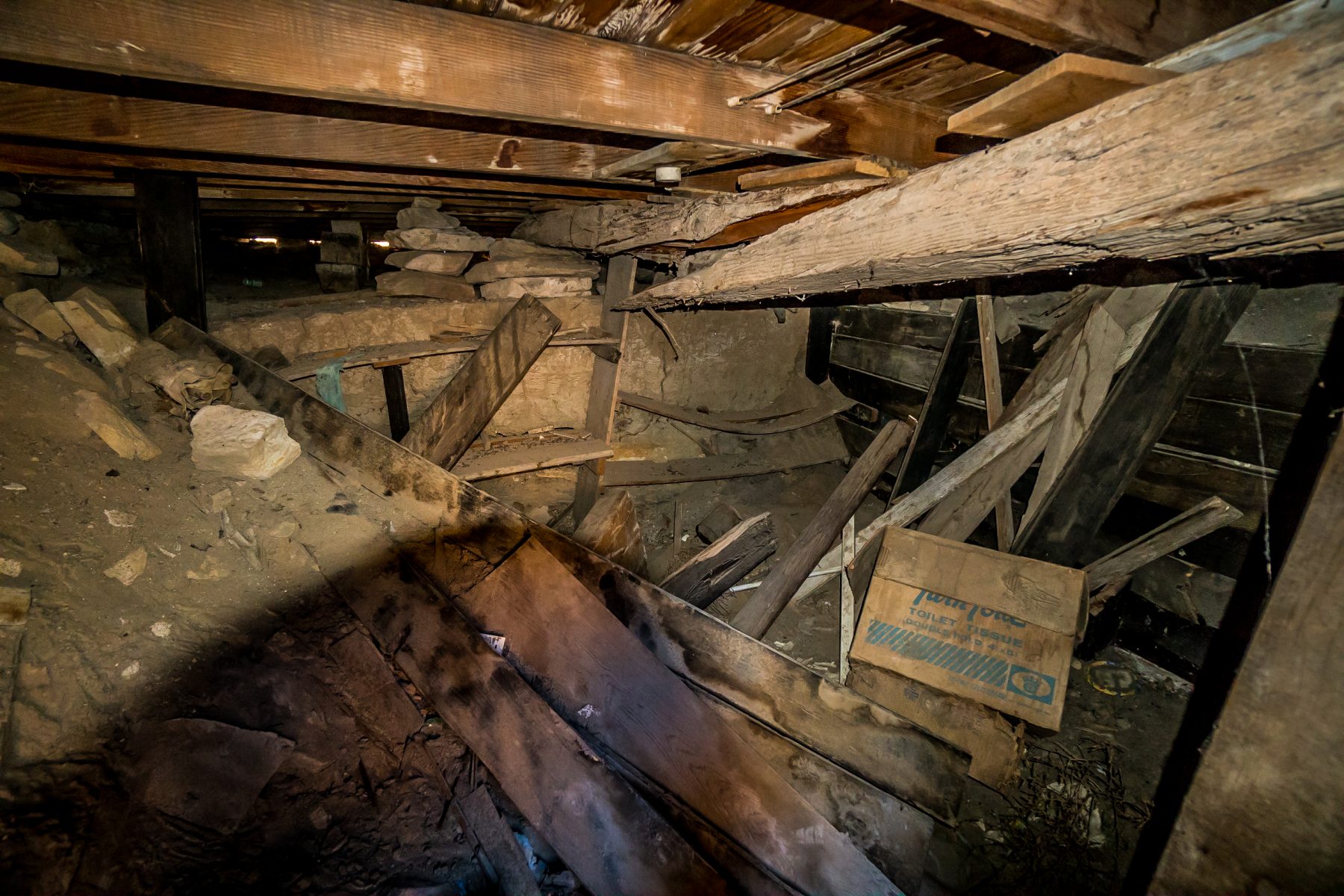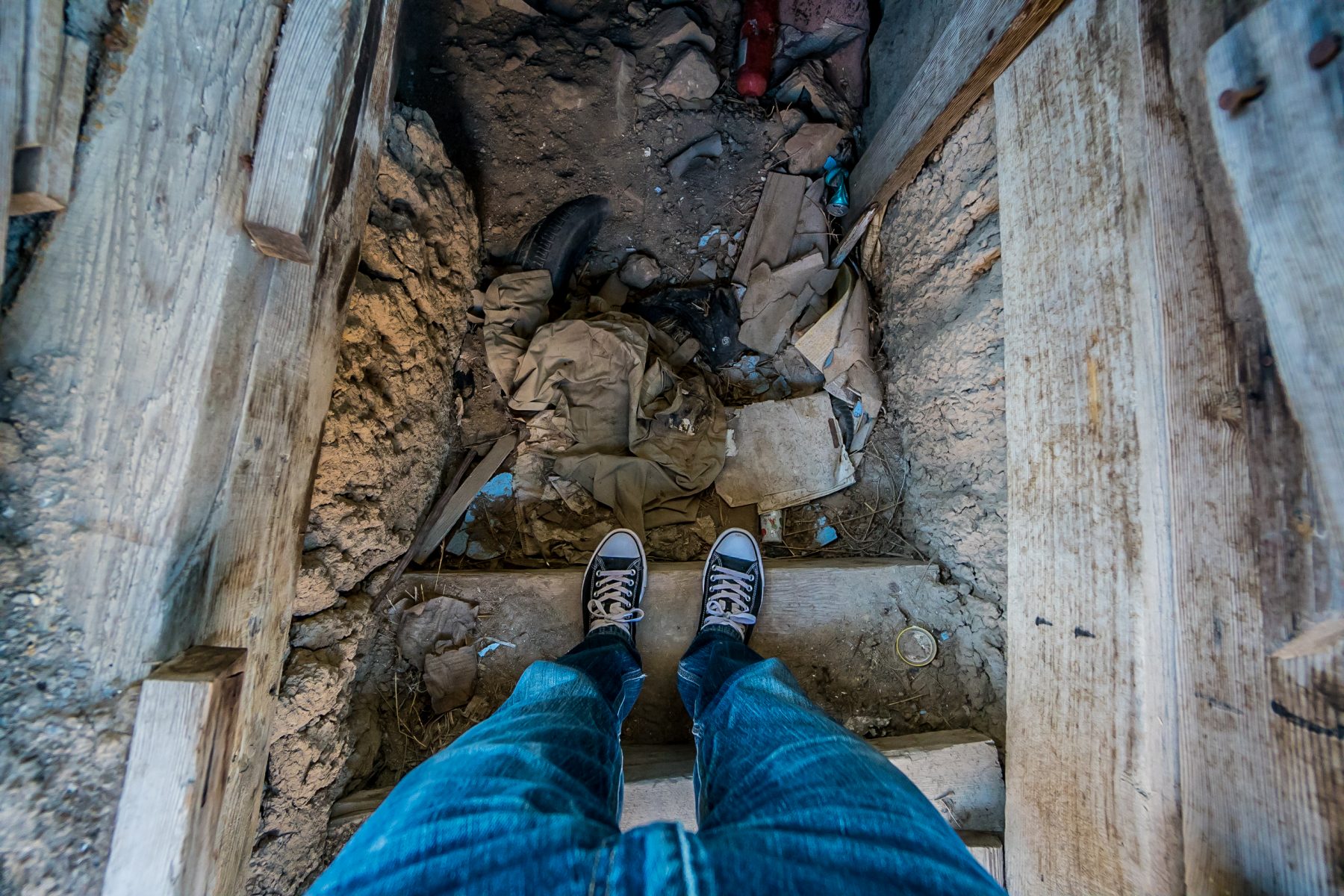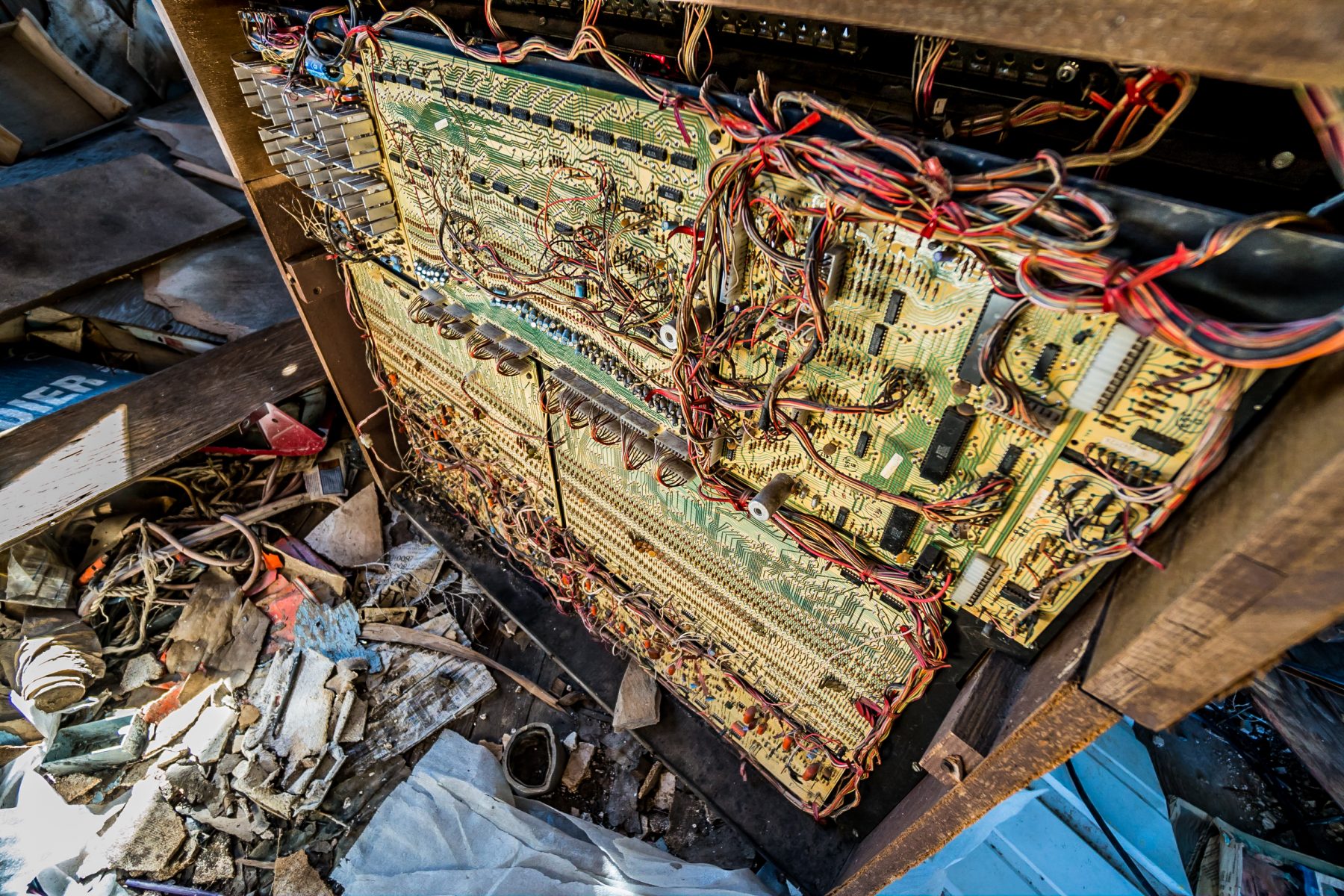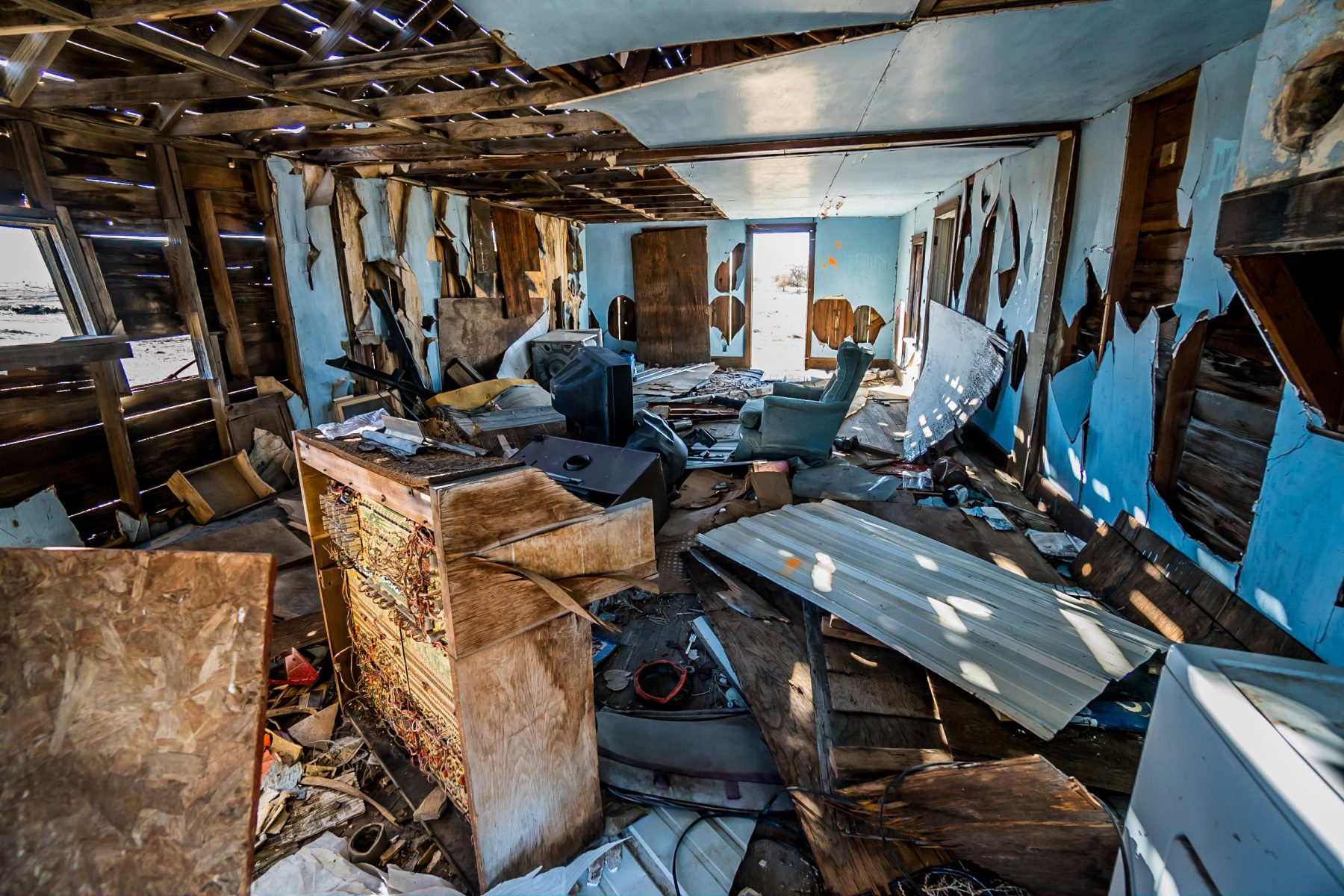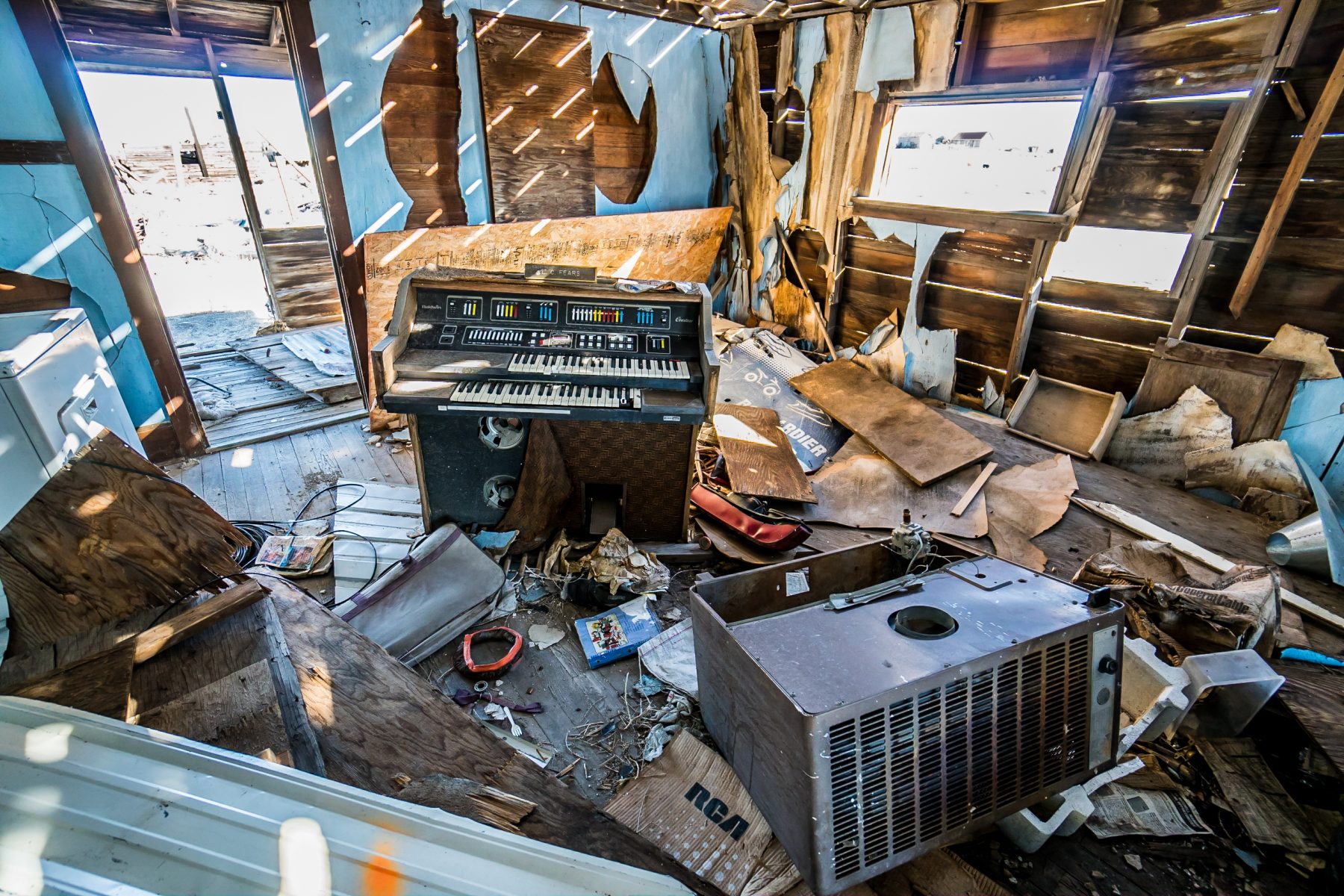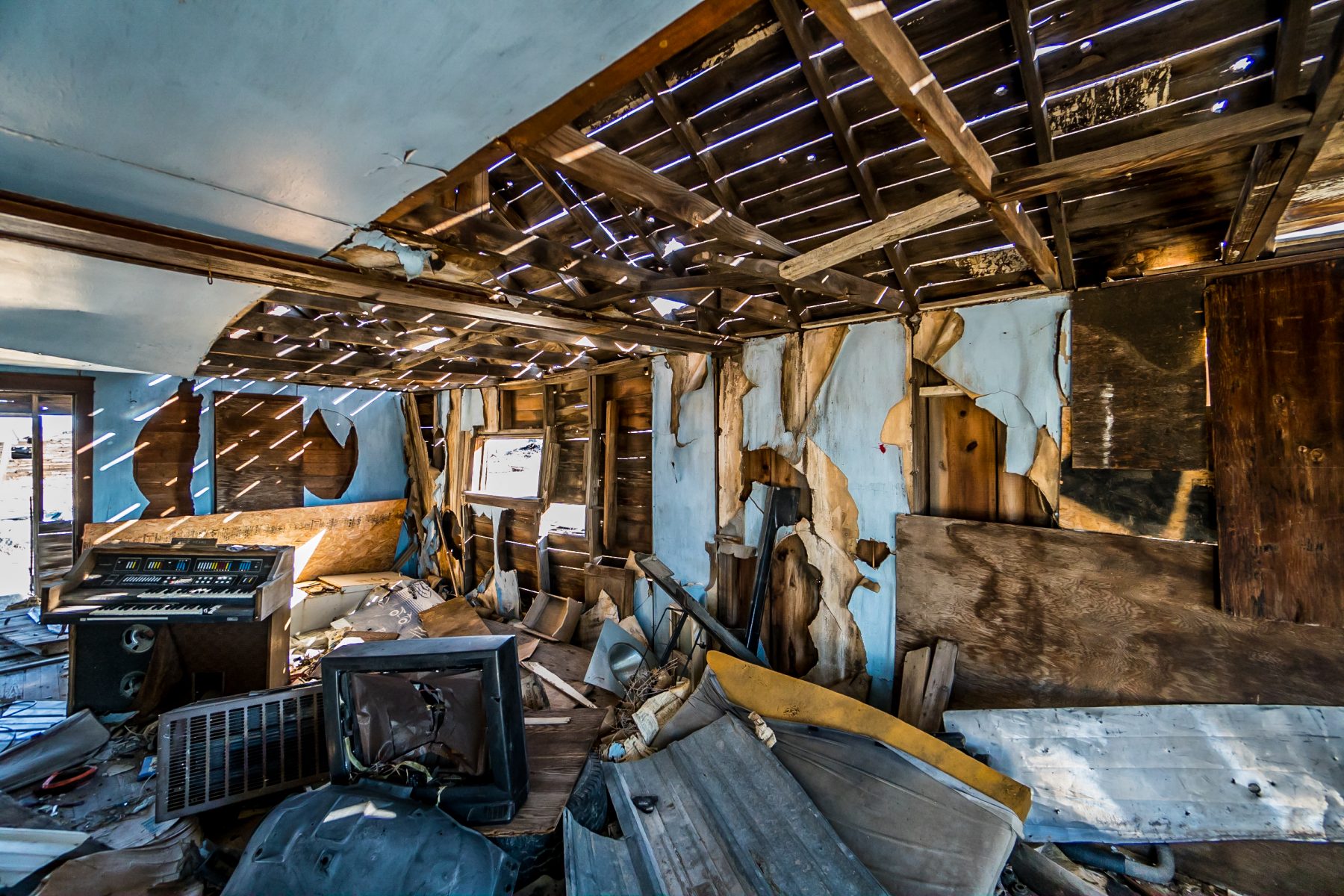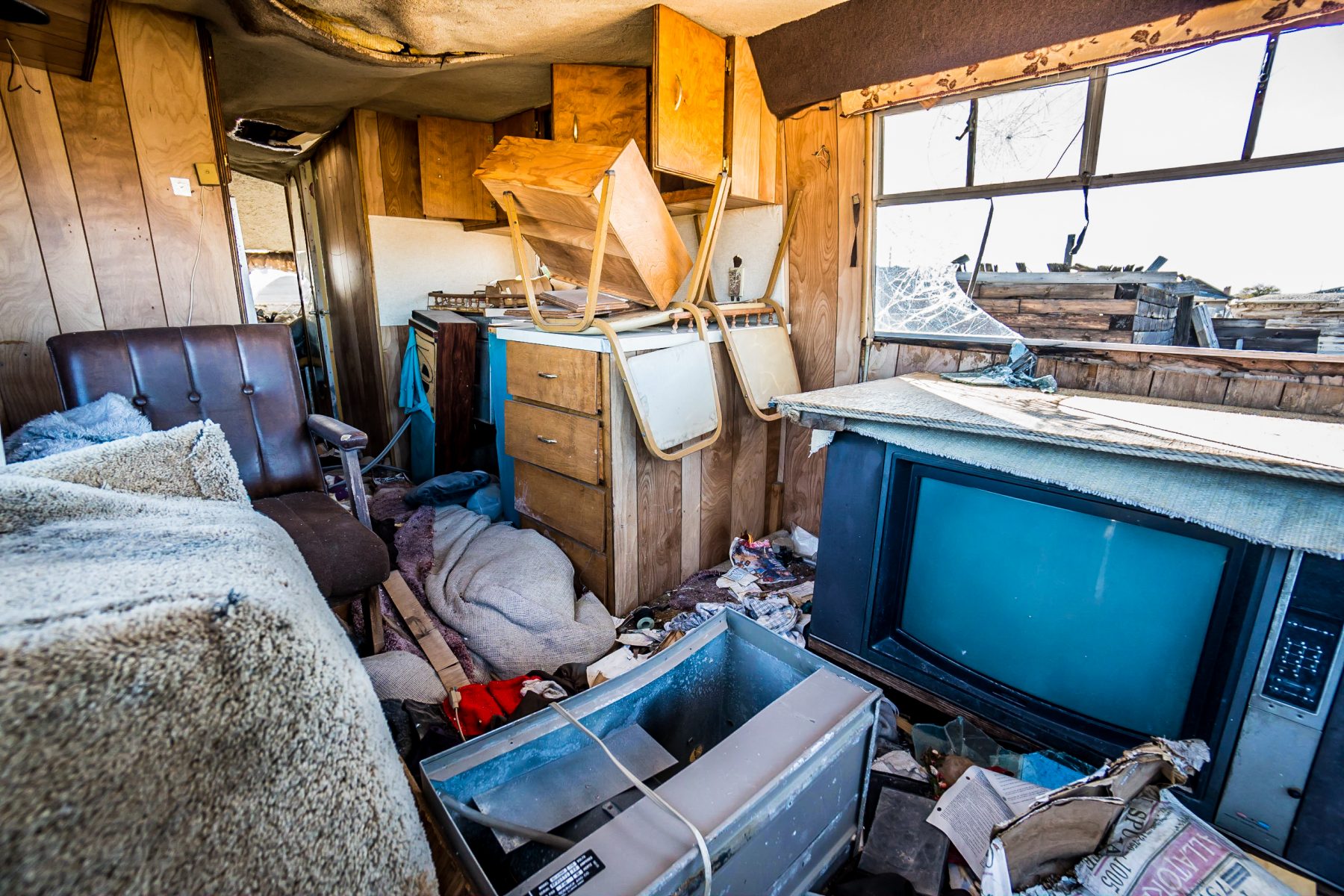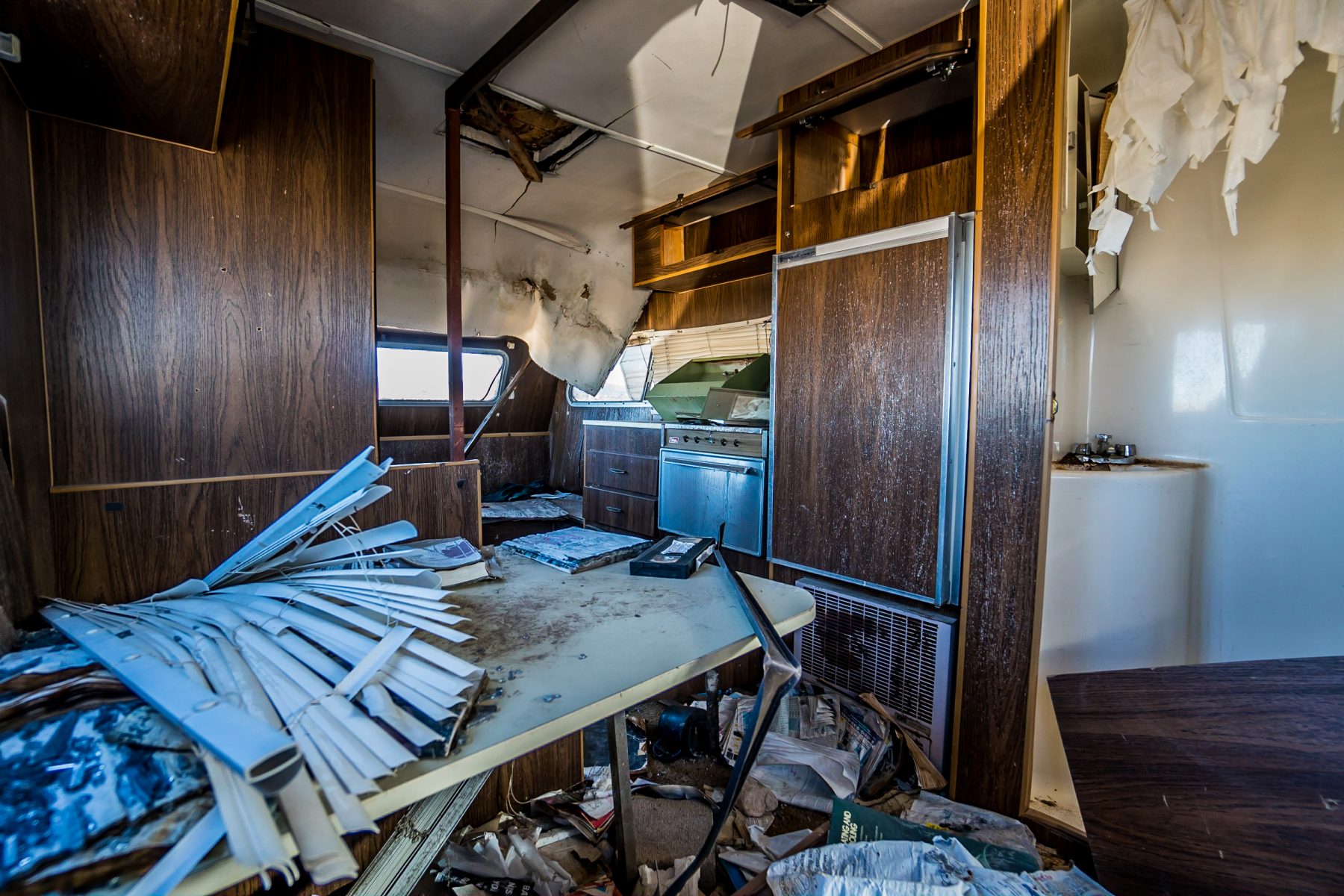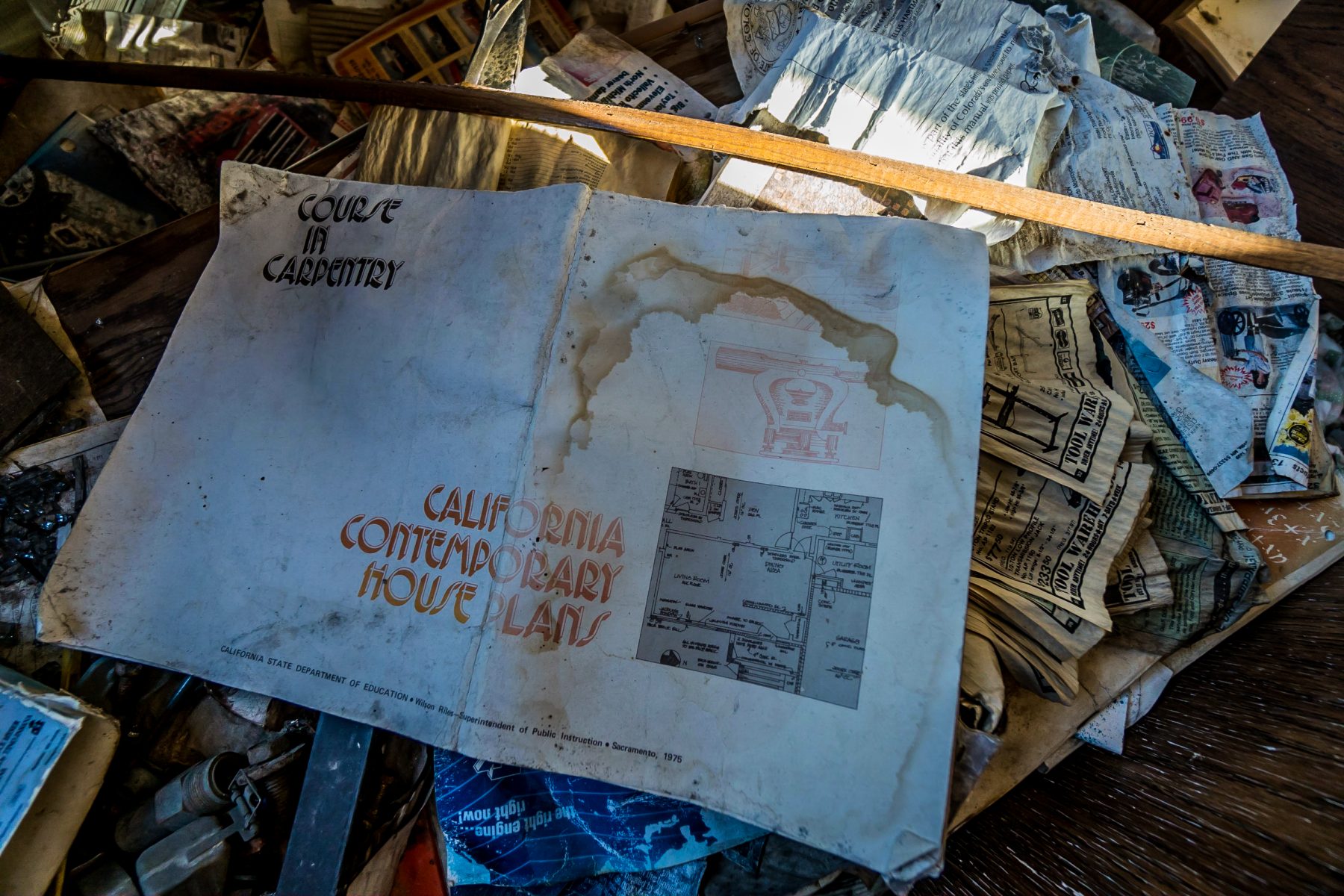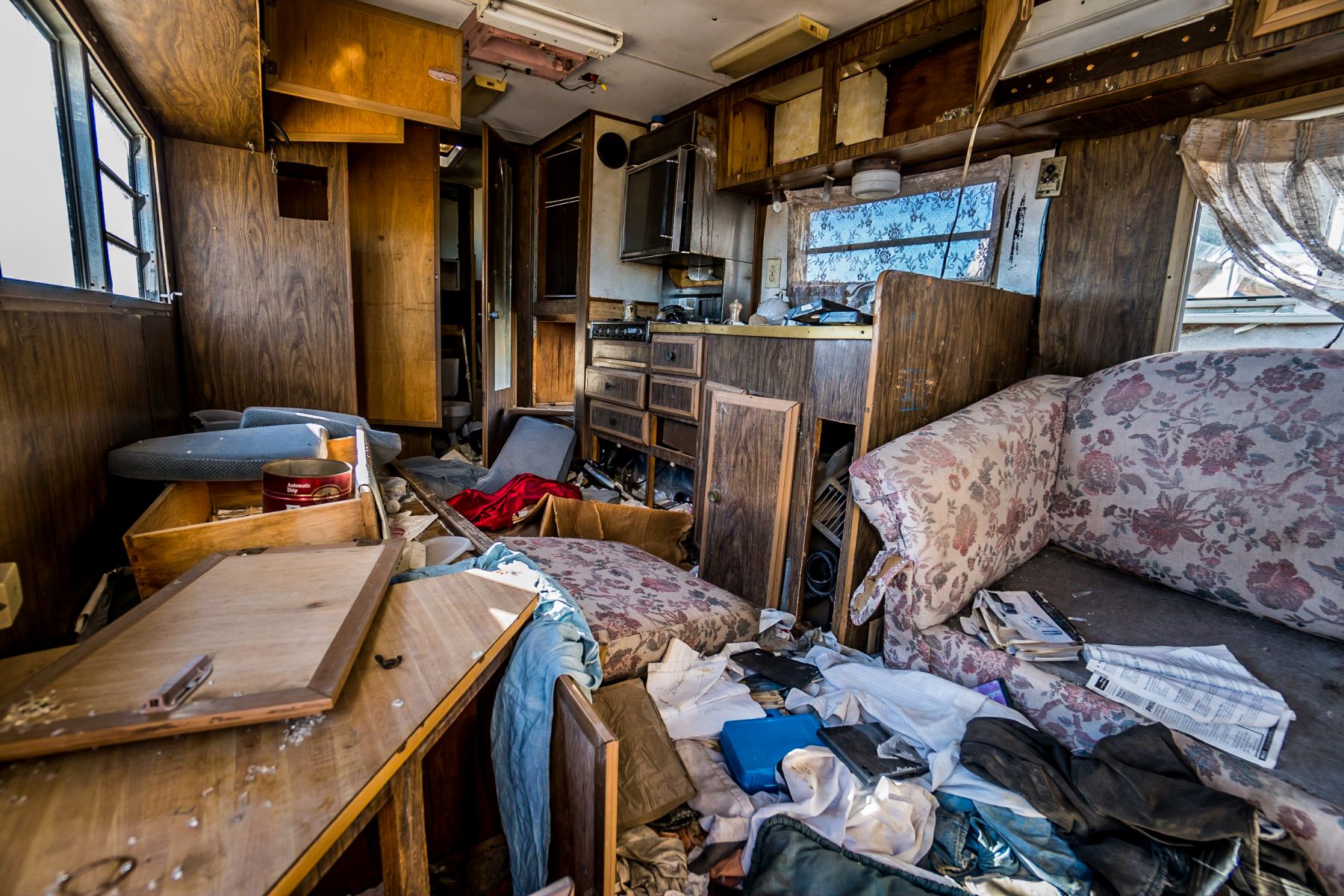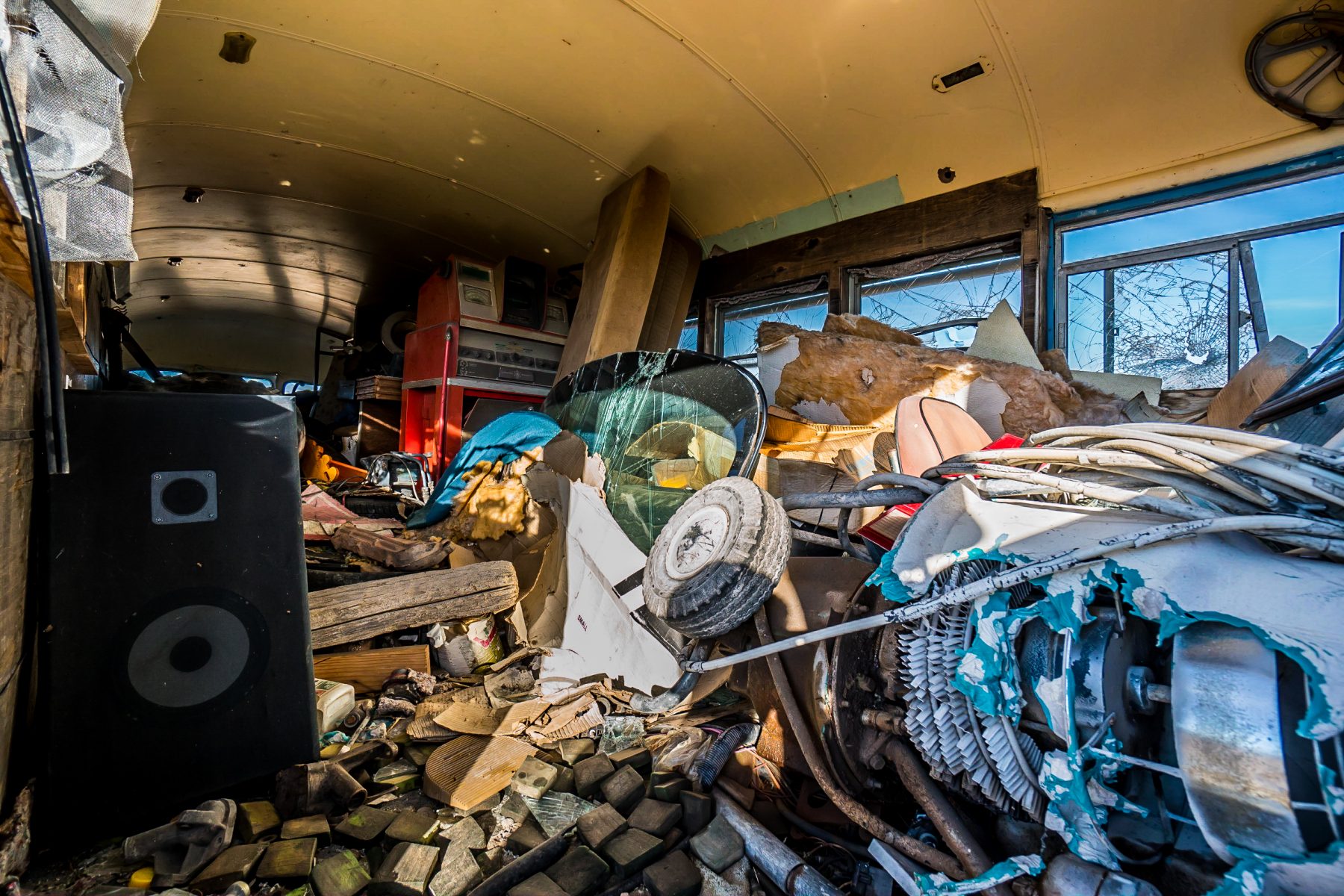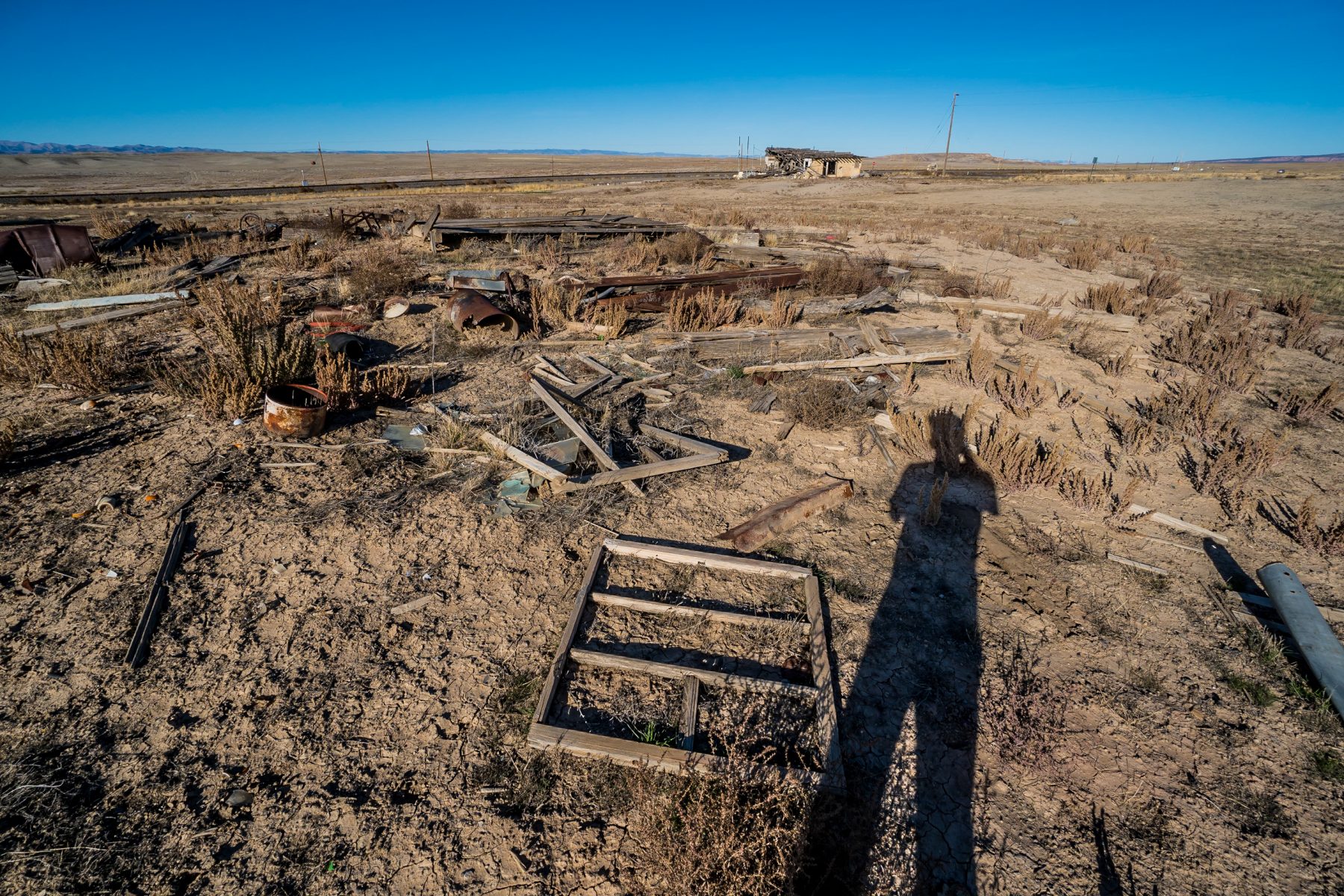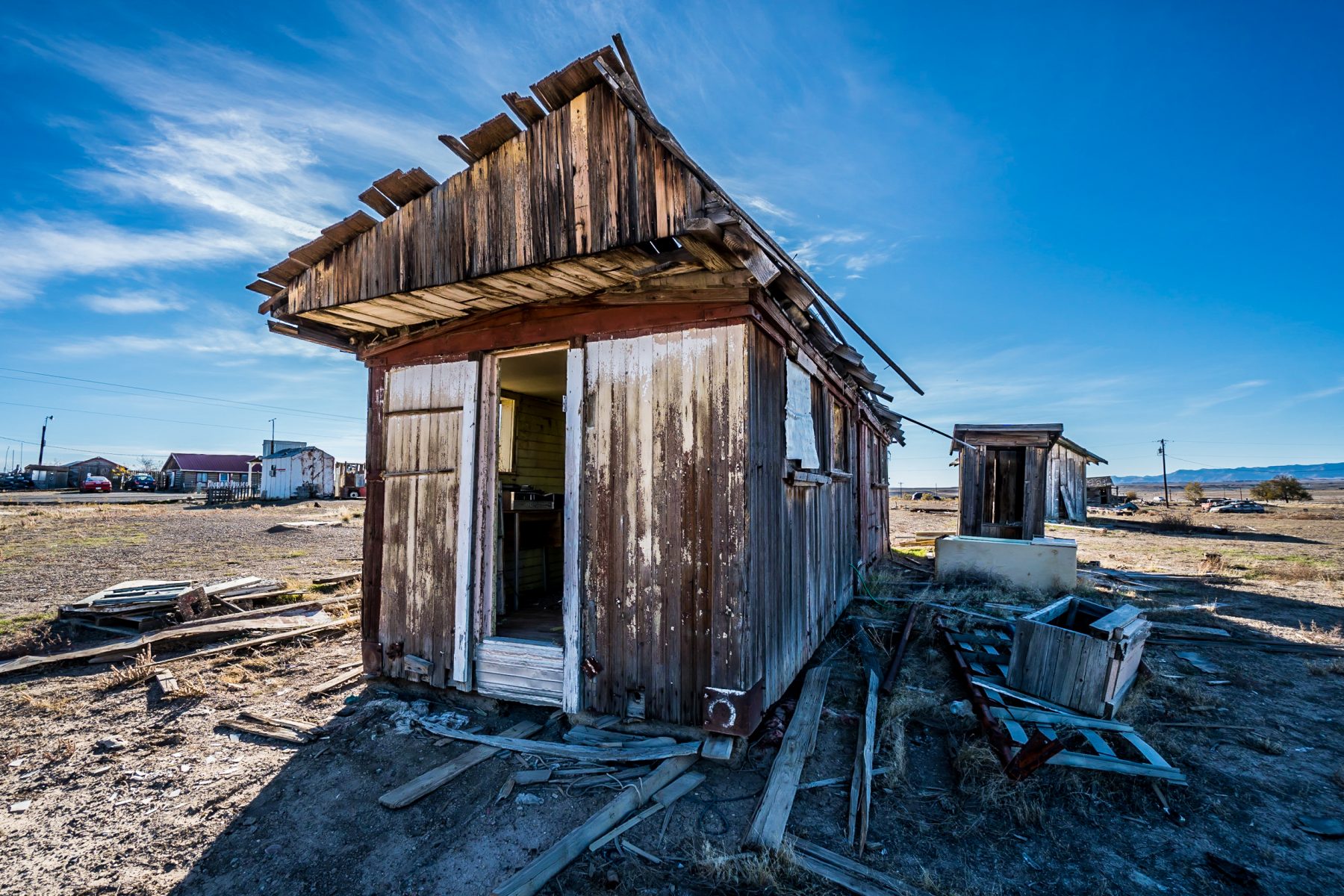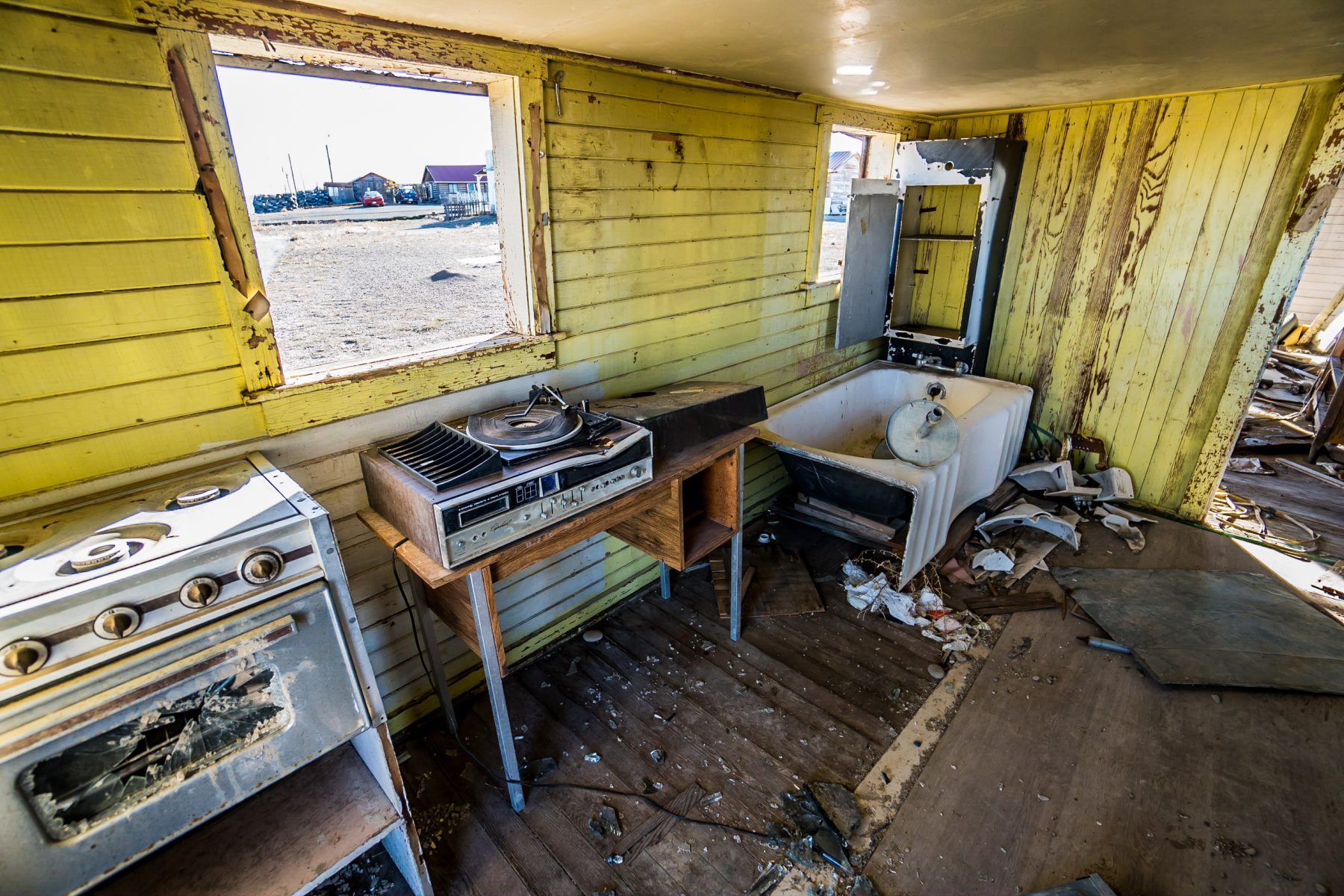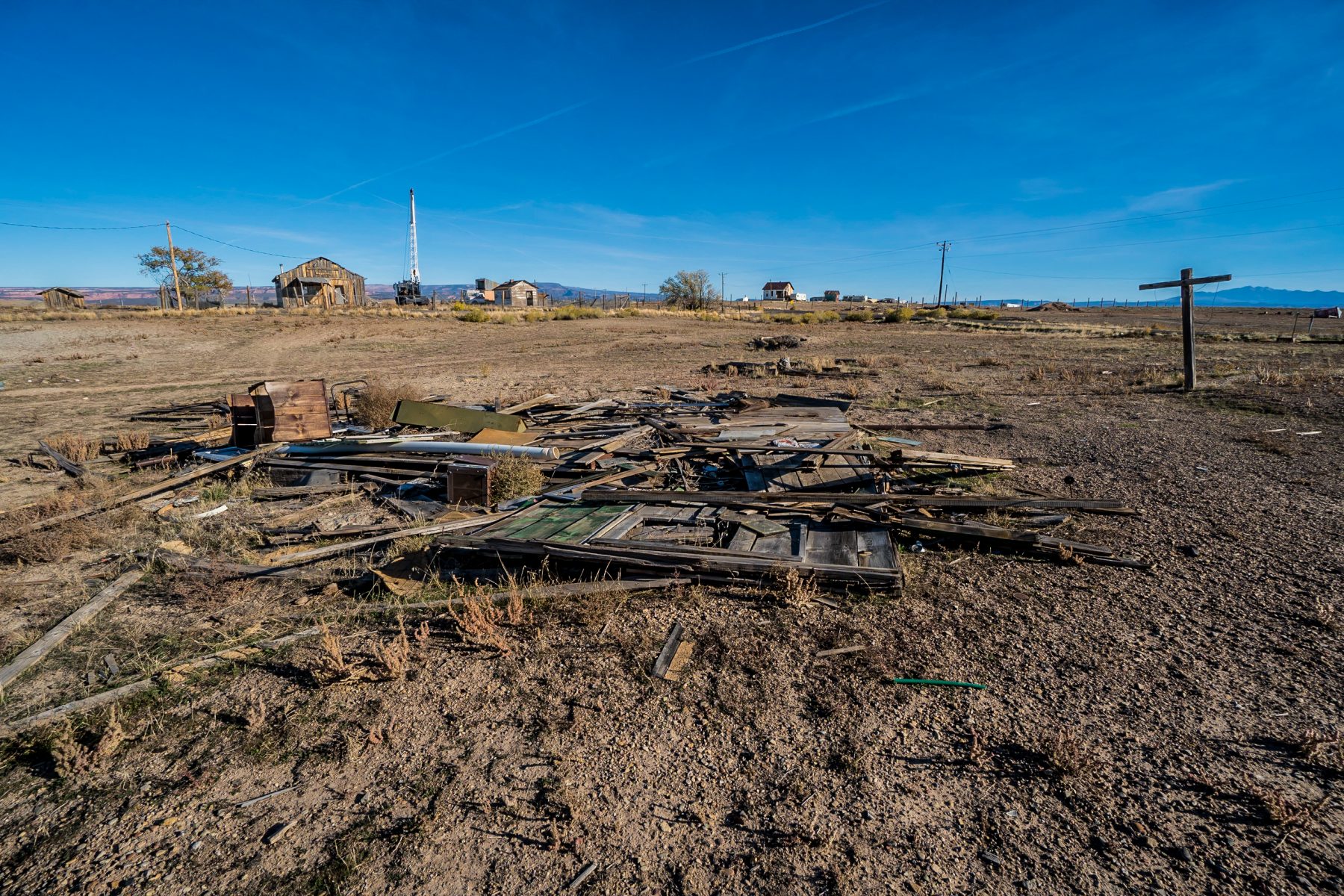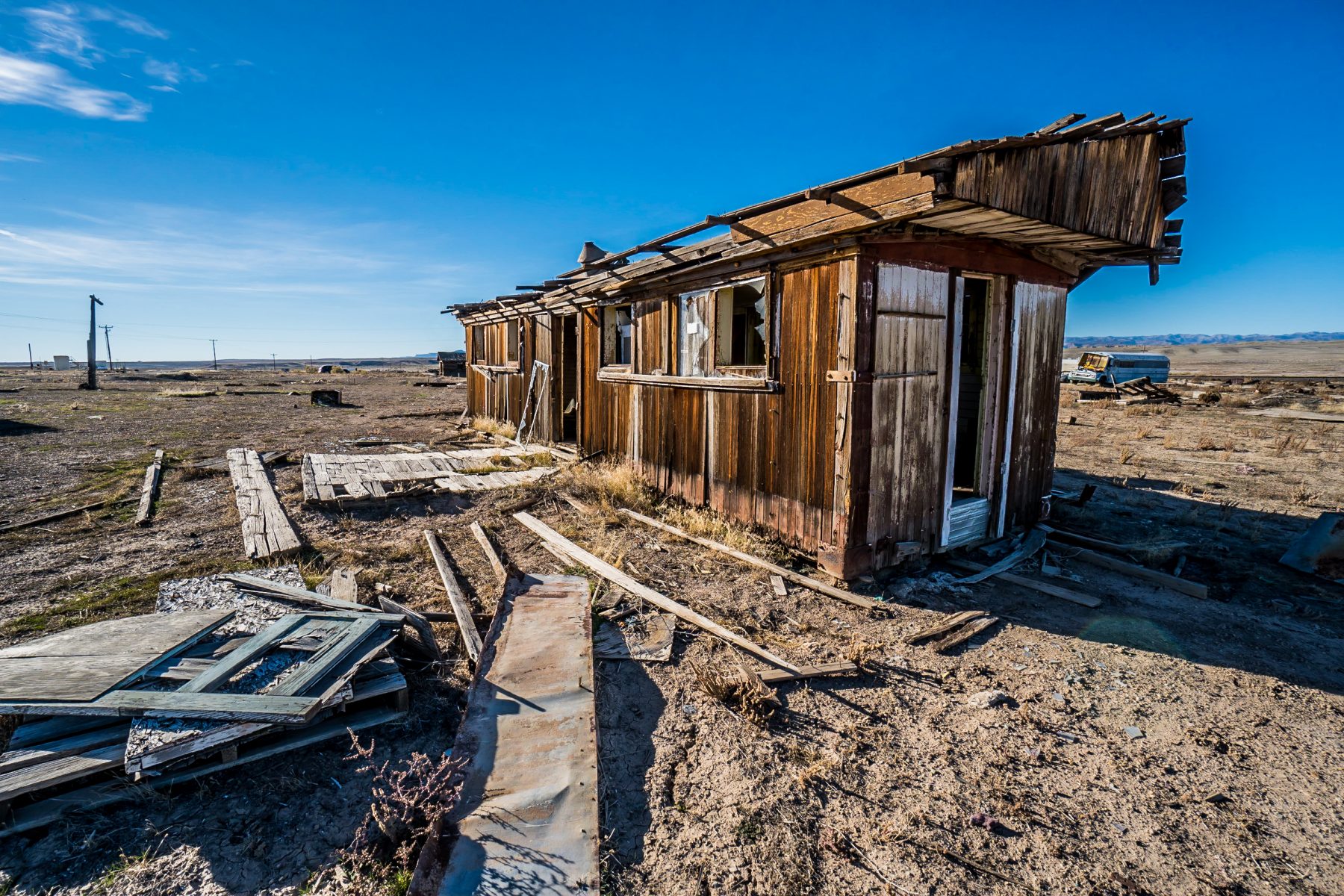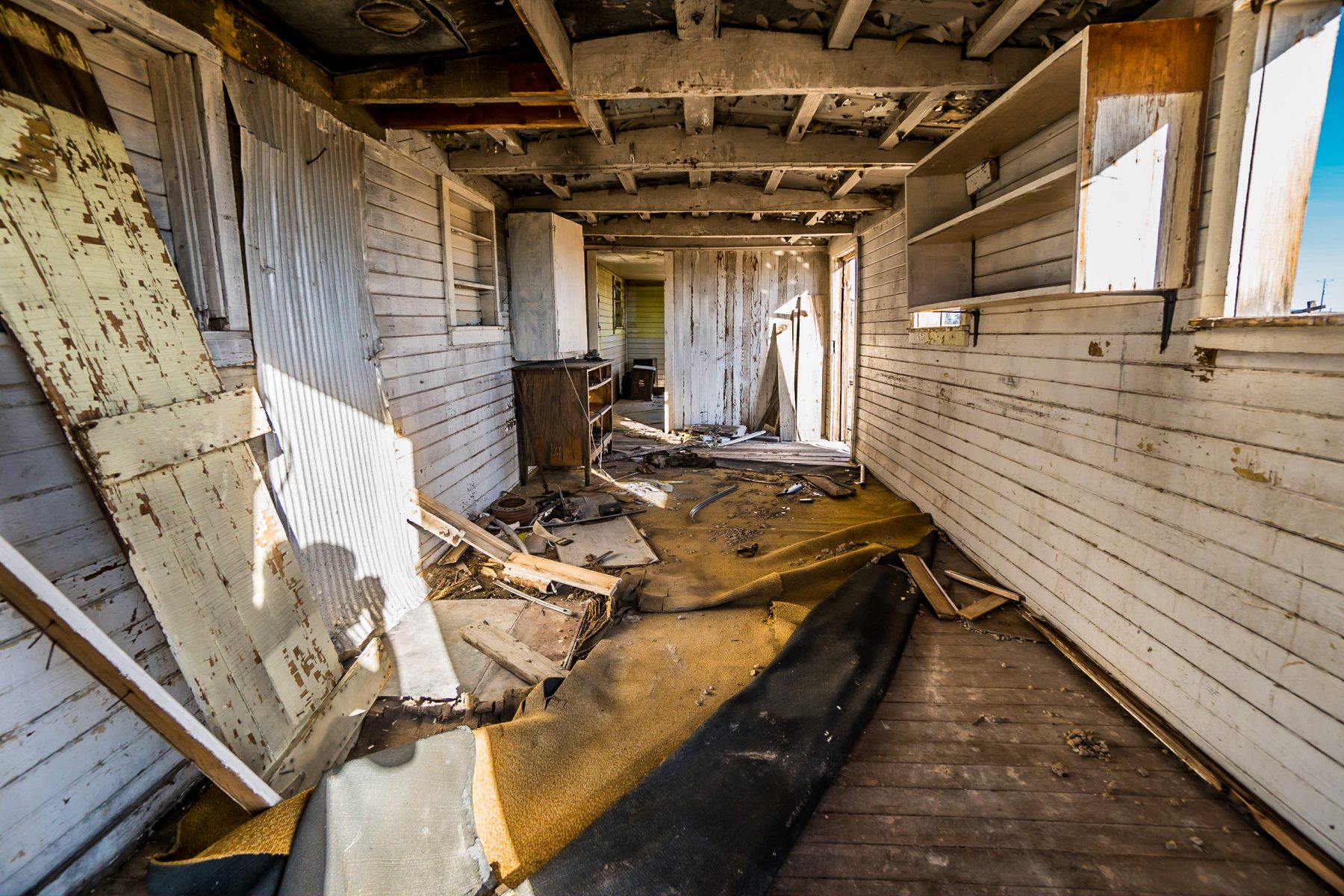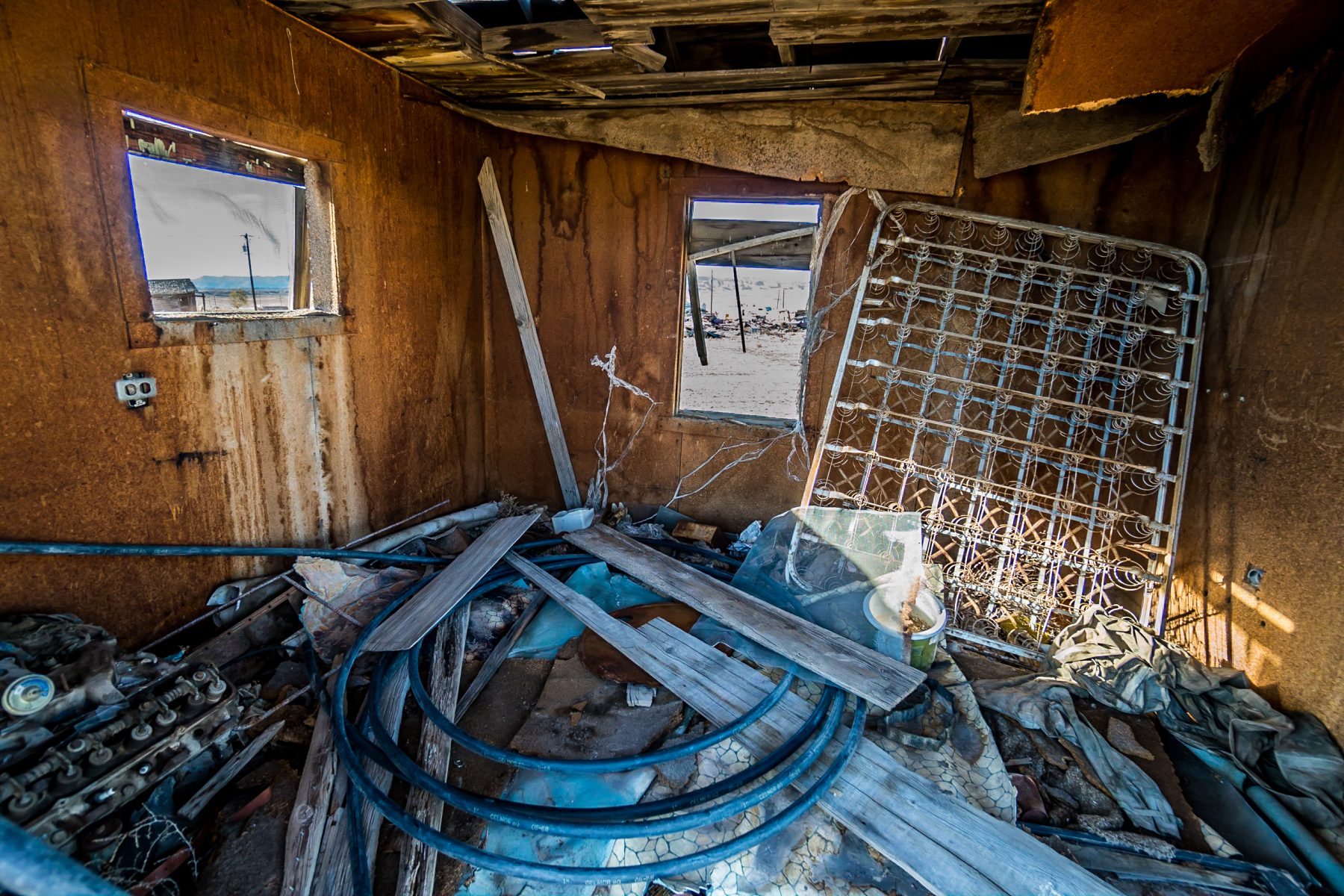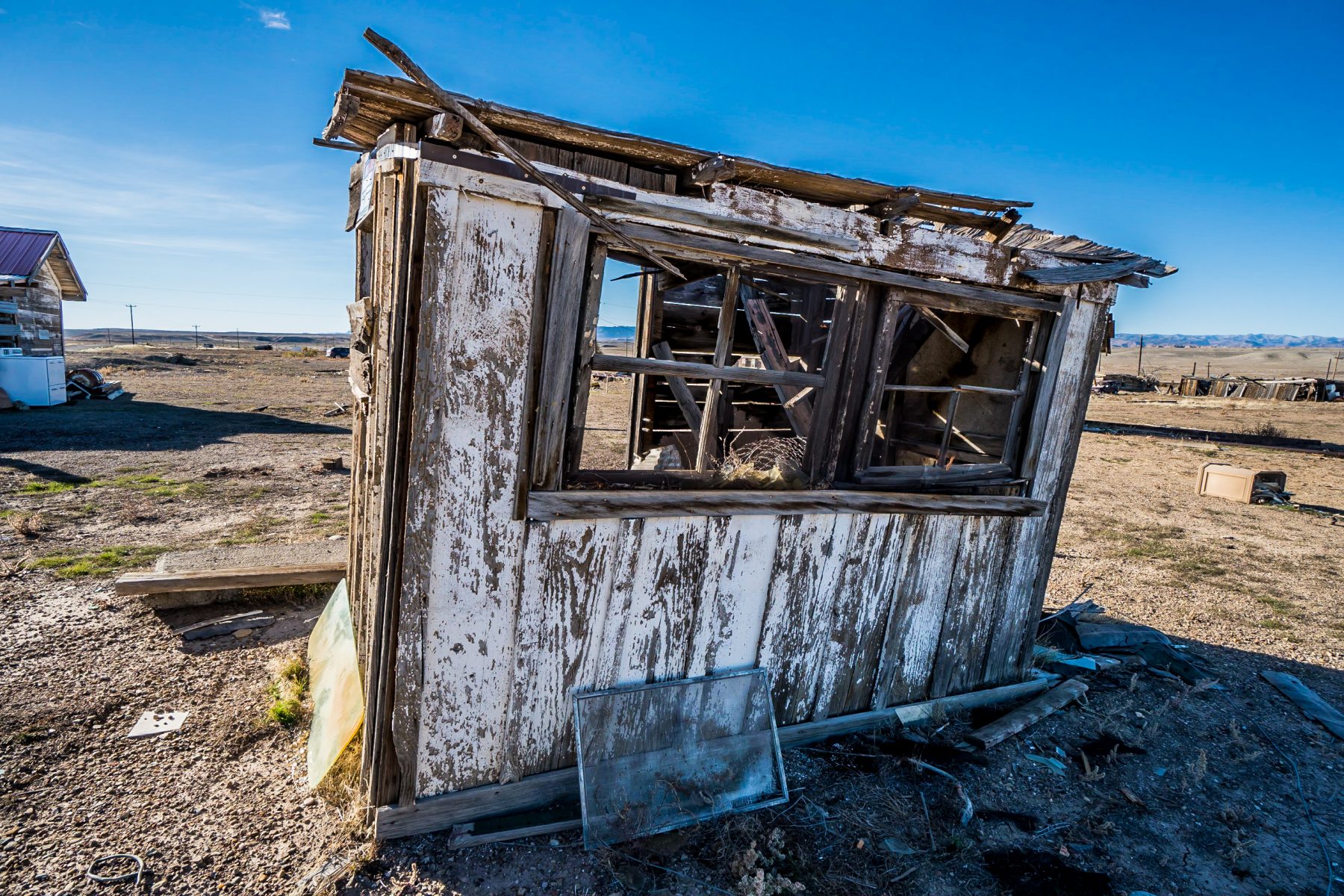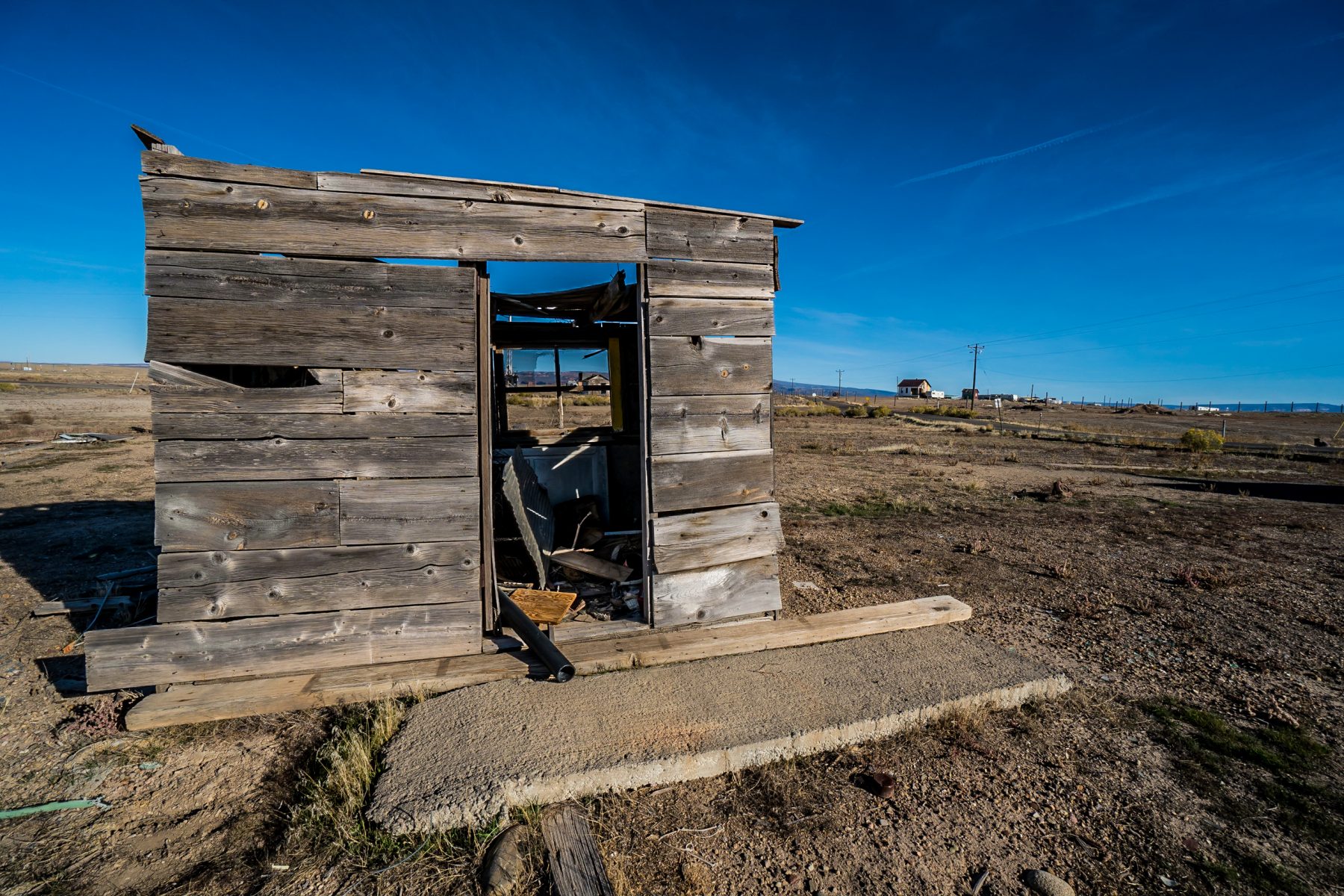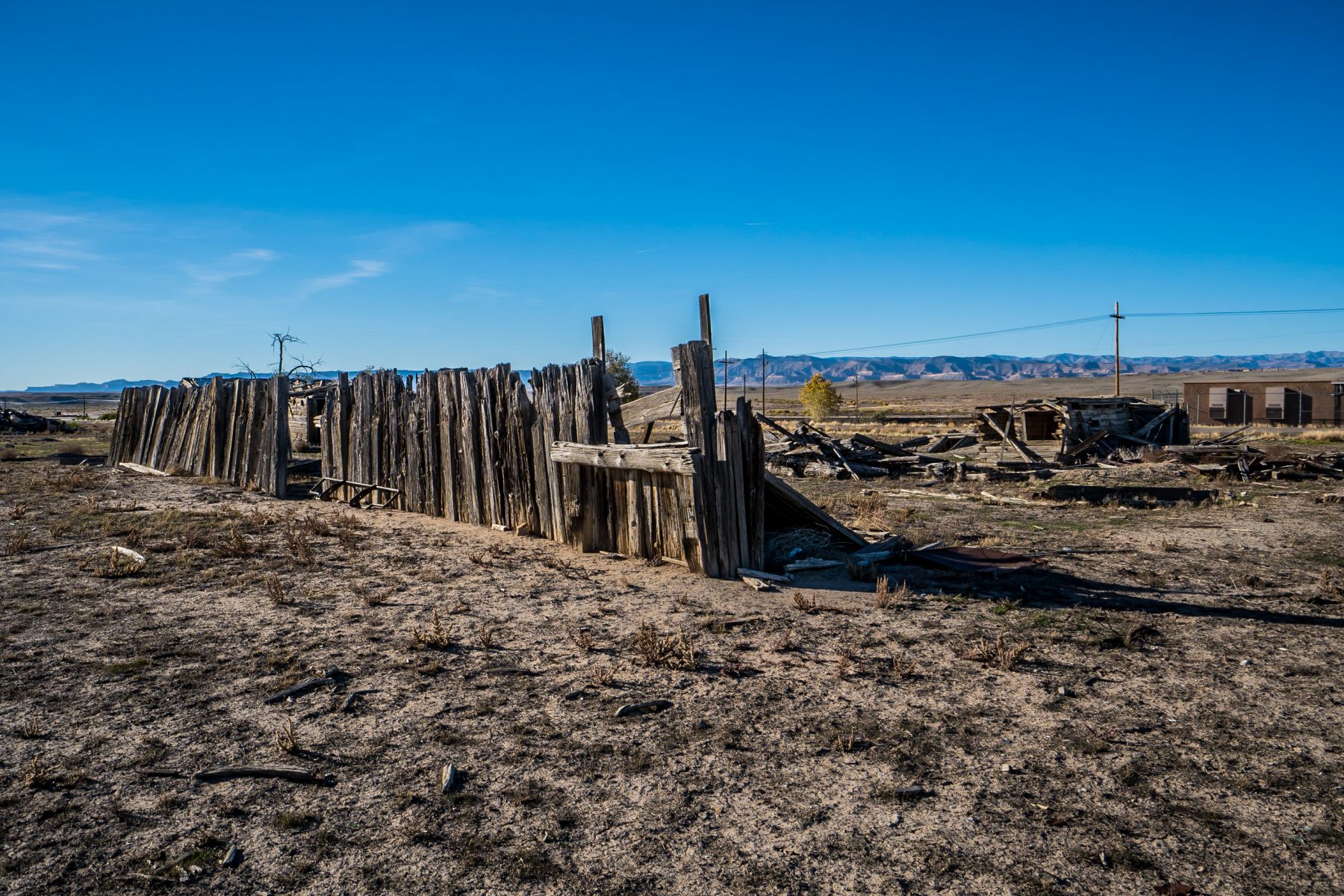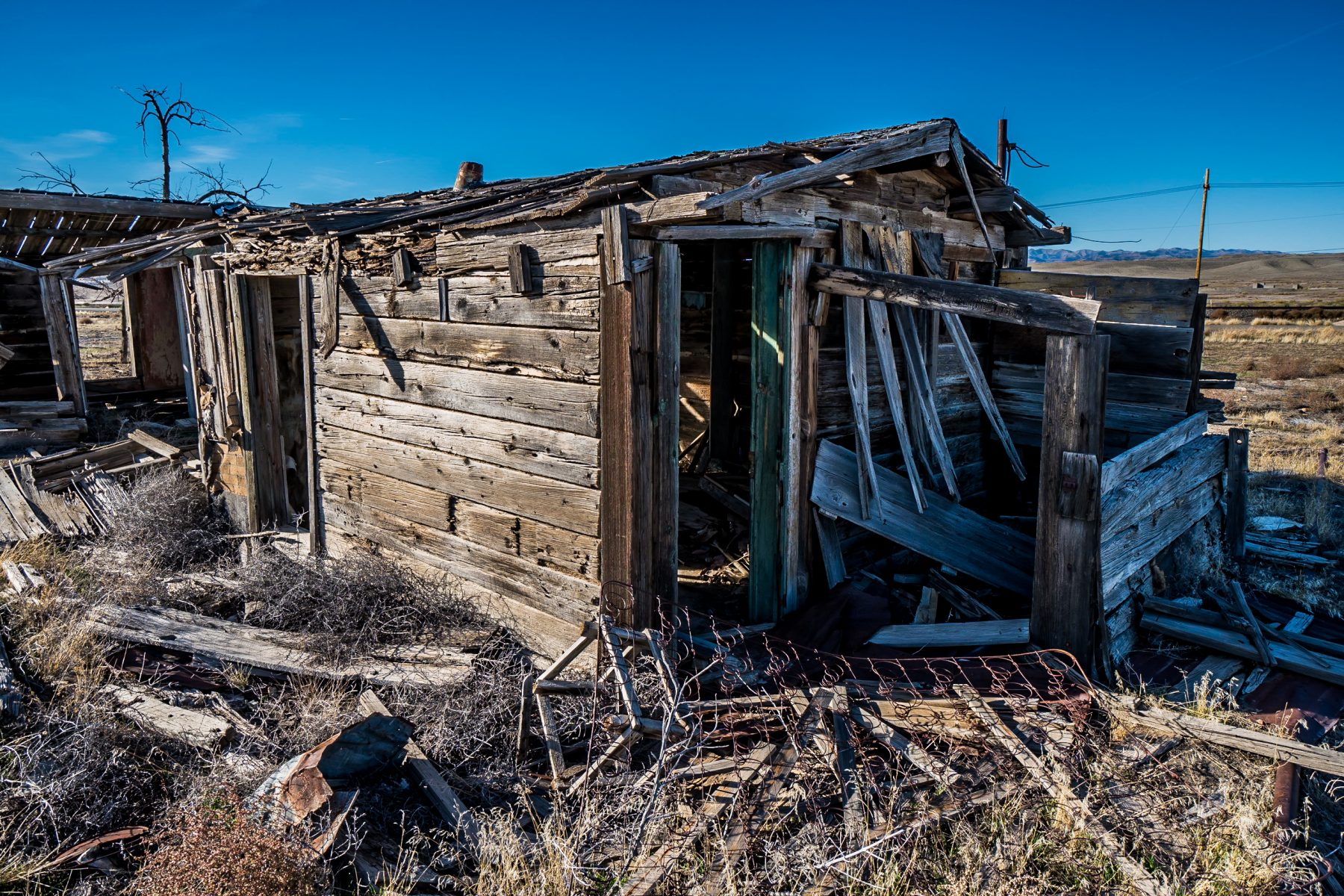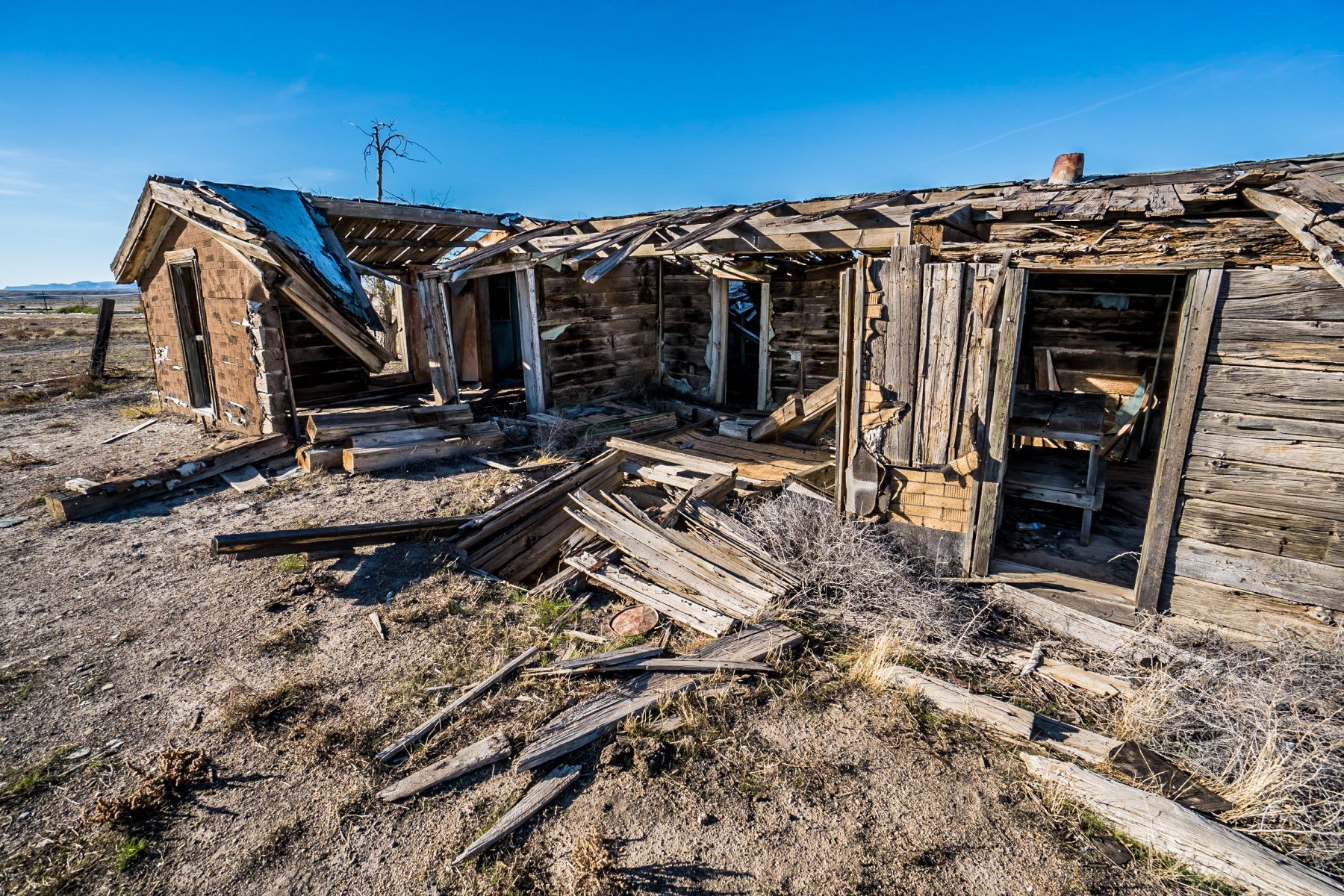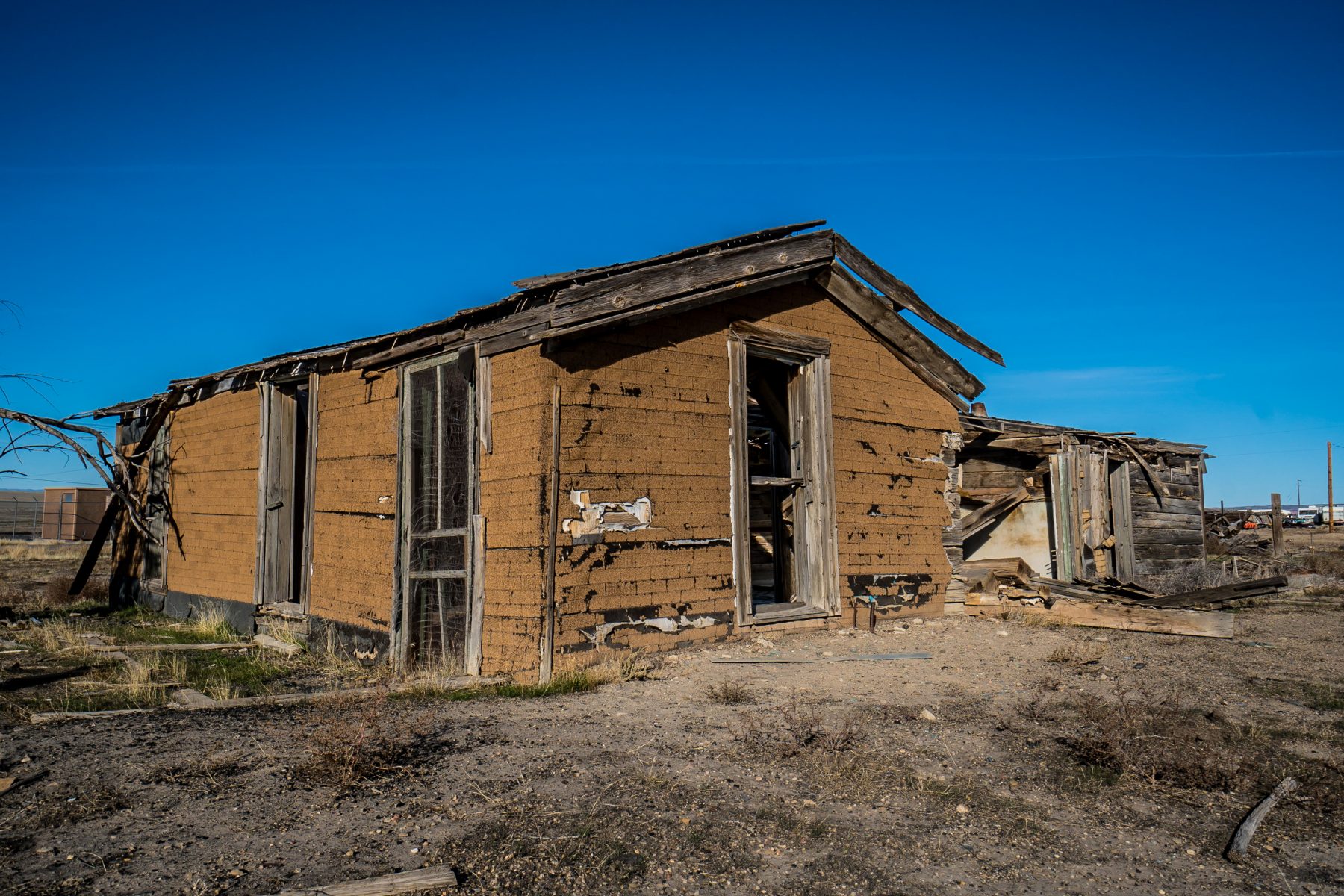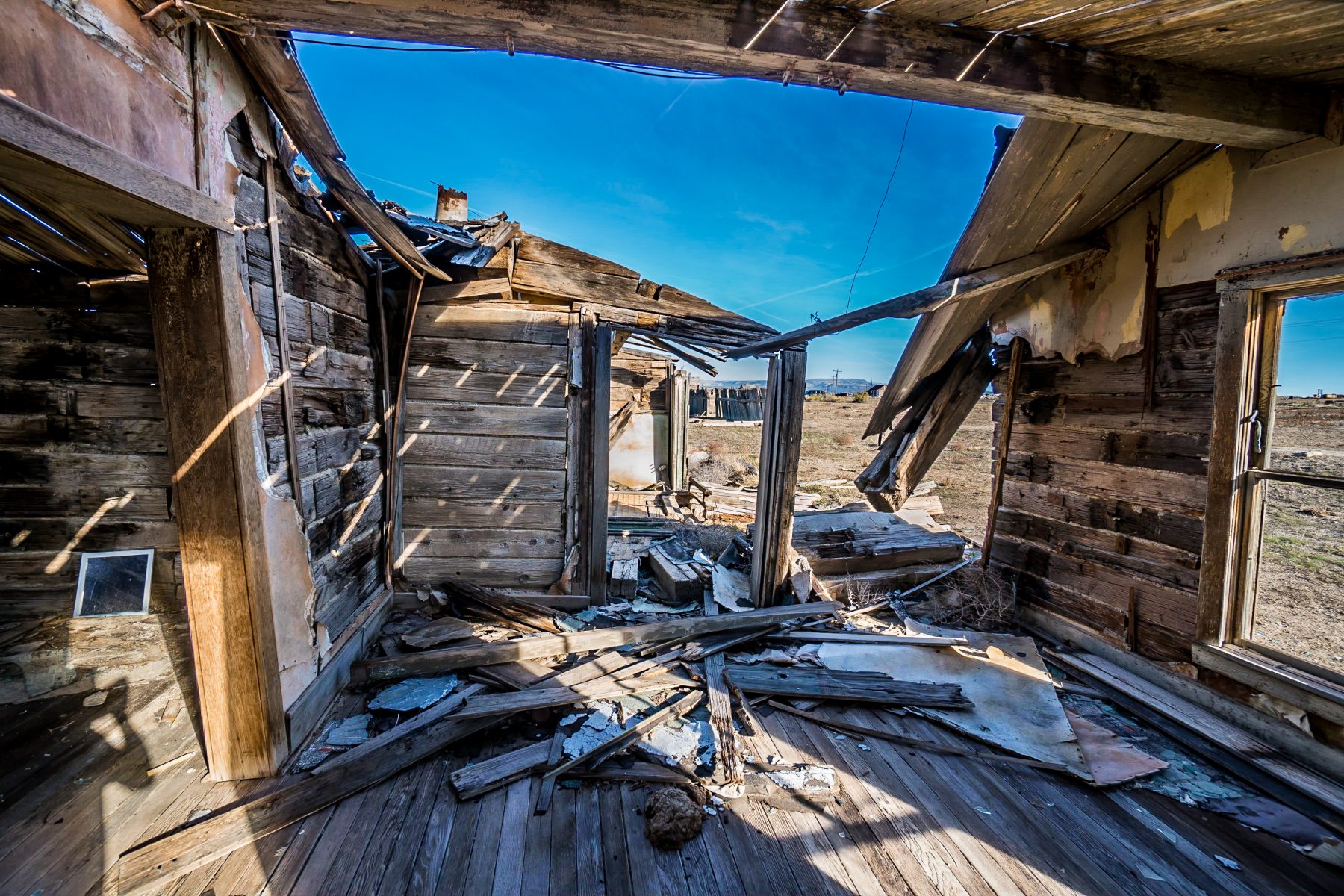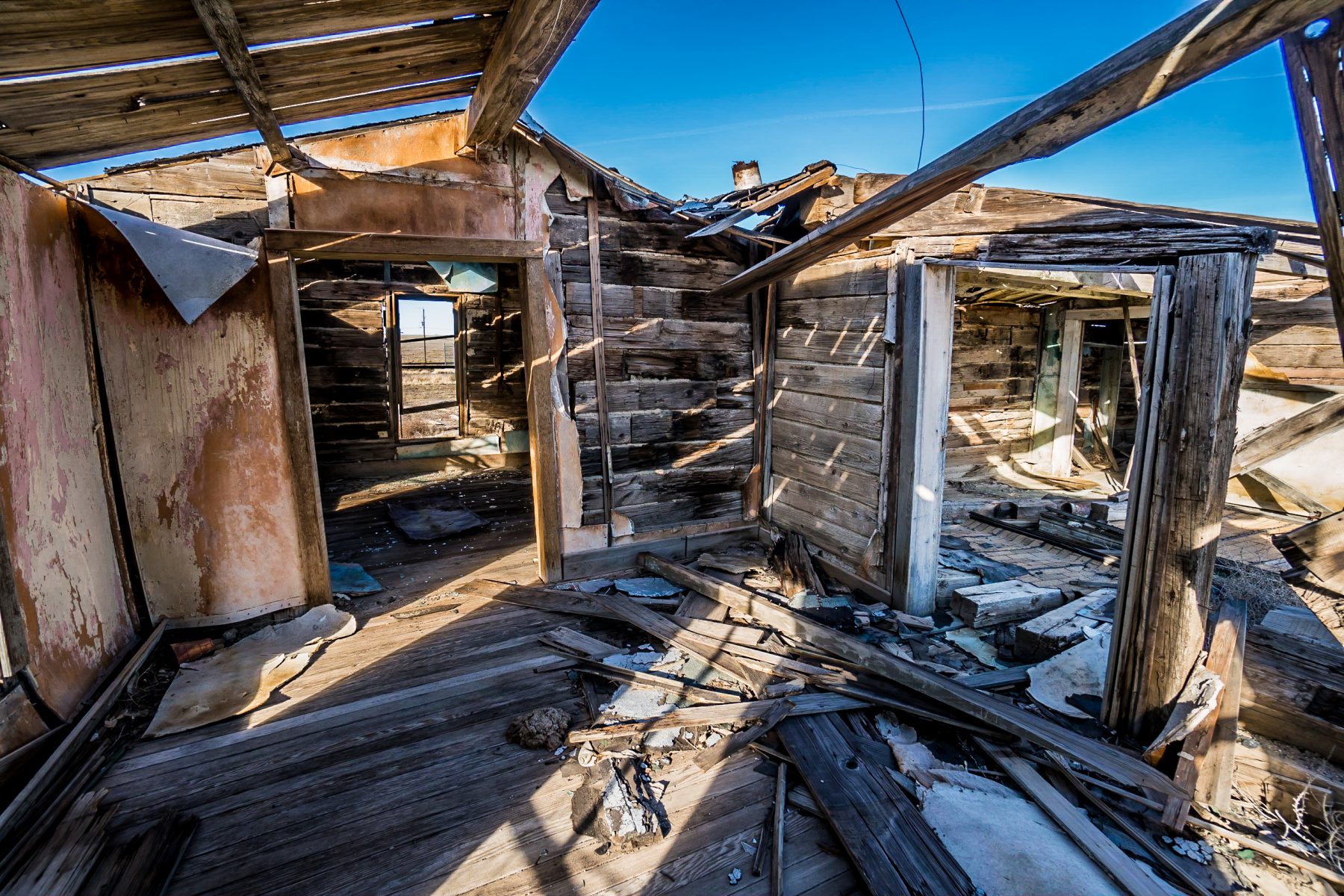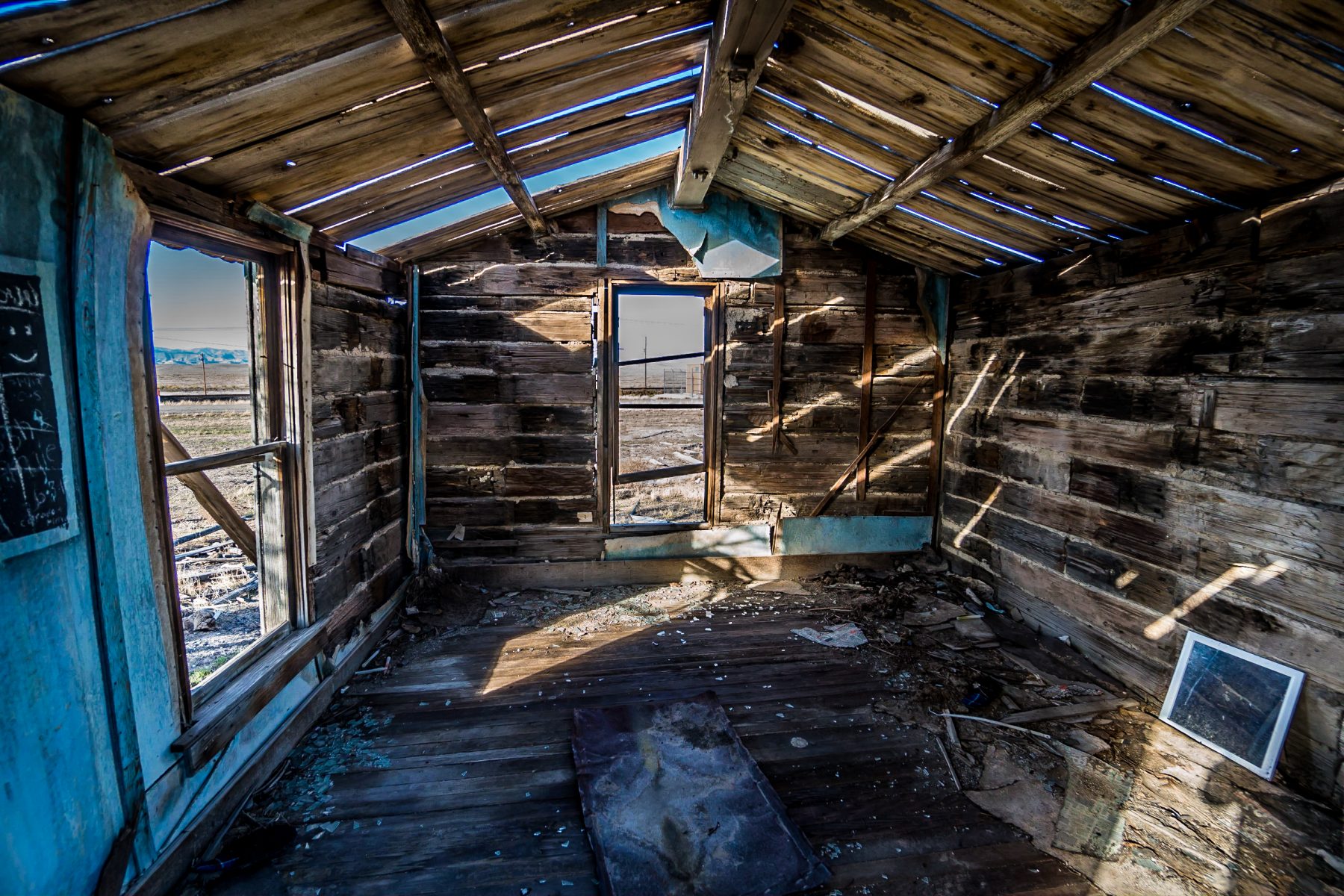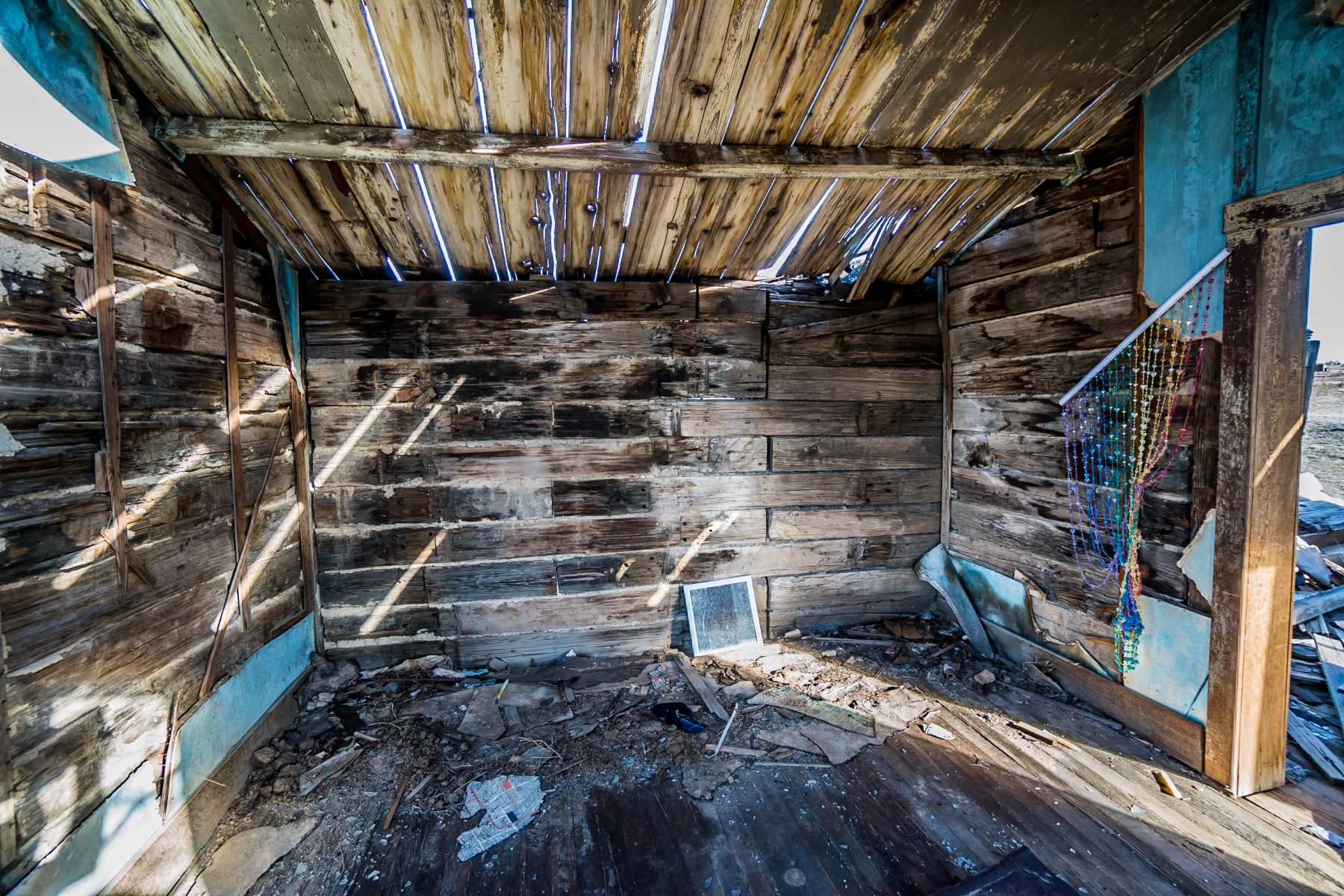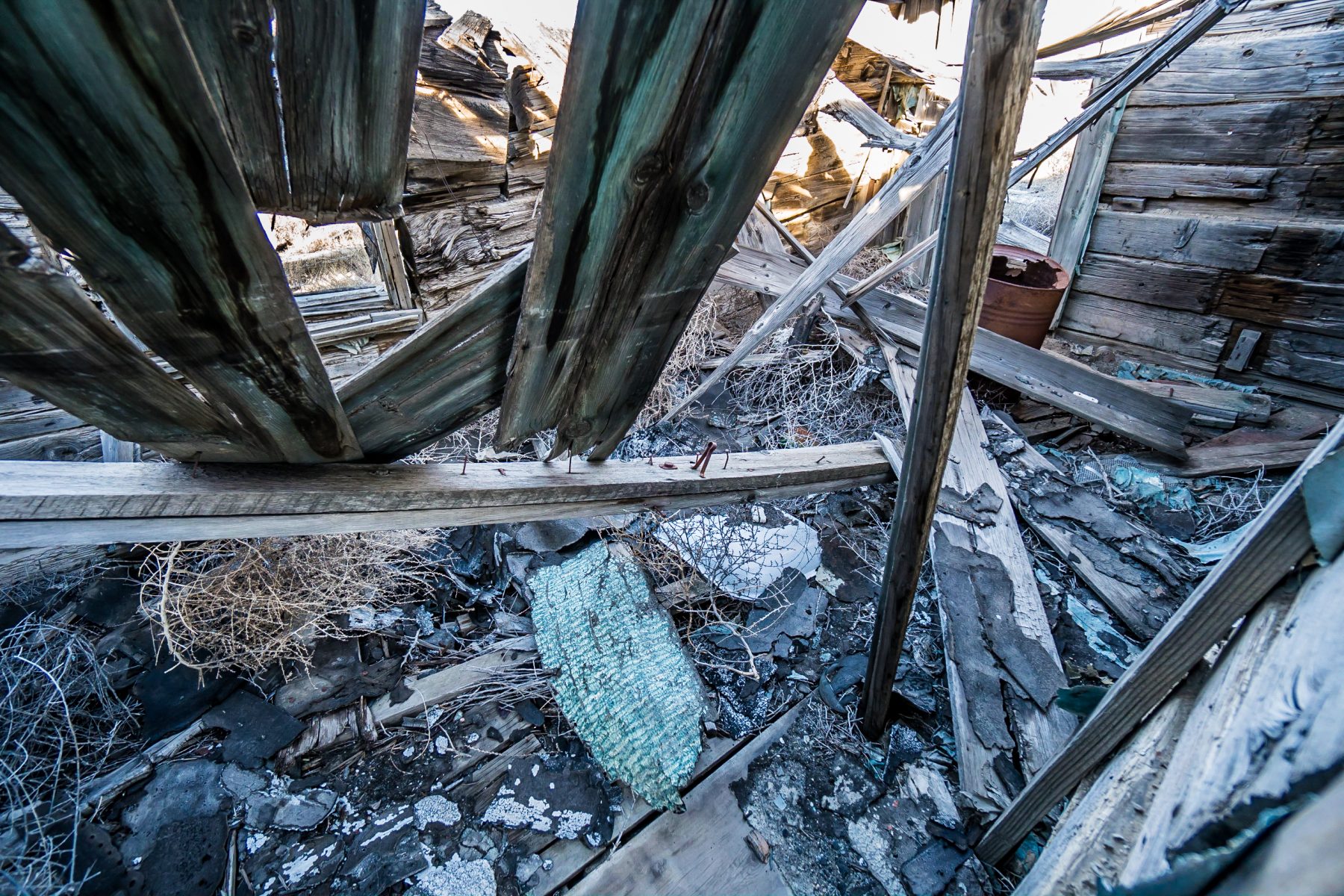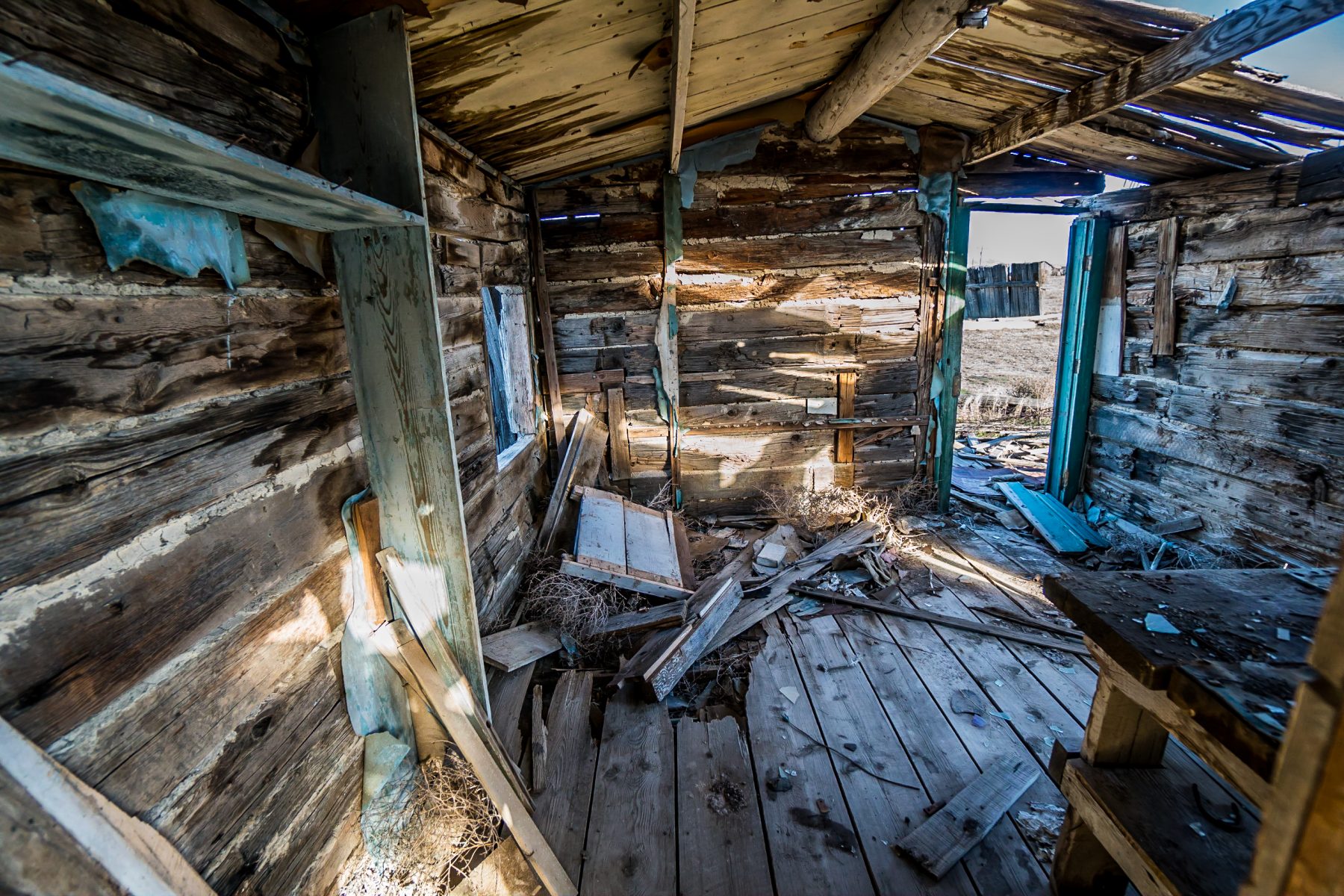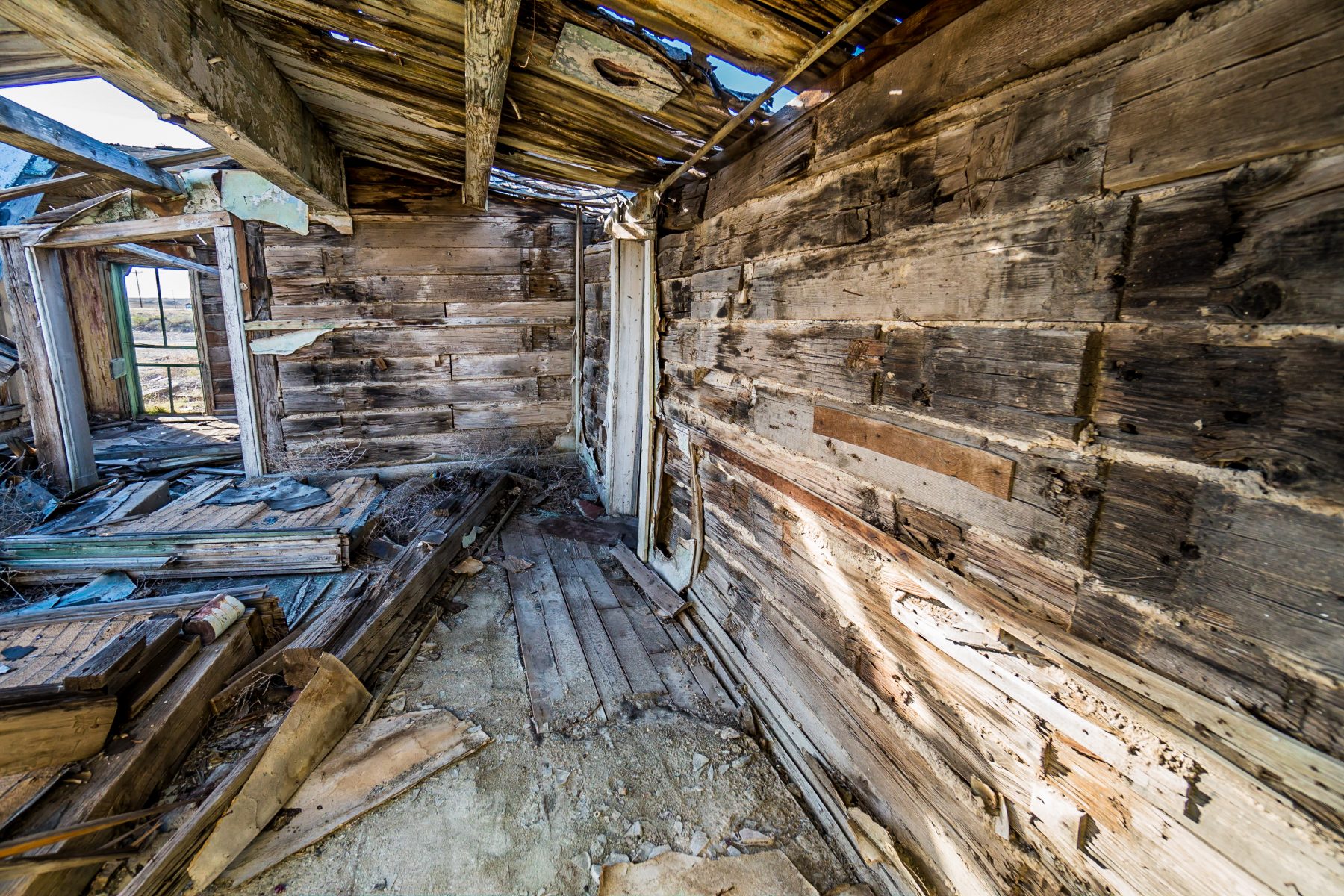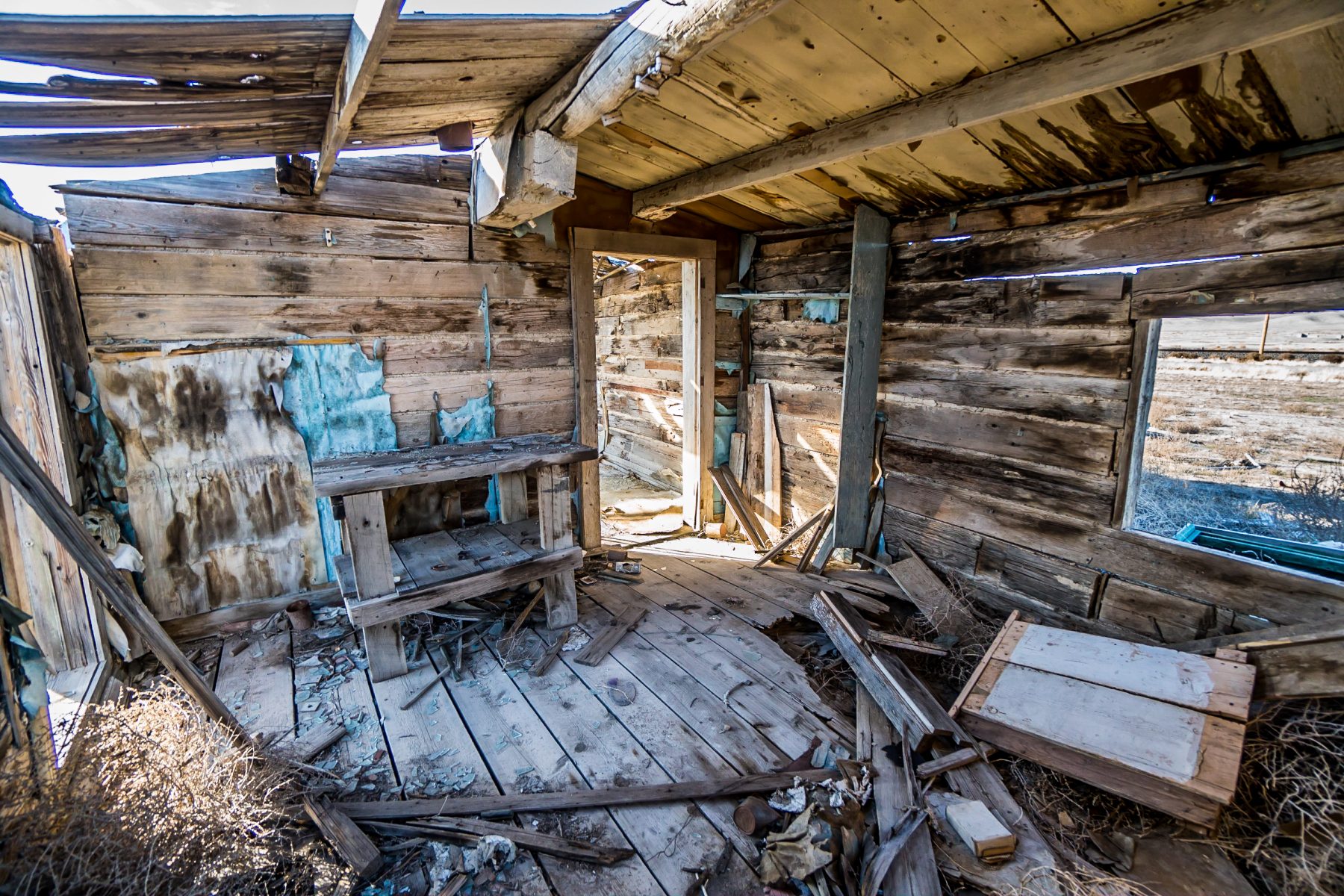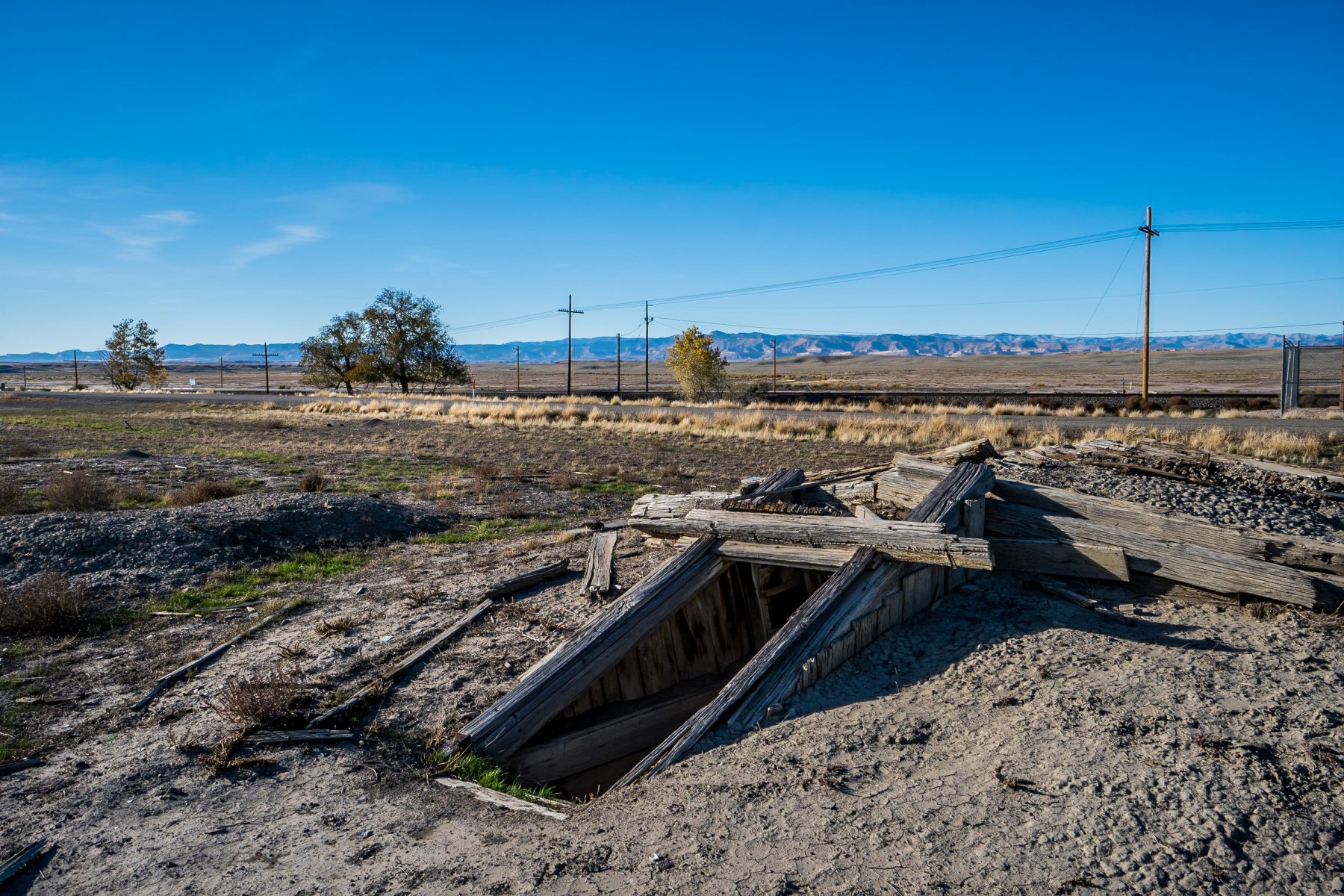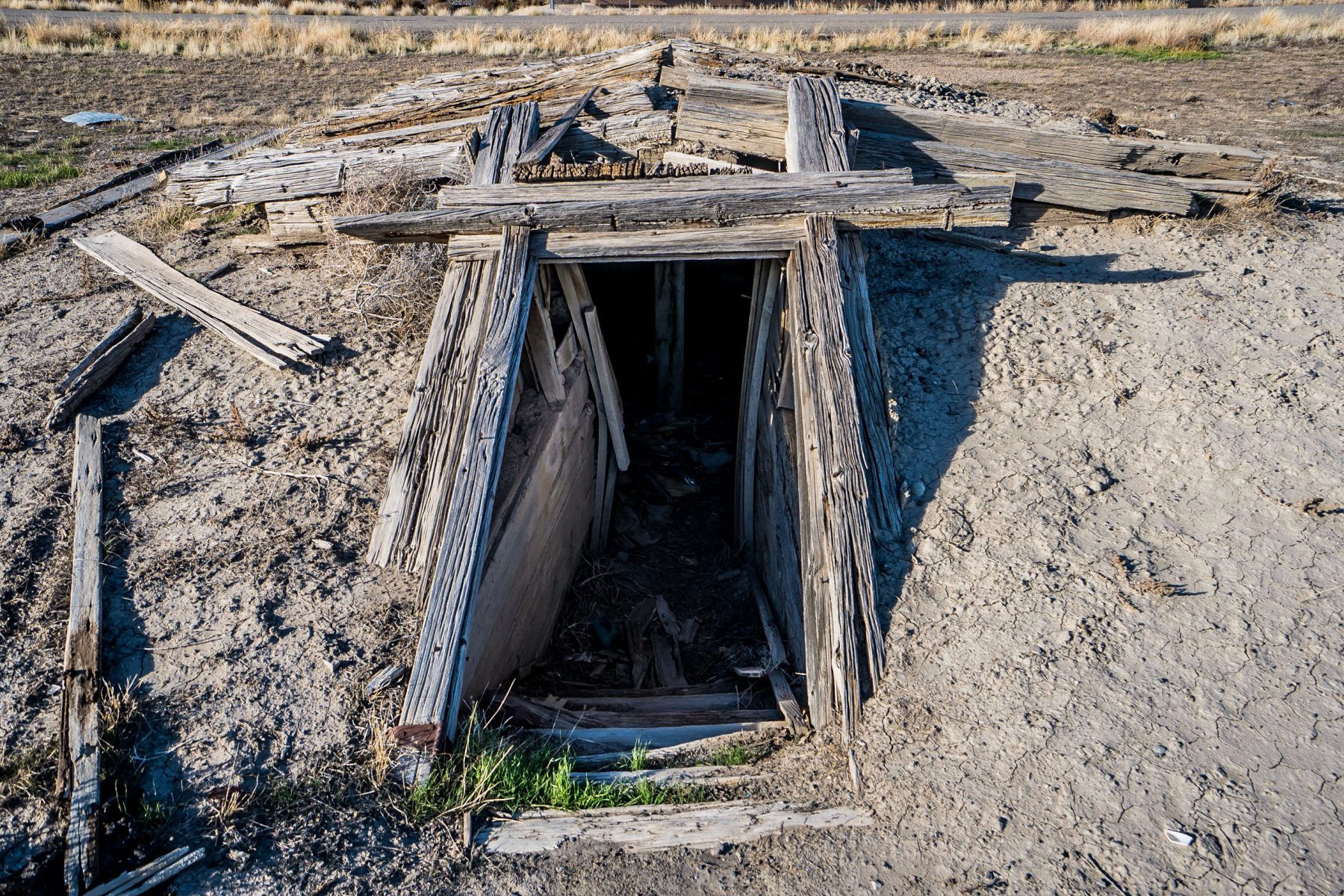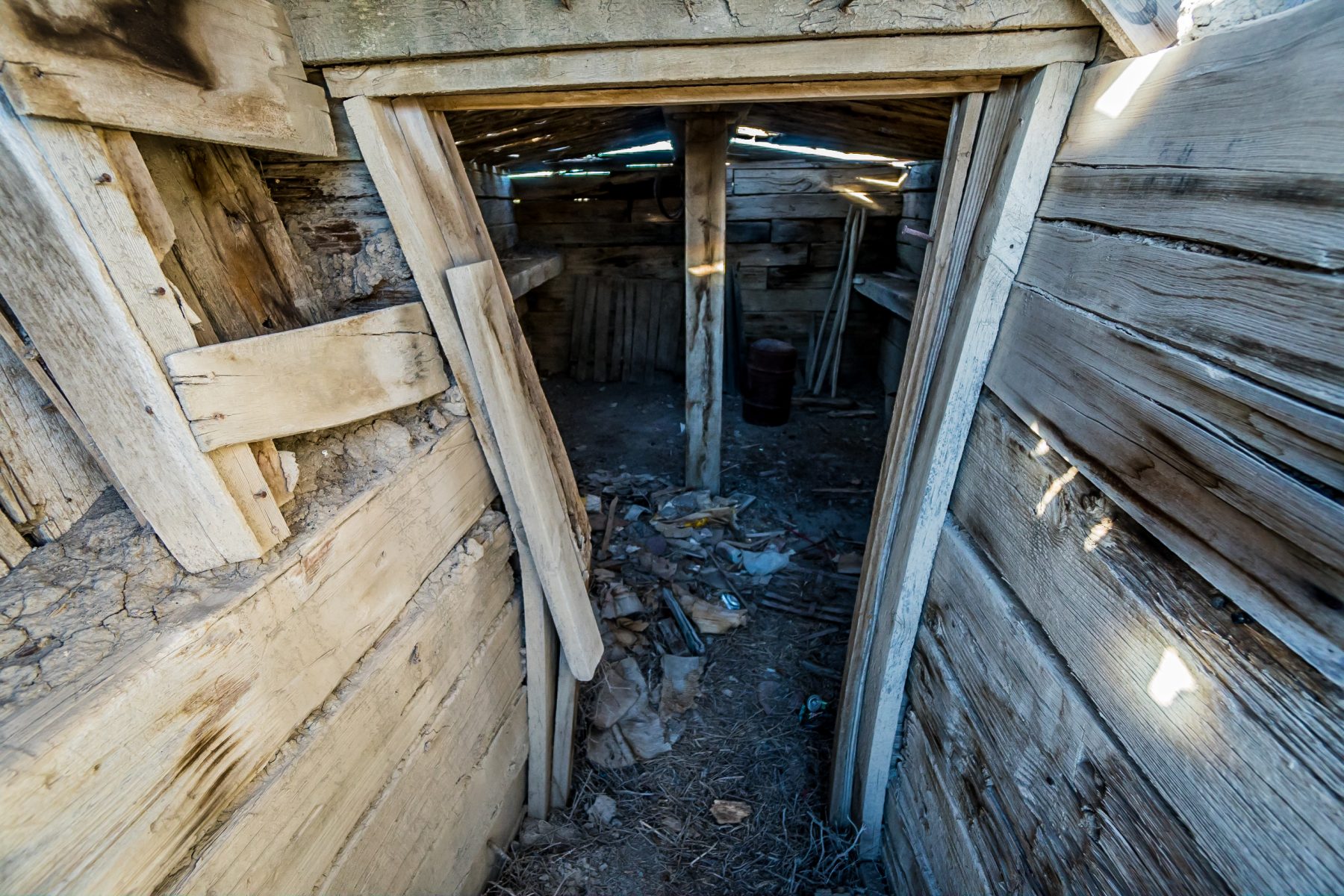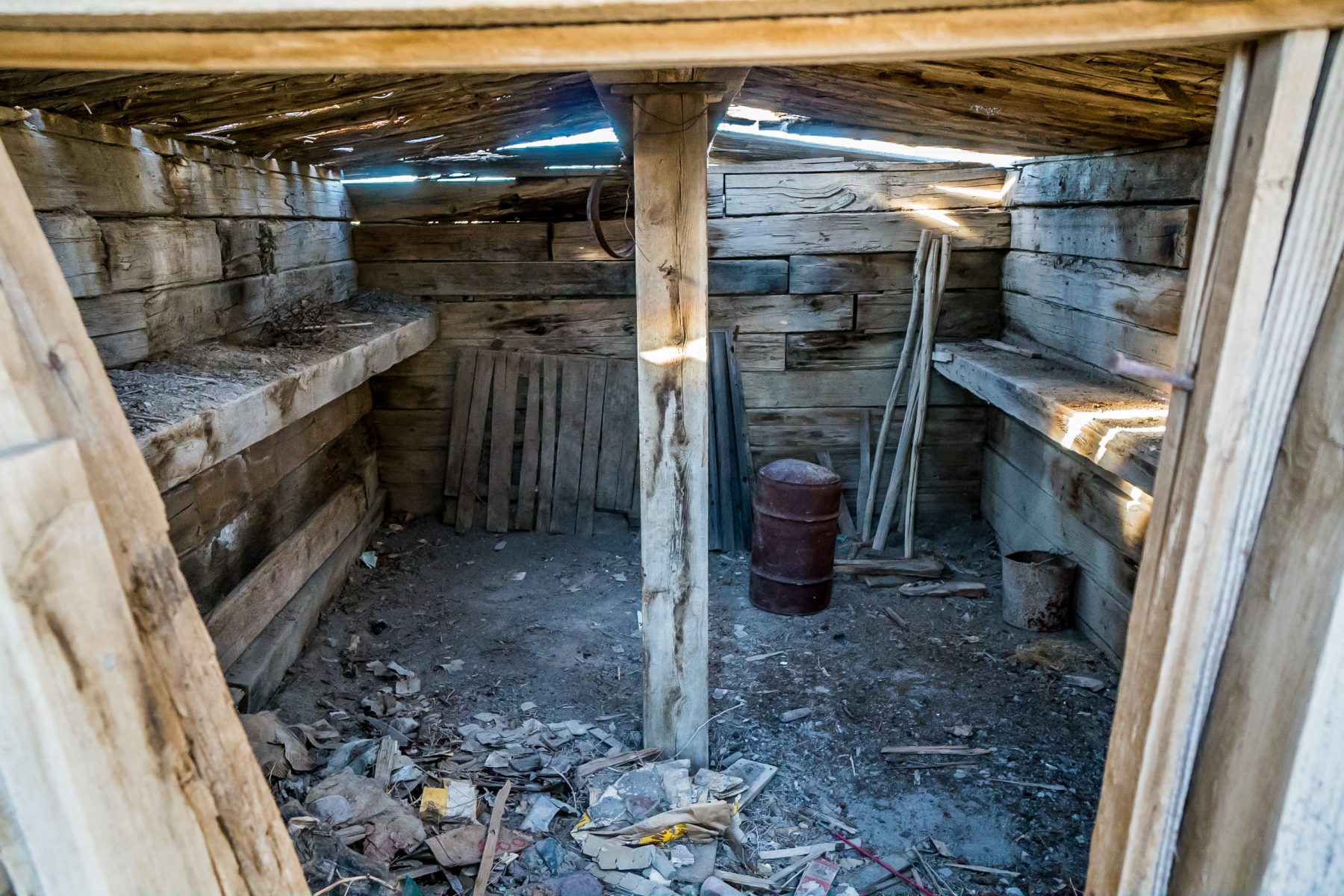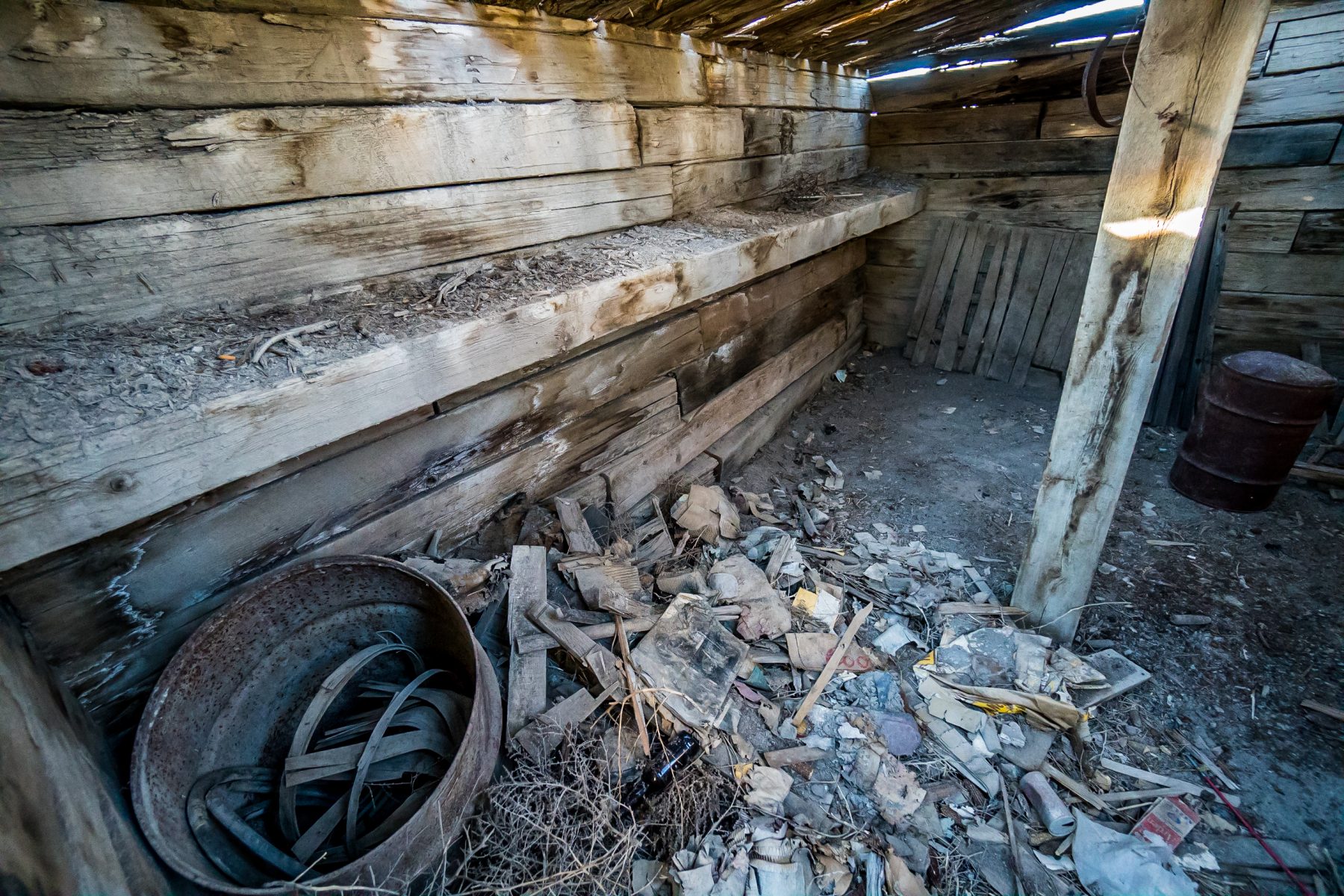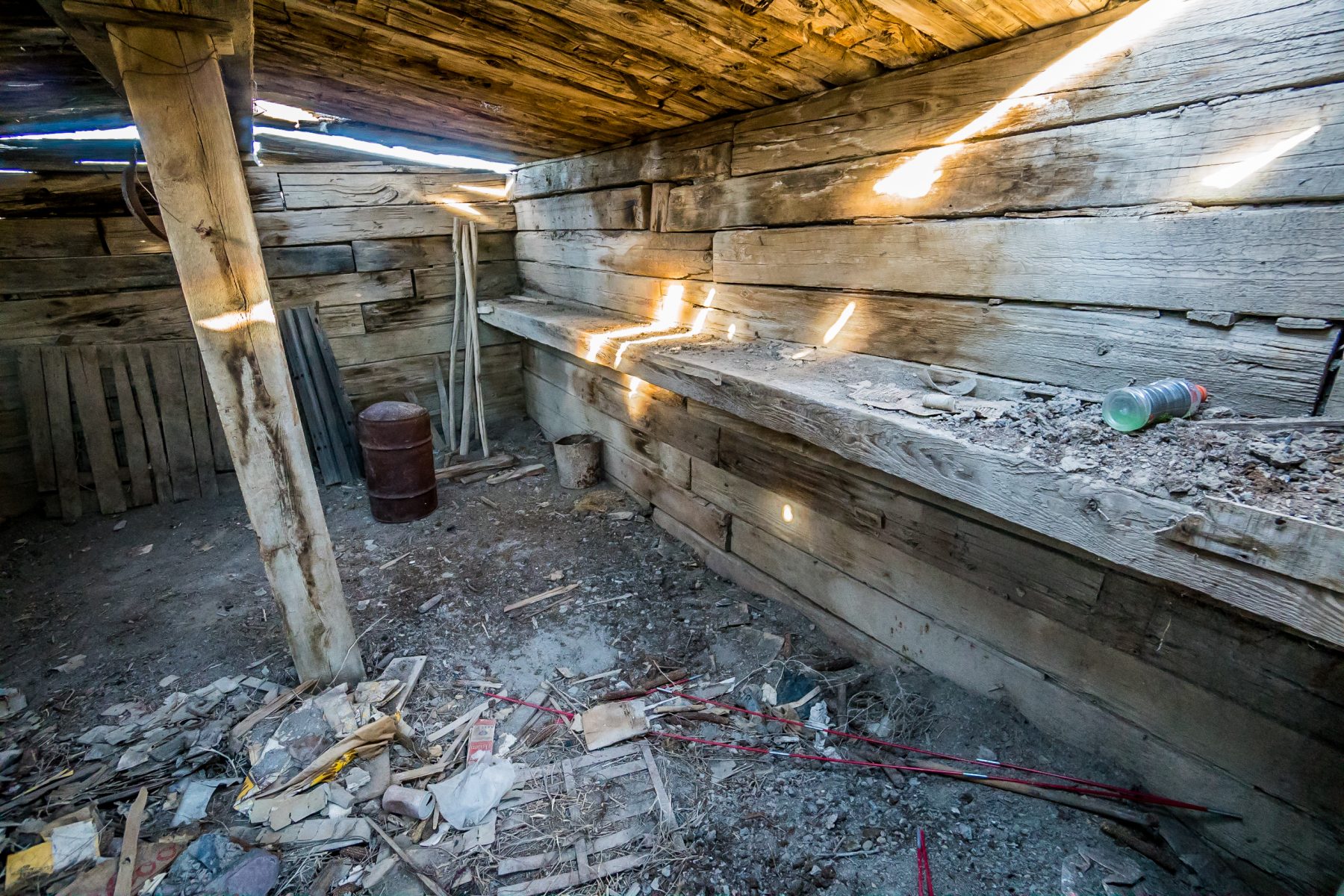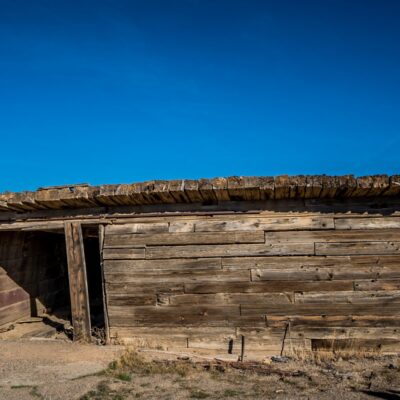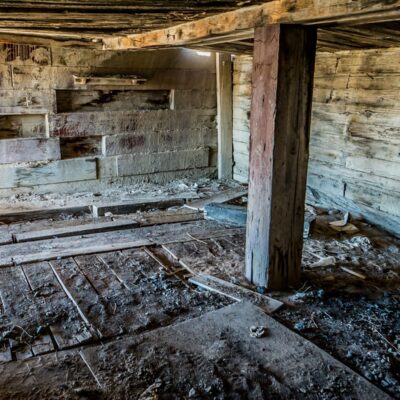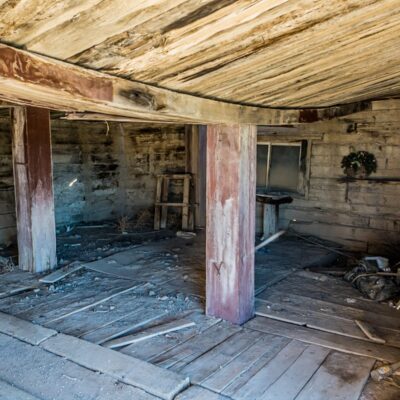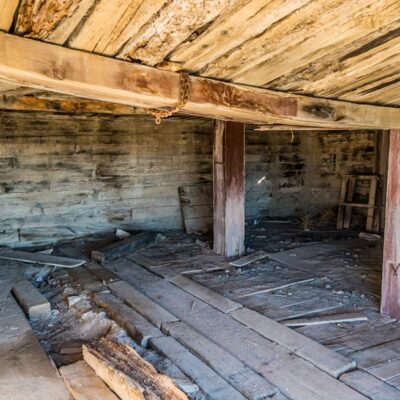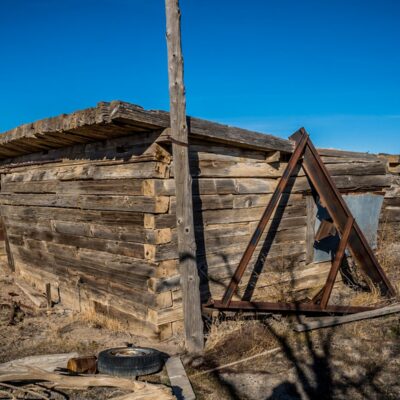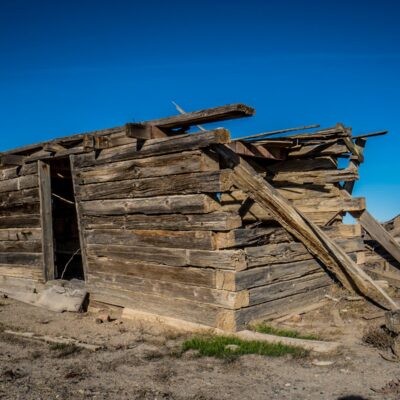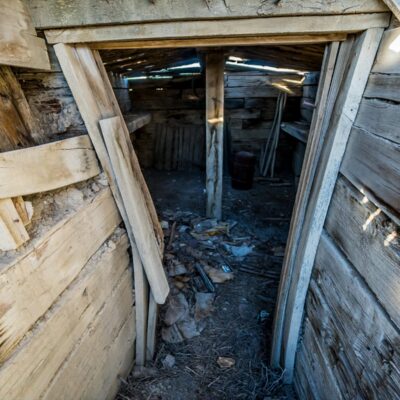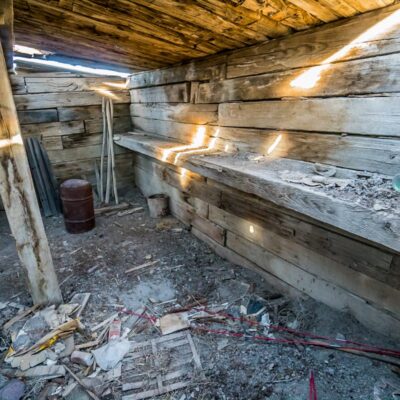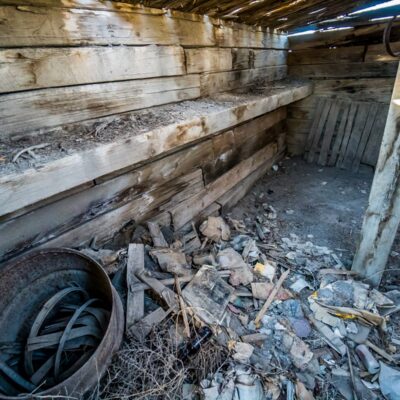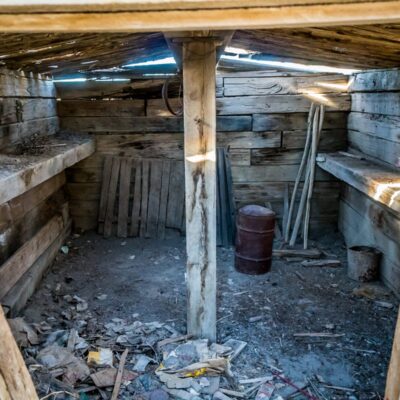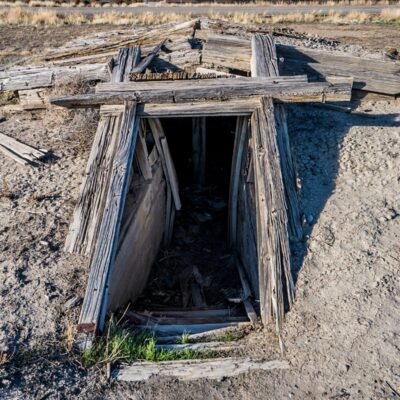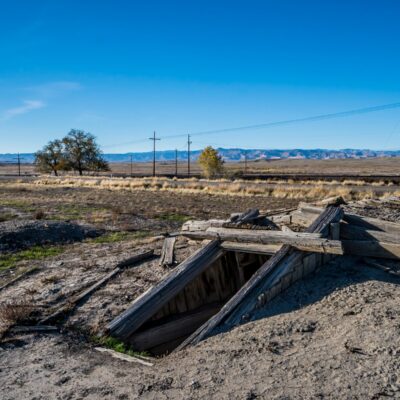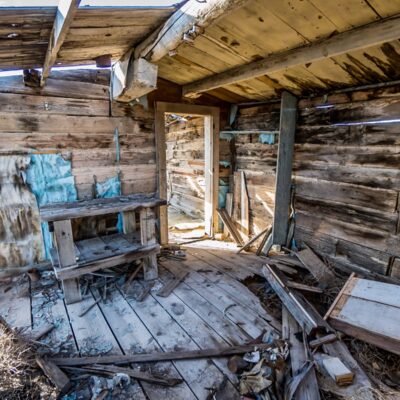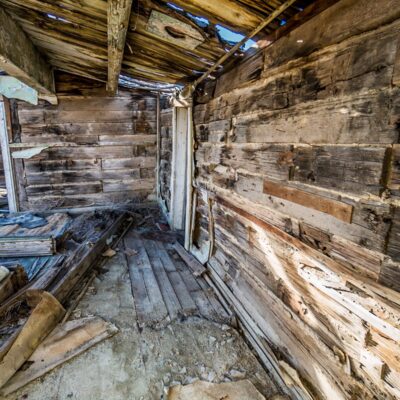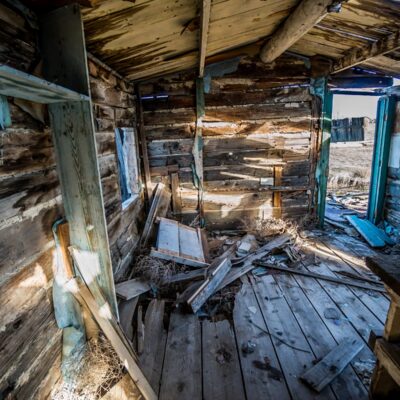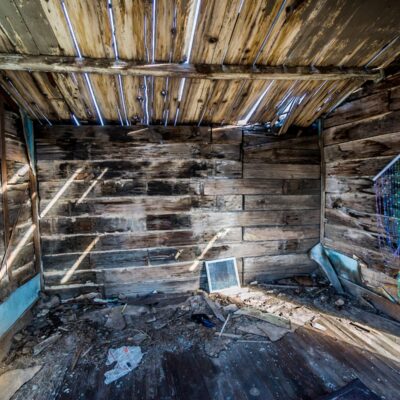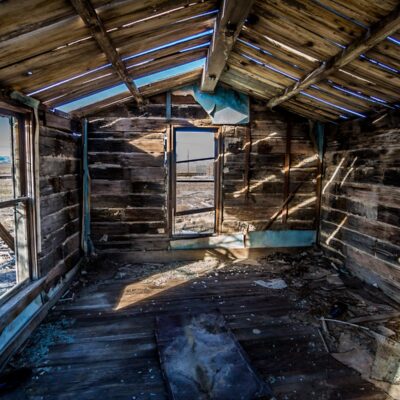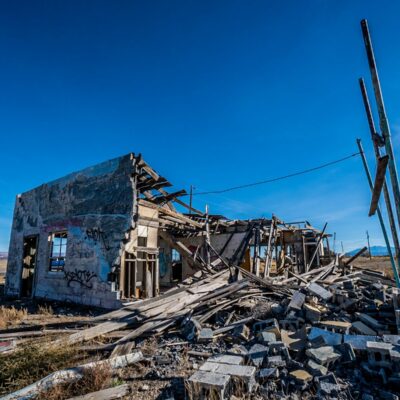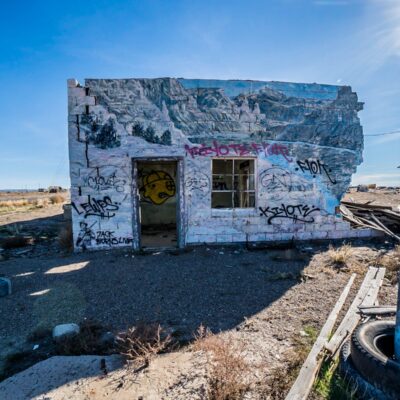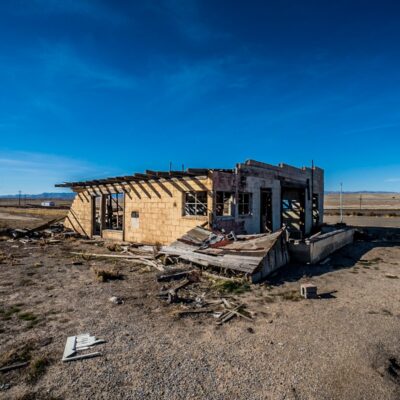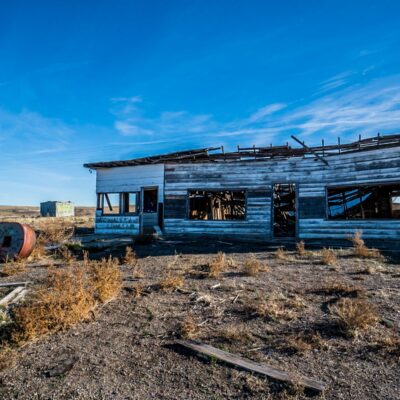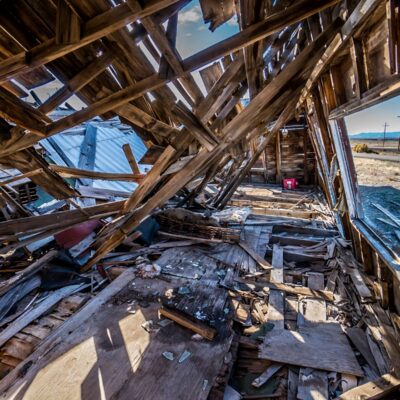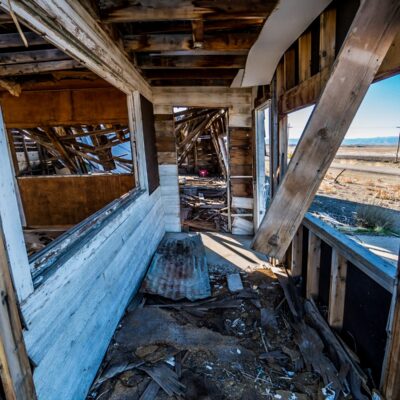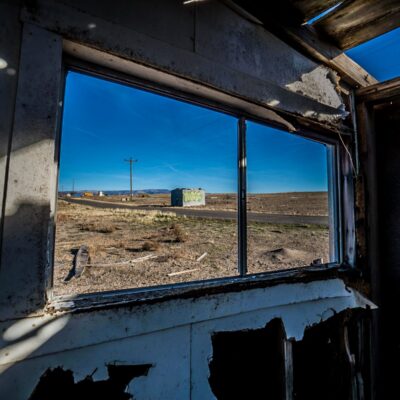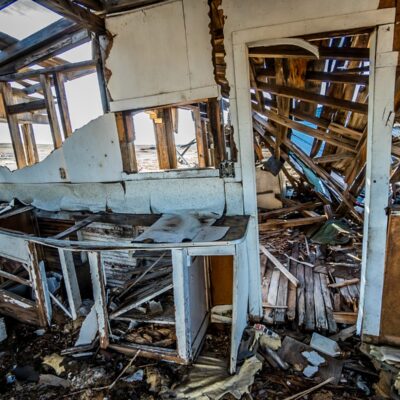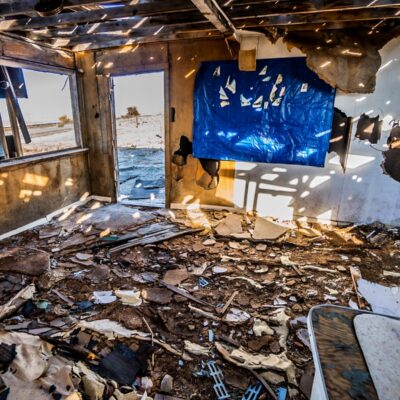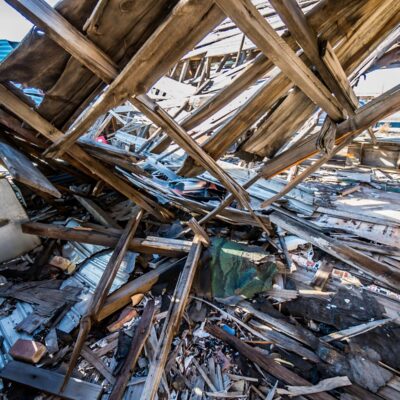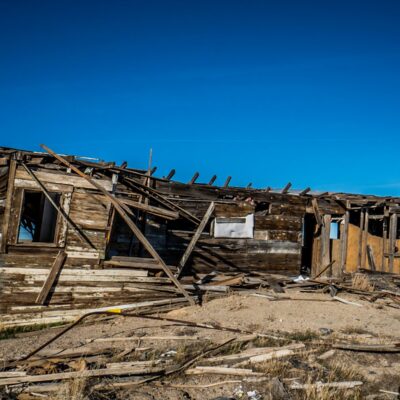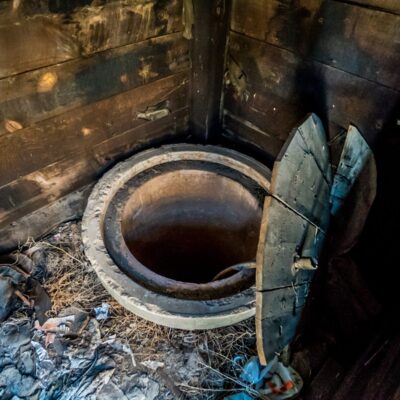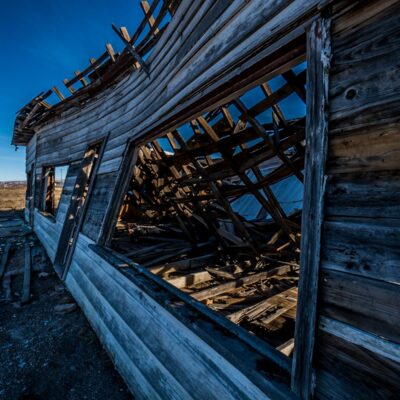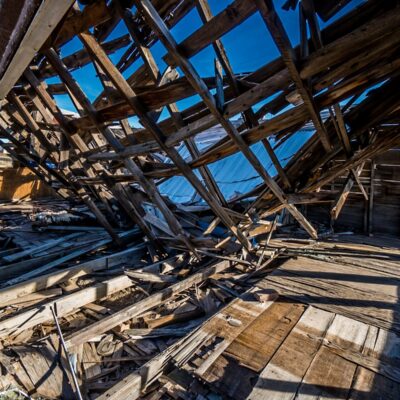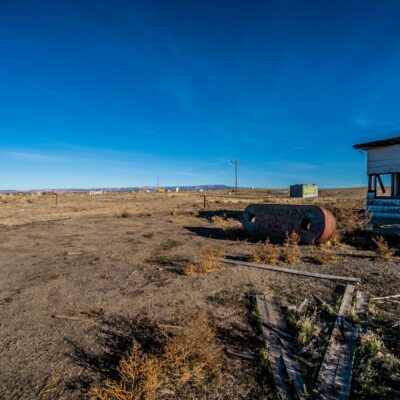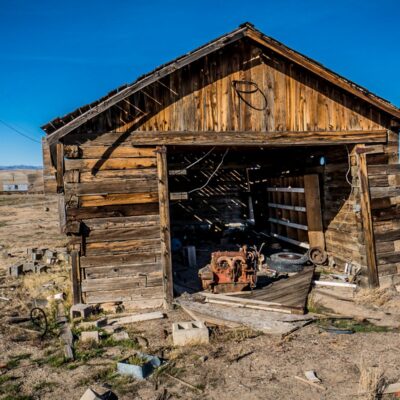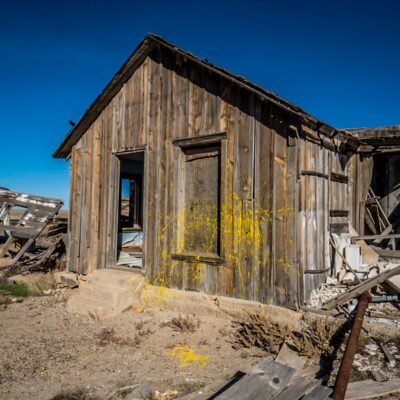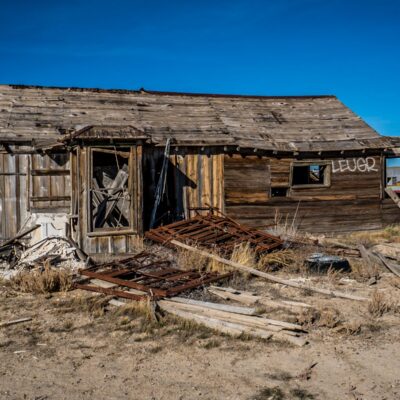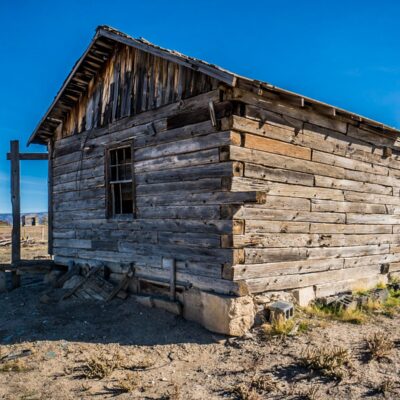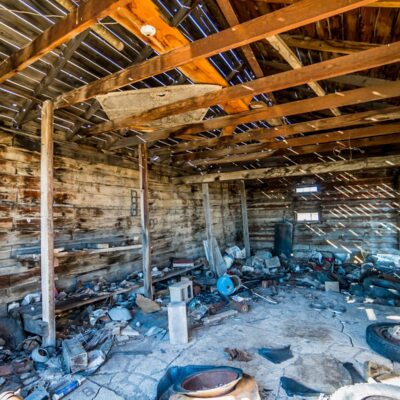On October 24, 2017 after departing Arches National Park and Canyonlands National Park, I explored the ghost town of Cisco, Utah.
I always go out of my way to explore any ghost towns that I can find. There’s something compelling about abandoned places that makes me really want to explore them. Near Telluride Colorado I visited the abandoned mining town of Tomboy. Near Aspen Colorado I went to the ghost town of Ashcroft. Cisco was nothing like any of the others that I’ve been to. It’s creepy, and would be the perfect setting for pretty much any horror film. The entire time that I was there I secretly hoped that some lunatic with a chainsaw was going to burst out of one of the abandoned RV’s and chase me.
The town of Cisco is in a remote, and barren part of Utah. Take a look at the map below:
The town originally started in the 1880’s as a water-filling station for the Denver and Rio Grande Western Railroad. Later, as railroad workers and travelers passed through, stores, hotels and restaurants were built to accommodate them. Cattle ranchers and sheep herders began using the small town as a livestock and provisioning center. It continued to grow slowly through the late 1800’s.
In the early part of the 20th century Cisco continued to grow. In 1924, natural gas and oil were discovered near Cisco; and amazingly, Cisco became the largest producer of both oil and natural gas in Utah. After World War II, when Americans began traveling across the country, gas stations, saloons, hotels, and restaurants sprang up to serve them. By the 40’s there were about 200 people living in Cisco. Cisco hung on just long enough into the 20th century to be assigned a ZIP Code, 84515. The post office is below.
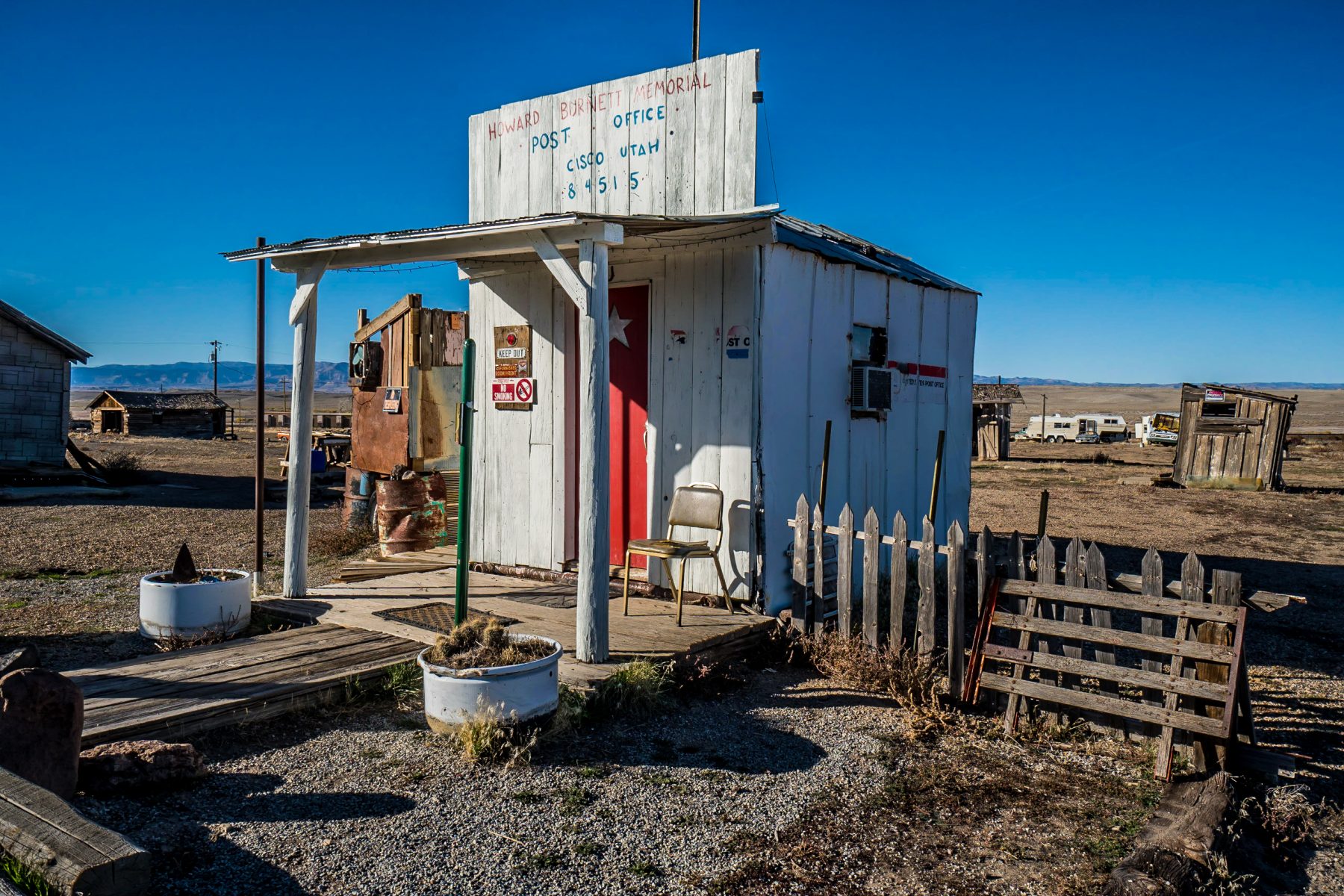
In the 1950’s the railroad began to use diesel engines instead of the older coal powered steam engines which required stops for water. As the need for water stops along the rail lines ceased, and Cisco lost its reason for existing. However, it was briefly saved by the discovery of uranium in the surrounding hills which drew thousands of prospectors to the area. Cisco served the miners for a few years but they eventually moved on, and Cisco began to decline rapidly. 20 years later Interstate 70 was constructed and it completely bypassed Cisco, which sealed its fate.
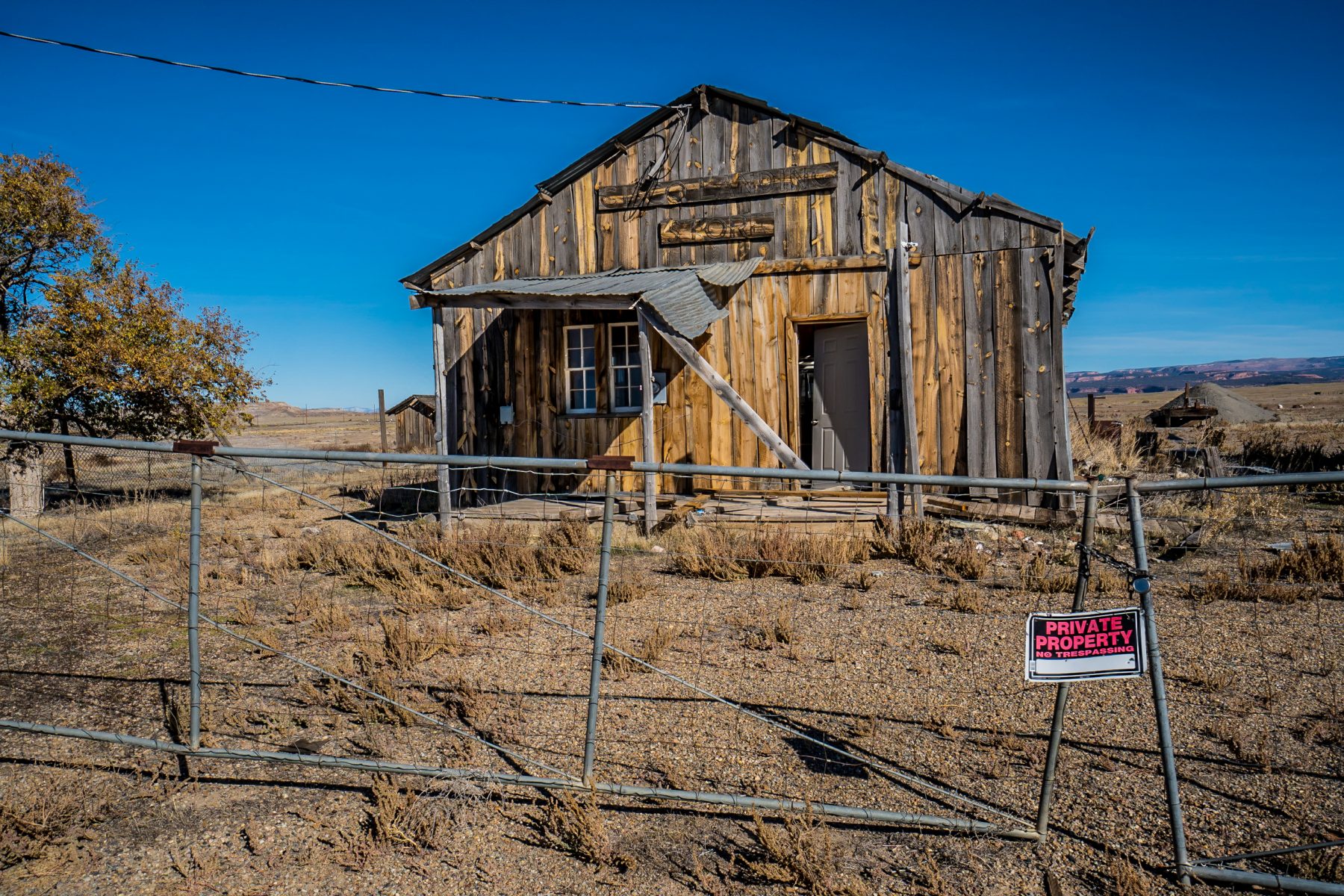
Cisco is now one of the most iconic ghost towns in the entire country. It has been in multiple films, including Thelma & Louise, Don’t Come Knocking, and Vanishing Point. It’s also the setting for the Johnny Cash song, “Cisco Clifton’s Filling Station”.
Johnny Cash wrote the song “Cisco Clifton’s Fillin’ Station” about H. Ballard Harris, a man living in Cisco who owned the gas station pictured above. I’ve seen older photos of this gas station where it was in much better condition, but after decades of vandalism and a harsh desert environment, this is all that’s left as of 2017.
The second gas station in town, shown below, was used in the 1971 film “Vanishing Point”.
Today, Cisco is nothing but a wind-blown debris field of trash and collapsing buildings. People have illegally dumped their cars, RV’s, mobile homes, boats, and pretty much anything else you can think of throughout the middle of the town.
I spent an afternoon exploring every building, and found quite a few awesome oddities, and photo opportunities. The full photo set ad my Instagram Story is below!
 The Cisco Landing Store
The Cisco Landing Store
